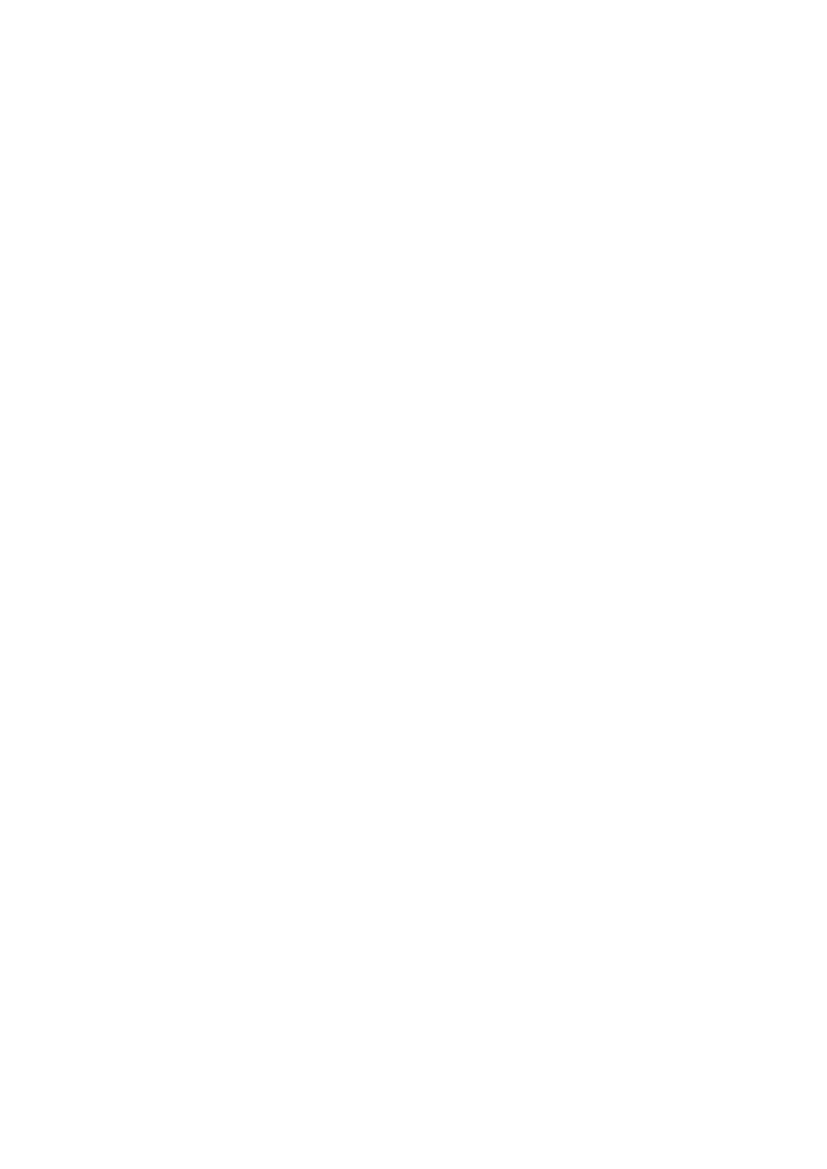
BACHELOR OF SCIENCE IN FASHION DESIGN AND APPAREL
ENGINEERING (BSc in FDAE)
B. Sc. Program in Fashion Design and Apparel Engineering (B.Sc. in FDAE) is a four year
course designed to provide the students with a sound foundation in the technology and
managerial aspects of Apparel and Fashion Design. To acquire B.Sc. degree a student has to
earn 160 credits from a combination of courses offered by this university. After successful
completion of this program a student will be professionally competent to choose a diversified
career in Fashion Design and Apparel Engineering at home and abroad.
After completion of this intensive learning courses in Fashion Design and Apparel
Engineering; a graduate will be prepared to be an excellent Apparel Engineer, Merchandizer,
Fashion Designer, Stylist, Costume Designer, Illustrator, Fashion Entrepreneur, Retail
Merchandiser and Visual Merchandiser, etc. Acquiring the background of sound knowledge
of all relevant aspects of Fashion and Apparel including necessary skills this course nurtures
the student to understand “Fashion Design and Apparel Engineering”.
COURSE STRUCTURE:
Name of the Program: B.Sc. in Fashion Design and Apparel Engineering
Total Credit: 160-credit hours
Duration: Four Years (8-Semester of 6-Month each)
Number of Seats: Depending on the physical and Teaching Facilities available to be
determined by the Department of Fashion Design and Apparel Engineering of the
University of Dhaka from time to time.
Academic Regulations for the Undergraduate Students
B.Sc. in Fashion Design and Apparel Engineering course in the University of Dhaka will be
under Integrated Course System from the session 2019-2020 and onward .
1. Graduation Criteria
1.1 Name of Degree: B.Sc. in Fashion Design and Apparel Engineering (FDAE)
1.2 Entrance qualification: H.S.C. (Science) with Physics, Chemistry and Mathematics.
1.3 Definition of a Credit: The credit is defined as follows:
For theoretical courses, 15 contact hours = 1 Credit
For practical courses, 30 contact hours lab work = 1 Credit.
1.4 Total Credits: A student has to complete all 160 credits for graduation.
2.0 Degree to be offered: B.Sc. in Fashion Design and Apparel Engineering (FDAE)
3.0 The Curriculum & Courses
3.1 The undergraduate curriculum of University of Dhaka is based on semester system. The
salient features of semester system are:
(a) Provision for continuous evaluation of students performance through Attendance, Class
Test, Practical/Sessional class etc.
(b) Evaluation of the performance of course/courses by using Letter Grades and Grade
Points.
(c) In the curriculum, there is an emphasis on acquiring knowledge in basic sciences,
humanities and social science & related courses of other discipline. Emphasis shall be
given to introduce courses dealing with professional protective, project planning and
1
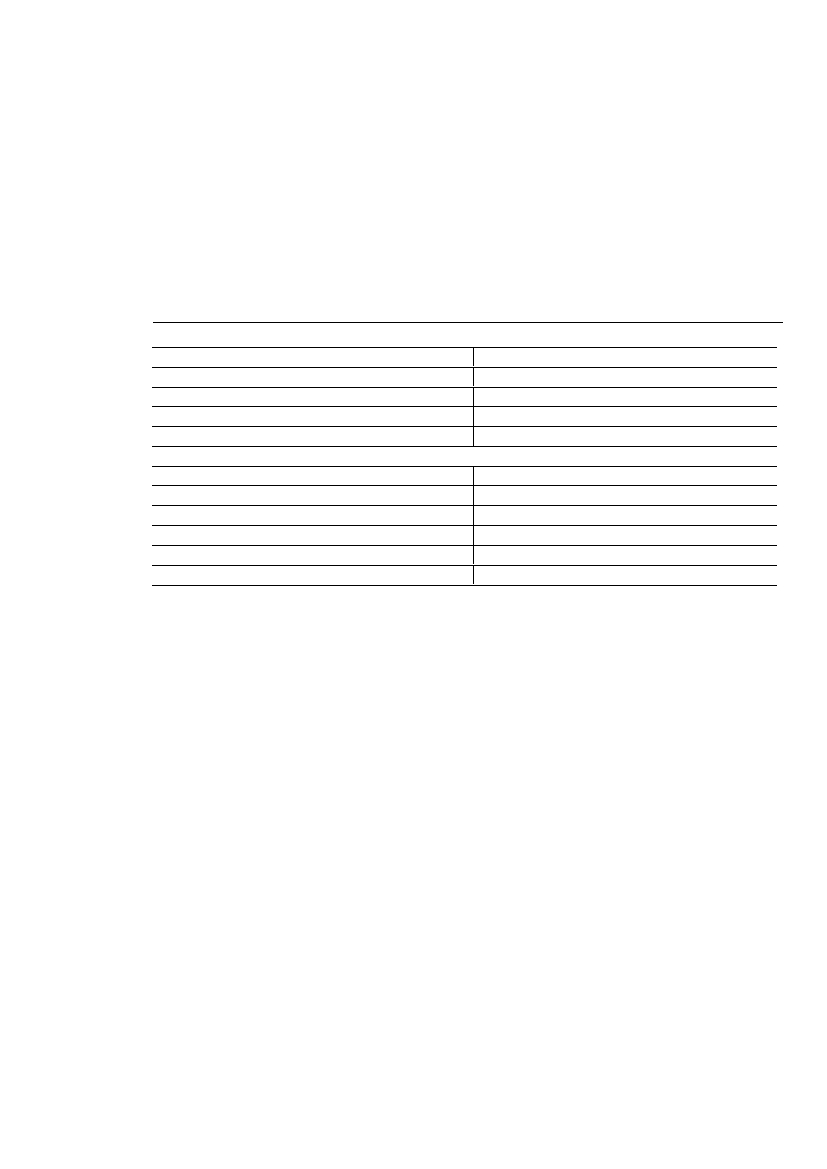
management, socio-economic and environmental aspects of development projects,
communication skills, etc.
3.2 Number of Semester in an Academic Year (Year)
The duration of Bachelor Degree program shall be 04 (four) academic years and 8 (eight)
Semester. The four academic years of study for the degree of B.Sc. in Fashion Design and
Apparel Engineering (FDAE) shall be designated as First Year, Second Year, Third Year
and Fourth Year in succeeding higher Years of study. Each academic year comprises two
semesters, i.e. Semester-I and Semester-II.
3.3 Duration of Semester
Semester –I
Classes
15 Weeks
Recess before Semester Final Examination
02 weeks
Semester final examination
03 weeks
Total
20 Weeks
Inter Semester Break
01 Week
Semester-II
Classes
15 Weeks
Recess Before Semester Final Examination
02 Weeks
Semester Final Examination
03 Weeks
Total
20 Weeks
Holidays, Vacations and Result Publication
11 weeks
Grand Total
52 Weeks
The duration of each of Semester-I and Semester-II will be as follows:
3.4 Minimum Credit Point
Minimum Credit hours for the requirement for the awards of Bachelor’s degree in Fashion
Design and Apparel Engineering (FDAE) will be decided by University of Dhaka.
However, 160 credits hours for Fashion Design and Apparel Engineering (FDAE) must be
earned to be eligible for graduation.
3.5 Assignment of Credits & Contact Hour
3.5.1Theoretical Courses
One Lecture per week per Semester will be equivalent to 1 (one) credit. There shall be at
least 15 contact hours for each theoretical credit point in each Semester.
3.5.2Practical/Sessional
There shall be normally 2 (two) contact hours in a week and 30 contact hours in a Semester
for each credit of Practical/Sessional course.
3.5.3Industrial Training
Credit for Industrial Attachment will be 3.00.
3.5.4Project and Thesis
The students will be allowed nine working hours per week exclusively dedicated for the
Thesis Work. Credit for Thesis will be 5.00.
3.5.5Comprehensive Viva
Credit for Comprehensive Viva will be 3.00.
3.6 Time Limits For Completion of Bachelor’s Degree
For the degree of B. Sc. in Fashion Design and Apparel Engineering (FDAE) maximum
allowable number of Semester is 12 for the degree. But an additional Semester may be
granted after judging the merit of individual case according to the recommendation of
2
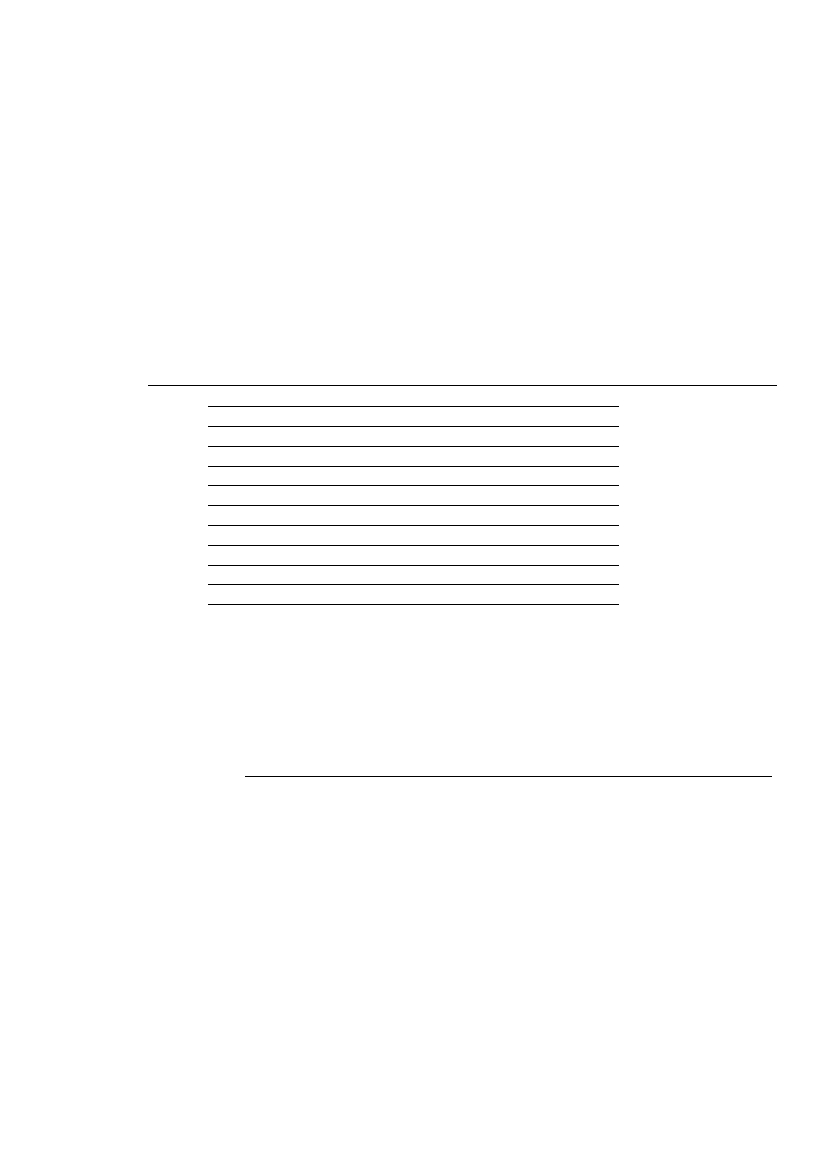
Academic Committee of the institute.
3.9 Syllabus & Curriculum Development
3.9.1 The Curricula of the B. Sc. in Fashion Design and Apparel Engineering (FDAE) Degree
shall be as proposed by the Academic Committee lead by Dean, Faculty of Engineering and
Technology.
3.9.2 The Academic Committee & Committee of Courses and Studies of the concerned
Department shall review the curricula at least once in every academic year and put forward
the recommendations to the Academic Council by the responsible committee lead by Dean,
Faculty of Engineering and Technology.
4.0
Grading System :
4.1 For evaluation purpose all credit courses will be equivalent to 100 Marks.
4.2 Grades and Grade Points:
Grades and Grade Point will be awarded on the basis of marks obtained in the Written, Oral
or Practical Examinations/Laboratory performances according to the following scheme:
Marks Obtained (%)
Grade
Grade Point
80 to 100
A+
4.00
75 to 79
A
3.75
70 to 74
A-
3.50
65 to 69
B+
3.25
60 to 64
B
3.00
55 to 59
B-
2.75
50 to 54
C+
2.50
45 to 49
C
2.25
40 to 44
D
2.00
Less than 40
F
0.00
I
Incomplete
4.3 Calculation of GPA/CGPA
A student obtaining ‘D’ or higher grade will be counted as credits earned by
him/her. A student obtaining ‘F’ grade will not be counted towards his earned
credits. The GPA (grade point average) will be calculated according to the
following formula:
GPA =
� points in a course × Credits for the course)
Total Credits
CGPA =
Cumulative GPA for different Year
The overall or Cumulative GPA gives the cumulative performance of the student from
Semester-I up to any other Semester to which it refers and is computed by dividing the total grade
points accumulated up to the date by the total credit hours.
Both GPA and CGPA will be rounded off to the second place of decimal for reporting.
5.0 Distribution of Marks
3
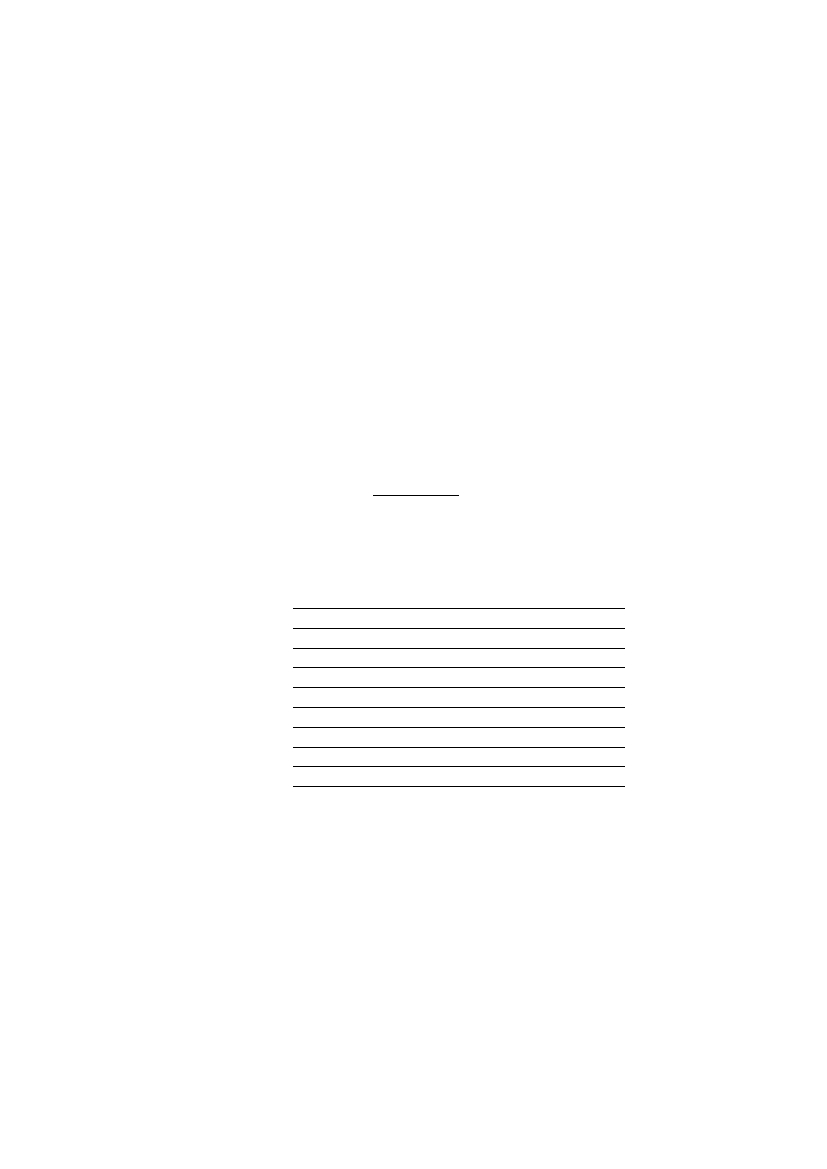
Theory
(a) Continuous Assessment
(i) Class Attendance
: 10%
(ii) Continuous Assessment
: 30%
(b) Semester Final Exam.
: 60%
Total : 100%
Practical/Sessional
(a) Continuous Assessment
(i) Class Attendance
: 20%
(ii) Experiment & Performance
: 40%
(iii) Report & Viva-Voce
: 20%
Total : 80%
(b) Practical (Final)
: 20%
Total : 100%
Industrial Attachment
(a) Continuous Assessment
: 30%
(b) Final Exam.
: 70%
Total : 100%
Project and Thesis
(a) Continuous Assessment
: 30%
(b) Final Exam.
: 70%
Total : 100%
Comprehensive Viva All subjects
100%
6.0 Evaluation System
6.1 Basis for awarding marks for class participation and attendance will be as follows:
Attendance
Marks
90% and Above
10
85% to 89%
9
80% to 84%
8
75% to 79%
7
70% to 74%
6
65% to 69%
5
60% to 64%
4
Less than 60%
0
A student is required to attend at least 60% of all classes held in every course.
6.2 Class Test
(a) The number of class tests of a course shall be 2 (Two) for all types of the courses.
Evaluation of the performance in the class test will be on the basis of the ‘best one’
of class tests.
(b)
Class test should hold regularly in every 3 to 4 weeks after starting of class.
(c) Duration of each class test can be 30-55 minutes.
(d) For convenience of conducting the class tests 50 minutes slot should be kept at the
beginning of at least 4 working days in a week.
(e) The dates for the class tests shall be fixed by the course coordinator/chief course
coordinator and shall be announced accordingly.
4
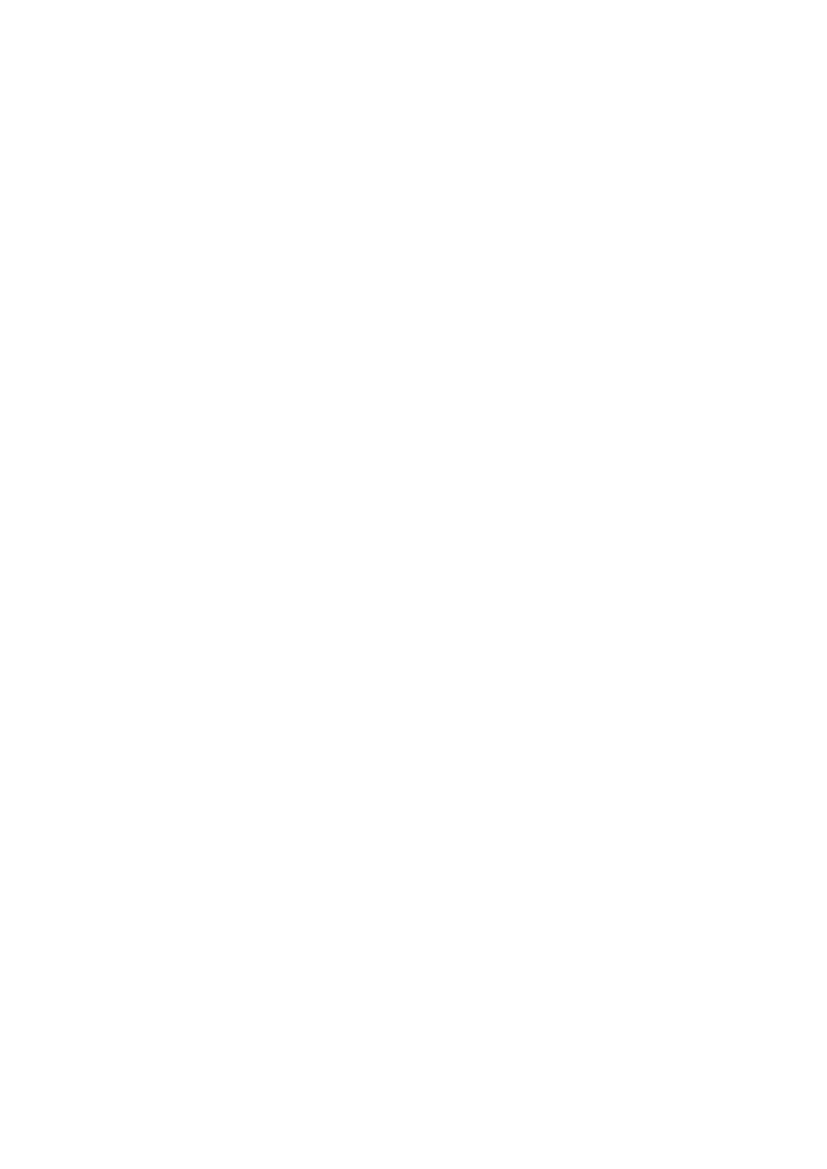
(f)
All class tests shall be of equal value. The result of each individual class test shall be
posted to display board for information of the students before the next class test is
held.
(g) The final computed marks sheet of the Class Tests and Class Attendance shall be
submitted in 2 (two) separate sealed envelope by the course teacher to Chairman of
concerned Examination Committee before preparatory leave for Semester final
starts. The third copy of mark sheet along with answer scripts of all the Class Tests
should be sent to the Controller of Examinations.
6.3 Practical Final
Course Teacher, Respective Head of the Department will conduct Practical Final
Examination. It will be completed in the last 02 (two) weeks before the preparatory
leave starts.
6.4 Project and Thesis
30% marks for Continuous Assessment to be evaluated by respective Supervisor.
70% marks for final examination to be evaluated by Project Evaluation Committee
consisting of all the Head of the Departments & Supervisor.
6.5 Industrial Attachment
30% marks for Continuous Assessment to be evaluated by respective Supervisor and
relevant Officer of the concerned industry.
70% marks for Final Examination to be evaluated by Evaluation Committee
consisting of all the Head of the Departments & Supervisor.
6.6 Comprehensive Viva
For all subjects (100% marks): Comprehensive Viva board will be formed with
teachers including head of the Departments.
7.0 Duration of Semester final Examination
There shall be 2 (two) hours examination for 2 (two) credit and 3 (three) hours
examination for 3 (three) credit theory courses.
8.0
Promotion Rules
8.1
The minimum passing grade in a theory course shall be ‘D’ or 2.00 and the
minimum passing grade in a Practical or Sessional/ Industrial Attachment/ Project
and Thesis/Comprehensive Viva course will be ‘C’ or 2.25.
8.2
If a student fails to earn minimum grade ‘C’ or 2.25 in a Practical or Sessional/
Industrial Attachment/ Project and Thesis / Comprehensive Viva course will not be
promoted to next Semester. He/she shall have to register the same as a regular
student.
8.3
Promotion from Year to year :
8.3.1
A student will be promoted to next Semester of any Year when
(i) He/She gets at least a G.P.A of 2.20 in two Semesters of a year. (ii) Passes all
the Practical/Sessional courses.
8.3.2
To be promoted from Year-I to Year-2 and Year-2 to Year-3 s/he must has to get a
C.G.P.A of 2.25 but in case of Year-3 to Year-4 s/he has to get a C.G.P.A of 2.50.
In all the cases following conditions must be full filled:
i) If anyone gets G.P.A lest than 2.00 (Grade D) in any theoretical subject the
grade point will not be included in total grade point. S/he has to appear in the exam
of that/those specific subject/subjects in the subsequent batch.
ii) In every practical/sessional exam at least grade C (G.P.A 2.25) must be
achieved otherwise s/he will not be promoted to the next Semester as well as Year.
5
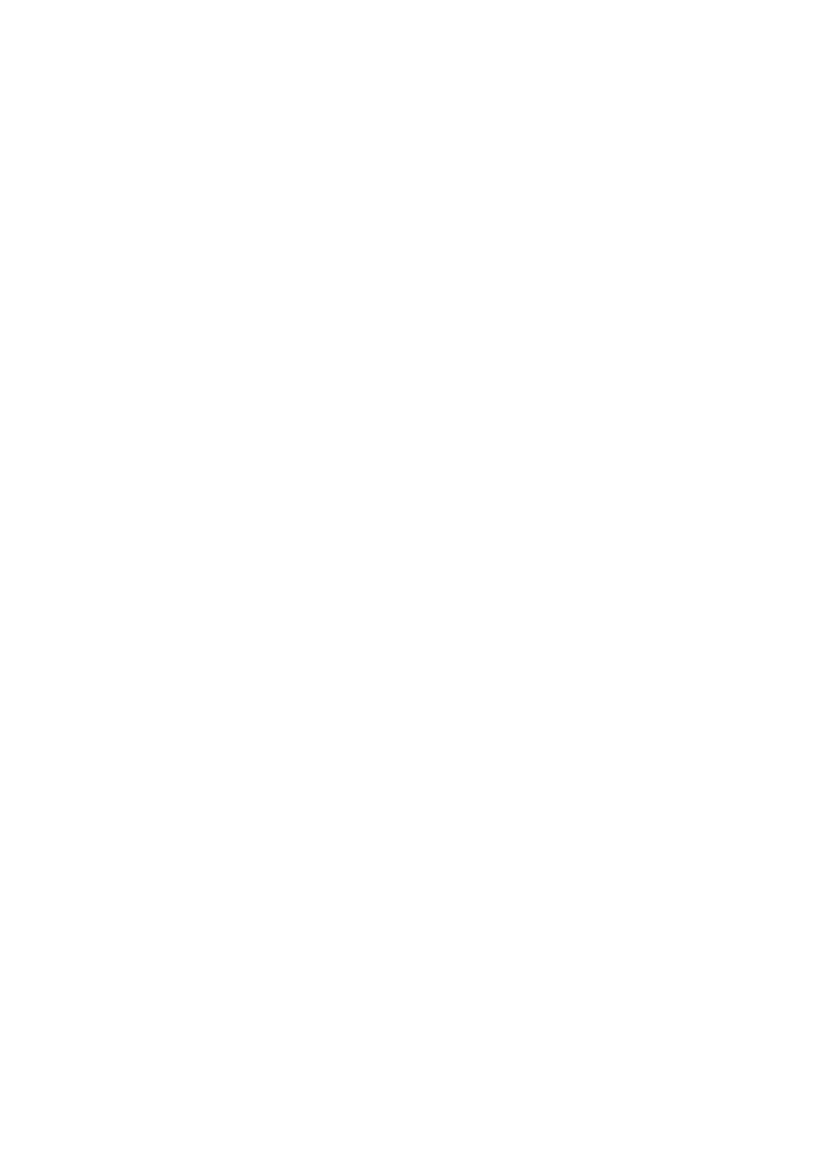
8.4
A student, who obtains ‘F’ grade in any theory course in any Semester, will have to
repeat the courses in the next available respective Semester.
8.5
The minimum CGPA requirement for the award of B.Sc. in Textile Engineering
Degree is 2.50 without ‘F’ grade/withheld remaining for any of the courses.
9.0
Dean’s Award
Each Year one student from constituent institutions having highest CGPA in B.sc
in Textile Engineering will be awarded Dean’s Award from the Faculty of
Engineering & Technology provided that S/he must have a CGPA at least 3.80
10.0 Improvement of Grade
10.1
If a student obtains a grade lower than ‘B’ in a course, he/she will be allowed to
repeat the course only once for the purpose of grade improvement by forgoing
his/her earlier grade, but he/she will not be eligible to get a grade better than ‘B’ in
such a course. A student will be permitted to repeat for grade improvement purposes
a maximum of four courses in B.Sc. in Textile Engineering.
1.2
No improvement shall be allowed in Continuous Assessment, Practical/Sessional
courses.
11.0 Re-admission
11.1
A student of Year-I, failing to appear in the Semester final examination, unless rules
of drop-out is applicable, may be allowed to get Re-admission with the Year-I of
the immediate next batch. A re-admitted student however, shall always be assigned
by the original registration number.
11.2
If a student fails to appear at any Semester final examination due to shortage of
required percentage of attendance, or failure to pay the dues or expulsion for the
institute/university or any other reason as the case may be, she/he shall have to get
herself/himself re-admitted to the same Semester of the subsequently available
batch.
11.3 If a student fails to full-fill the conditions for promotion from any Semester to the
next may seek Re-admission with the same Semester of the subsequent available
batch.
11.4 On Re-admission, grades earned earlier by a student in any Semester shall be
cancelled automatically and the student shall have to retake all the course-works
(such as Class Test/Class Attendance/Project and Thesis/Field work/Viva-voce and
Final Examinations) of that Semester. Percentage of class attendance of such
students shall be counted from the date of her/his Re-admission. Class Test, if
completed before her/his Re-admission, the concerned course teacher shall arrange
make-up Class Test.
11.5 A student shall not get chance for Re-admission more than three times during the
entire Program.
11.6 For Re-admission, a student shall have to apply within 07 (seven) working days after
publishing result of the concerned Semester.
12.0 Admission for the second and subsequent Year
At the beginning of each Semester, the students who are promoted will have to take
admission for the second/subsequent respective Semester by paying requisite fees as
determine by the Institute authority.
13.0 Requirement of Entry-form fill up
A student shall be allowed to appear at the Semester Final Examination if his/her class
attendance is at least 75% in theory/practical course.
Students having percentage of attendance between 60% less than 75% in any courses,
may be allowed to appear at the Semester Final Examination by paying additional fees as
6
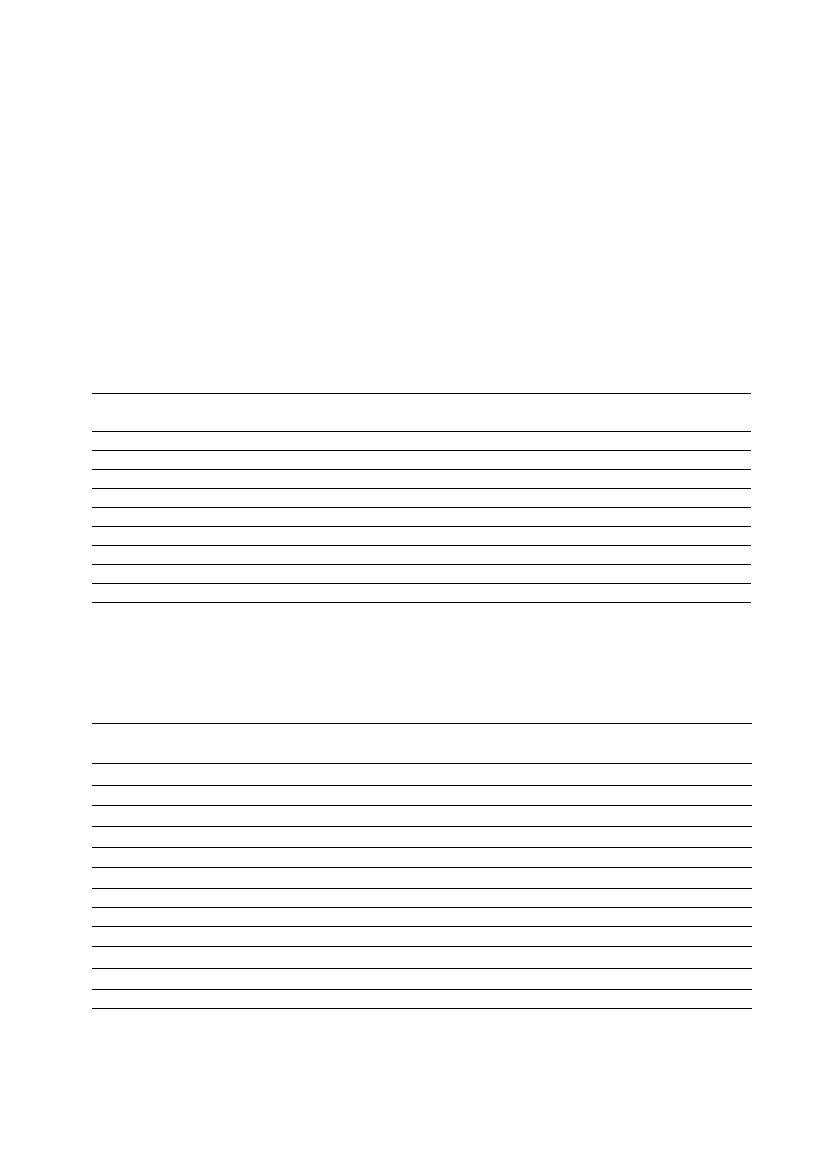
determine by the University authority
Students having percentage less than 60% in any course, will not be allowed to appear in
Semester final examination.
If any student fails in Practical/Sessional Courses, S/he will not be promoted to next
Semester.
Student having well-disciplined and good manner to be certify by Head of the
Department.
Clears all dues of Library and Residential Hall.
Pays requisite fees as determined by the University Authority.
Detailed Curriculum of B.Sc. FDAE
Level 1 Term 1
Course
Title
Types of
Instruction Credit
Code
Courses
h/week
FDAE 101 History of Fashion
Theory
2.0
2.0
FDAE 102 Elements of Fashion & Design
Theory
3.0
3.0
FDAE 103 Elements of Fashion & Design Lab
Practical
3.0
1.5
FDAE 104 Engineering Physics
Theory
3.0
3.0
FDAE 105 Engineering Chemistry
Theory
3.0
3.0
FDAE 106 Engineering Mathematics-I
Theory
3.0
3.0
FDAE 107 Business and Communicative English
Theory
3.0
3.0
FDAE 108 Business and Communicative English Lab
Practical
3.0
1.5
Total
20.0
Level 1 Term 2
Course
Title
Type of Instruction Credit
Code
Course
h/week
FDAE 109 Engineering Physics Lab
Practical
3.0
1.5
FDAE 110 Engineering Chemistry Lab
Practical
3.0
1.5
FDAE 111 Introduction to Computer
Theory
2.0
2.0
FDAE 112 Introduction to Computer Lab
Practical
2.0
1.0
FDAE 113 Engineering Mathematics-II
Theory
2.0
2.0
FDAE 114 Pattern Making & Apparel Construction- I
Theory
2.0
2.0
FDAE 115 Pattern Drafting & Variation-I Lab
Practical
3.0
1.5
FDAE 116 Pattern Making & Apparel Construction-I Lab
Practical
3.0
1.5
FDAE 117 Basic Electrical and Electronics Engineering
Theory
3.0
3.0
FDAE 118 Electrical and Electronics Lab
Practical
3.0
1.0
FDAE 119 Fashion Drawing
Practical
3.0
1.5
Total
18.5
7
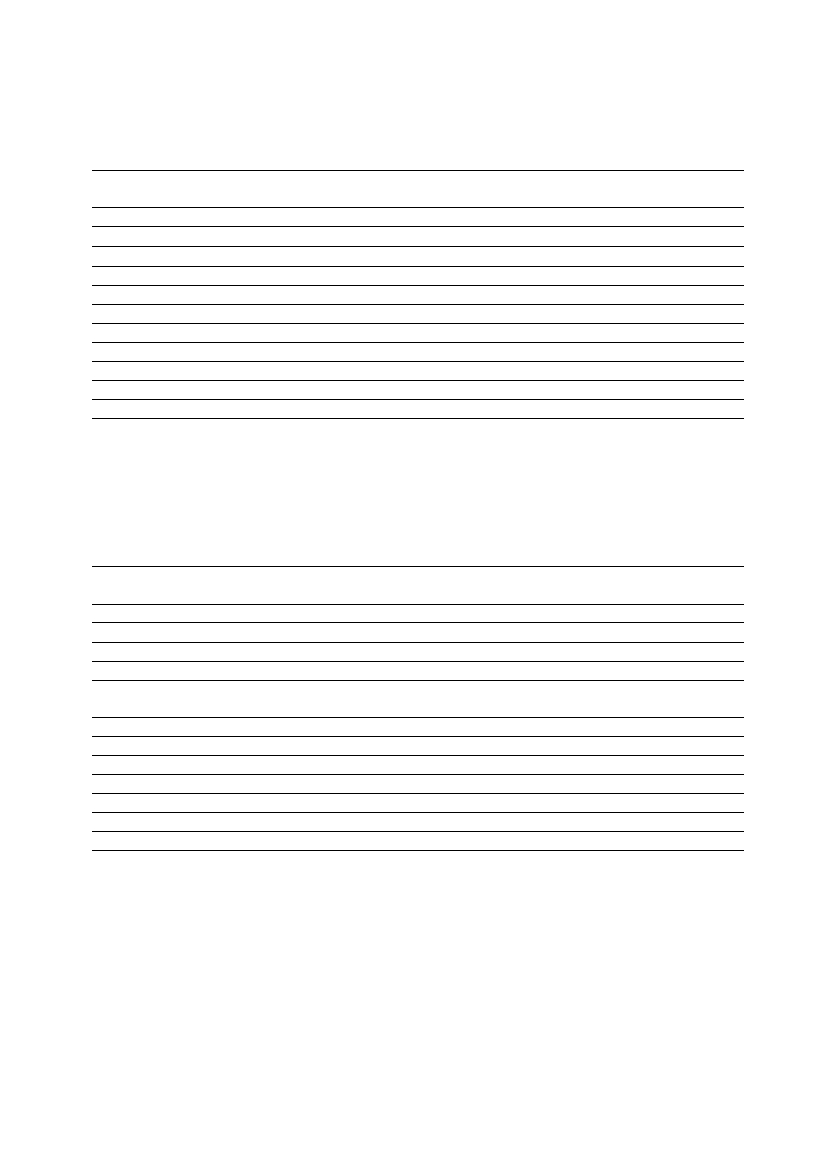
Level 2 Term 1
Course
Title
Type of Instruction Credit
Code
Course
h/week
FDAE 201 Pattern Making & Apparel Construction- II
Theory
2.0
2.0
FDAE 202 Pattern Drafting & Variation-II Lab
Practical
3.0
1.5
FDAE 203 Pattern Making & Apparel Construction-II Lab
Practical
3.0
1.5
FDAE 204 Fiber & Yarn Studies
Theory
3.0
3.0
FDAE 205 Fiber & Yarn Studies Lab
Practical
3.0
1.5
FDAE 206 Fabric Manufacturing
Theory
3.0
3.0
FDAE 207 Fabric Manufacturing Lab
Practical
3.0
1.5
FDAE 208 Apparel Manufacturing Technology
Theory
3.0
3.0
FDAE 209 Sociology and Human Ecology
Theory
2.0
2.0
FDAE 210 Fashion Illustration & Design Lab
Practical
3.0
1.5
Total
20.5
Level 2 Term 2
Course
Title
Type of Instruction Credit
Code
Course
h/week
FDAE 211 Fashion Art and Design
Theory
2.0
2.0
FDAE 212 Fashion Art and Design Lab
Practical
3.0
1.5
FDAE 213 Pattern Making & Apparel Construction- III
Theory
2.0
2.0
FDAE 214 Pattern Drafting & Variation-III Lab
Practical
3.0
1.5
FDAE 215 Pattern Making & Apparel Construction-III
Practical
3.0
1.5
Lab
FDAE 216 Textile Chemical Processing
Theory
3.0
3.0
FDAE 217 Textile Chemical Processing Lab
Practical
3.0
1.5
FDAE 218 Textile & Apparel Testing
Theory
3.0
3.0
FDAE 219 Textile & Apparel Testing Lab
Practical
3.0
1.5
FDAE 220 Digital Communication
Practical
3.0
1.5
FDAE 221 Industrial Visit (Apparel/Fashion Industry)
Practical
3.0
1.0
Total
20.0
8
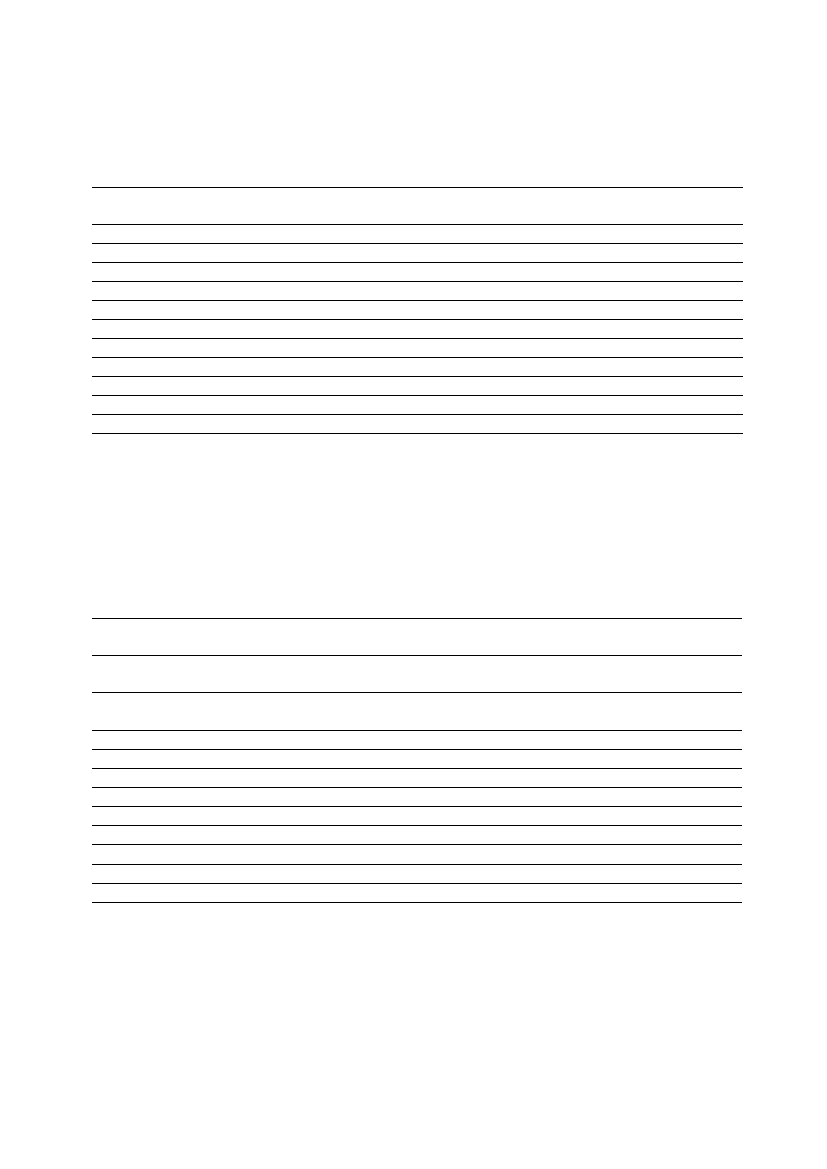
Level 3 Term 1
Course
Title
Type
of Instruction Credit
Code
Course
h/week
FDAE 301
Environmental Studies
Theory
2.0
2.0
FDAE 302
Needle Craft
Theory
2.0
2.0
FDAE 303
Needle Craft Lab
Practical
3.0
1.5
FDAE 304
Computer Aided Fashion Design
Theory
3.0
3.0
FDAE 305
Computer Aided Fashion Design- I Lab
Practical
3.0
1.5
FDAE 306
Fashion Design Studio
Practical
3.0
1.5
FDAE 307
Draping
Theory
2.0
2.0
FDAE 308
Draping-I Lab
Practical
3.0
1.5
FDAE 309
Special Clothing & Materials
Theory
3.0
3.0
FDAE 310
Digital Fashion
Practical
3.0
1.5
Total
19.5
Level 3 Term 2
Course
Title
Type of
Instruction Credit
Code
Course
h/week
FDAE 311
Apparel Production Planning and Process
Theory
3.0
2.5
Control
FDAE 312
Fashion Retailing, Marketing &
Theory
3.0
3.0
Merchandising
FDAE 313
Industrial Engineering in Apparel Industry
Theory
3.0
3.0
FDAE 314
Accounting and Cost Management
Theory
3.0
3.0
FDAE 315
Draping-II Lab
Practical
3.0
1.5
FDAE 316
Fashion Accessories Creation
Practical
3.0
1.5
FDAE 317
Brand Design and Management
Theory
3.0
3.0
FDAE 318
Brand Design and Management Practical
Practical
3.0
1.5
FDAE 319
Creative Design Analysis & Collection Lab
Practical
3.0
1.5
FDAE 320
Industrial Visit (Apparel/Fashion Industry)
Practical
3.0
1.0
Total
21.5
9
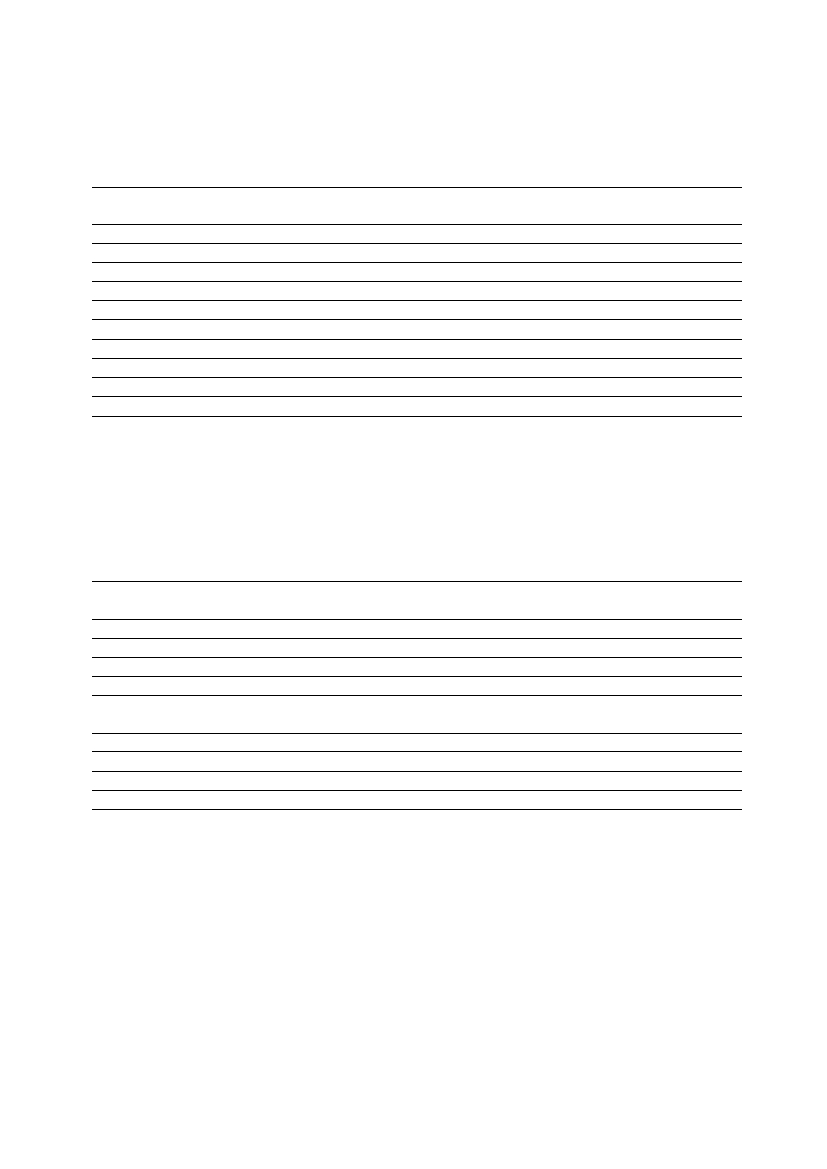
Level 4 Term 1
Course
Title
Type of Instruction Credit
Code
Course
h/week
FDAE 401
Entrepreneurship Development
Theory
3.0
3.0
FDAE 402
Computer Aided Fashion Design- II Lab
Practical
3.0
1.5
FDAE 403
Garment Surface Ornamentation
Theory
3.0
2.0
FDAE 404
Garment Surface Ornamentation Lab
Practical
3.0
1.5
FDAE 405
Apparel Total Quality Management
Theory
3.0
3.0
FDAE 406
Apparel Total Quality Management Lab
Practical
3.0
1.5
FDAE 407
Clothing Culture & Communication
Theory
2.0
2.0
FDAE 408
Product Development & Re-engineering
Theory
2.0
2.0
FDAE 409
Consumer Behavior in Fashion
Theory
3.0
3.0
Total
19.5
Level 4 Term 2
Course
Title
Type of Instruction Credit
Code
Course
h/week
FDAE 410 Fashion Portfolio & Design Collection
Theory
2.0
2.0
FDAE 411 Fashion Portfolio & Design Collection Lab
Practical 6.0
2.0
FDAE 412 Fashion Forecasting & Trend Analysis
Theory
3.0
3.0
FDAE 413 Fashion Styling and Promotion Practical
Practical 3.0
1.5
FDAE 414 Final
Dress
Submission
&
Presentation Practical 6.0
3.0
(Practical)
FDAE 415 Internship Training/ Craft Documentation
-
3.0
FDAE 416 Project/Thesis
-
3.0
FDAE 417 Comprehensive viva voce
-
3.0
Total
20.5
Total Credit: 160
10
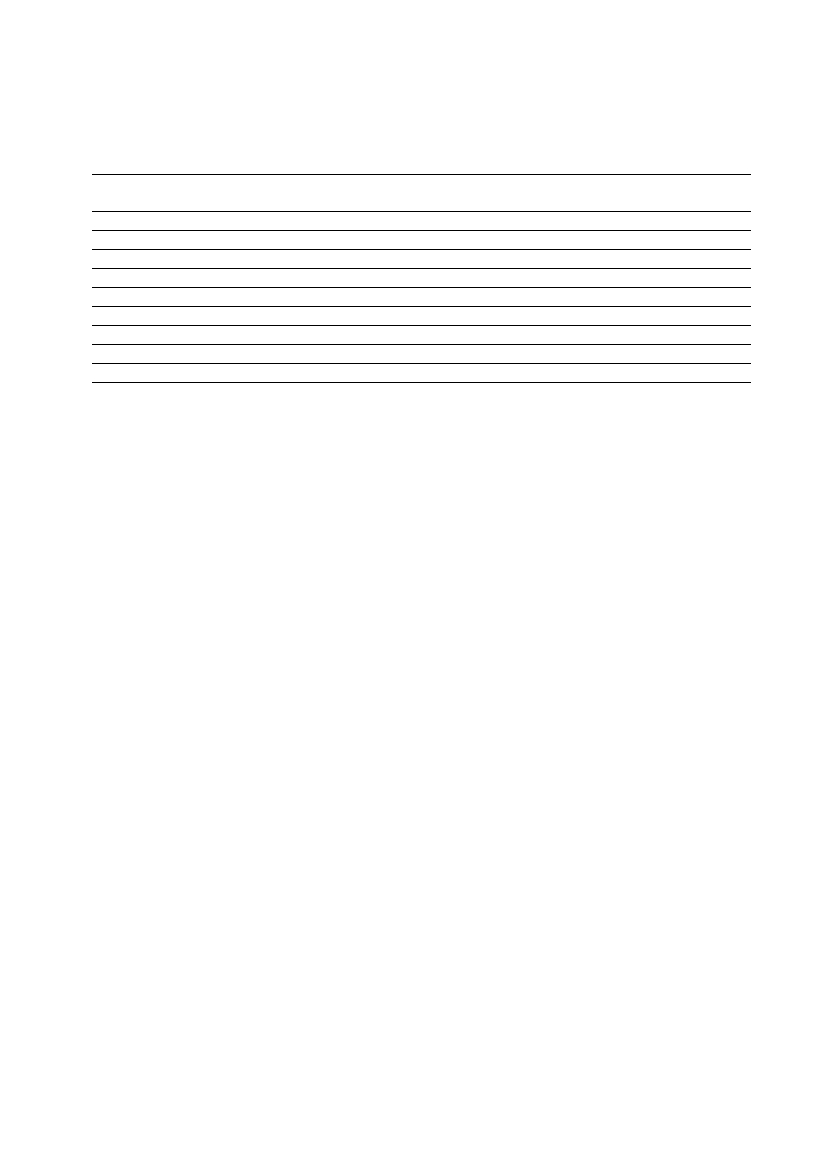
Level 1 Term 1
Course
Title
Types of
Instruction Credit
Code
Courses
h/week
FDAE 101 History of Fashion
Theory
2.0
2.0
FDAE 102 Elements of Fashion & Design
Theory
3.0
3.0
FDAE 103 Elements of Fashion & Design Lab
Practical
3.0
1.5
FDAE 104 Engineering Physics
Theory
3.0
3.0
FDAE 105 Engineering Chemistry
Theory
3.0
3.0
FDAE 106 Engineering Mathematics-I
Theory
3.0
3.0
FDAE 107 Business and Communicative English
Theory
3.0
3.0
FDAE 108 Business and Communicative English Lab
Practical
3.0
1.5
Total
20.0
FDAE 101:
History of Fashion (Credit: 2.0)
This course is an informative journey through the costume and fashion from the ancient time
to today’s historical, social and cultural contexts in fashion of both national and international
aspect.
Effect of Historical Evolution on Culture, Local Craft & Heritage during the key movements
of: Early Greek, Roman, Medievel, Renaissance, Chinese, Mughal, Shonatan religious time,
Islamic religious key movements. Political history of South Asian zone (Different times:
Ancient time, pre-British period, British period and Liberation period of Bangladesh & other
neighboring countries) and its effect on fashion and culture.
The emphasis will be given on the evolution of dress, costume silhouette recognition and
vocabulary of historical clothing. The geological, social and political aspects and the
influences on fashion and trends. Understanding the period of fashion within the context of
artistic, cultural and religious attitudes of the period. Also have to examine the fabrics,
hairstyle and accessories of the period accordingly.
History of the Handloom Industry of Bangladesh: History of Muslin, Dhakai Jamdani,
Tangail Taant, Mirpur Benarashi & Katan, Rajsahi Silk, Khaddi of Comilla, Monipuri
Textiles of Sylhet, Bain Textiles of Chittagong hill-tract areas, Home textile products of
Narshingdi & Kustia, NakshiKantha Stitch & Jessore Stitch products. Have to study these
different types of traditional weaving belongs to various indigenous races and elements of
their distinctive culture related to the products.
Philosophical and Historical background of casual, official, occasional and festive dresses of
men, women and children of Bangladesh and the background of its continuous changes till
today. (Sari,Blouse,Dhuti,Lungi,Pajama,Panjabi,Salwar,Kamij,Kurta,Fatua,Fusion dresses &
Western dresses).
FDAE 102: Elements of Fashion & Design (Credit: 3.0)
Art Media and Application - pencils, colour pencils, oil pastels, water colour, poster colours,
acrylic colours, fabric colours, markers, collage, frottage, montage
Elements of Fashion process: Fashion origin, evolution- with examples from different eras till
French revolution, Fashion cycles, Fashion theories and terminologies
11
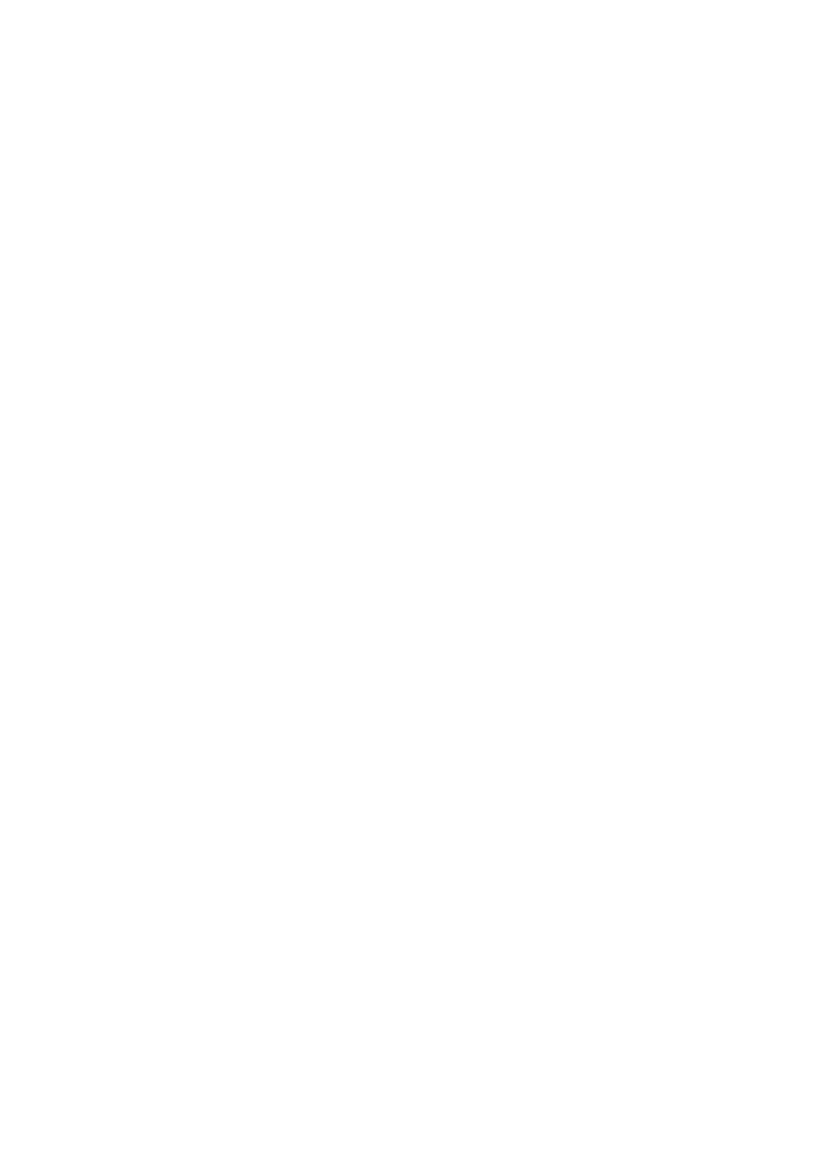
Basic sketching techniques and sketching from life, Perspective and its uses, Grid technique
of rendering
Introduction to Anatomy, study of bone and muscular structure, proportions of males,
females and children. Study of face, torso, legs and arms
Elements of Design (point, line, form, shape, space, size, texture and color), Principles of
Design - ( harmony, proportion, balance, rhythm and emphasis) Color Theory (Prang,
Munsell color system, Pantone Colors, color wheel, color value scale, grey scale, color
schemes, color psychology, color and emotions, Bangladeshi approach to color),.
Elements of Fashion illustration: Introduction to Fashion illustration-History, importance,
artists and illustrators of national and international repute.
Introduction to Fashion Art, Proportion and the Fashion Figure- 8 head, 10 head, 12 head
theory of fashion drawing
FDAE 103: Elements of Fashion & Design Lab (Credit: 1.5)
Introduction to art media and its applications, Line Sketching and Painting techniques,
Object Drawing, Simple rendering of art materials using pencil and color pencils, Still life of
simple objects and fabrics draped at a distance using wet media, Nature sketch of flowers and
leaves using pastels and charcoal, Landscape painting using mix media, Perspective drawing-
1pt, 2pt, 3pt.
Elements of design: Point, Line, Shape, Space, Color and texture. Principles of design-
proportion, balance, rhythm, Emphasis and harmony.
Color Schemes and Free hand drawing and Design, Grey scale, color value scale (10 values),
Color wheel, color scheme- primary, secondary, tertiary, color scheme monochromatic,
achromatic, complementary, double split ,analogues using natural/geometric/ abstract/
stylized/conventional motifs, Tints, Shades, cool & warm color.
Fashion Illustration basics, simple blocking and fleshing of the Fashion figure. 8 head, 10
head, 12 head figures in simple standing poses.
Fabric rendering: Learning to simulate textures of various fabrics- Cotton, silk, fur, denim,
print, georgette, chiffon, knitted, crochet, lace, embroidered.
FDAE 104: Engineering Physics (Credit: 3.0)
Elasticity: Stress-strain diagram and its uses - factors affecting elastic modulus and tensile
strength – torsional stress and deformations – twisting couple - torsion pendulum: theory and
experiment - bending of beams - bending moment – cantilever: theory and experiment –
uniform and non-uniform bending: theory and experiment - I-shaped girders - stress due to
bending in beams.
Oscillatory motion forced and damped oscillations: differential equation and its solution –
plane progressive waves – wave equation. Lasers: population of energy levels, Einstein’s A
and B coefficients derivation – resonant cavity, optical amplification (qualitative) –
Semiconductor lasers: homojunction and heterojunction – Fiber optics: principle, numerical
aperture and acceptance angle - types of optical fibres (material, refractive index, and mode)
Transfer of heat energy – thermal expansion of solids and liquids – expansion joints –
bimetallic strips - thermal conduction, convection and radiation – heat conductions in solids –
thermal conductivity - Forbe’s and Lee’s disc method: theory and experiment - conduction
12
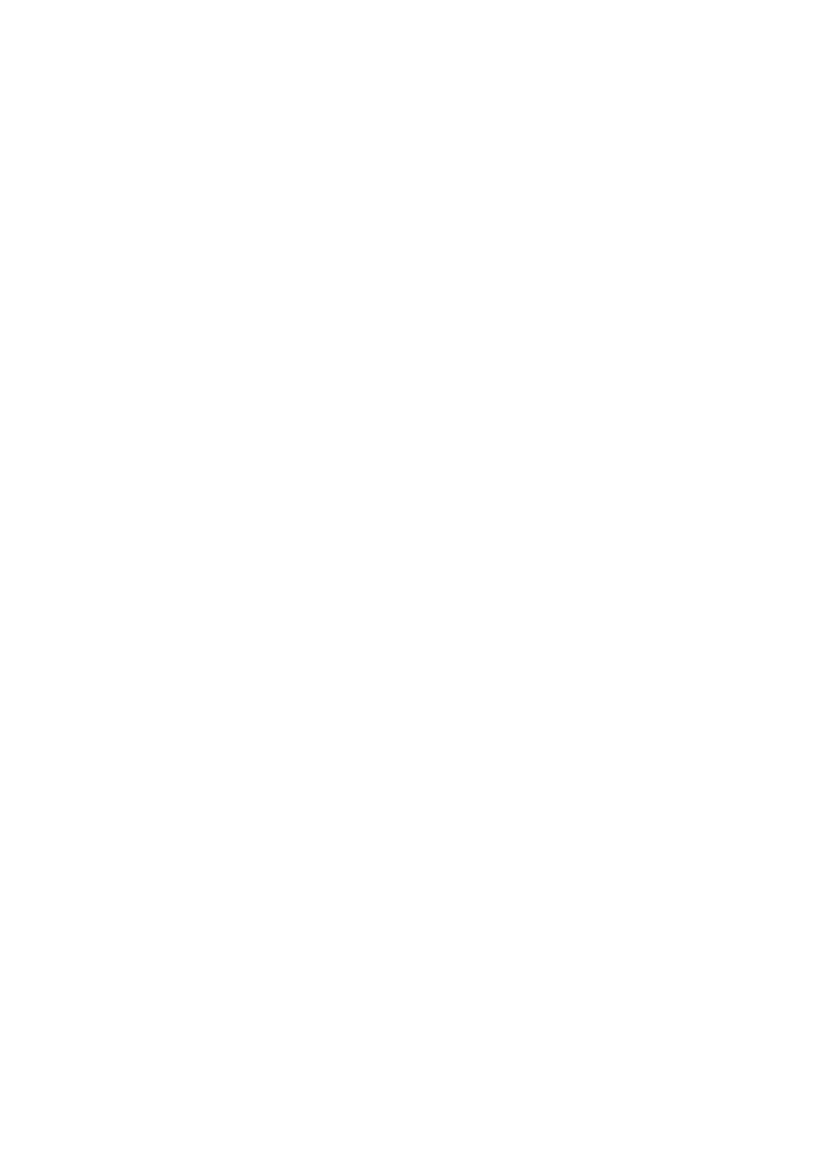
through compound media (series and parallel) – thermal insulation – applications: heat
exchangers, refrigerators, ovens and solar water heaters.
Black body radiation – Planck’s theory (derivation) – Compton effect: theory and
experimental verification – wave particle duality – electron diffraction – concept of wave
function and its physical significance – Schrödinger’s wave equation – time independent and
time dependent equations – particle in a one-dimensional rigid box – tunneling (qualitative) –
scanning tunneling microscope.
Single crystalline, polycrystalline and amorphous materials – single crystals: unit cell, crystal
systems, Bravais lattices, directions and planes in a crystal, Miller indices – inter-planar
distances - coordination number and packing factor for SC, BCC, FCC, HCP and diamond
structures - crystal imperfections: point defects, line defects – Burger vectors, stacking faults
growth techniques.
FDAE 105: Engineering Chemistry (Credit: 3.0)
Hardness of water – types – expression of hardness – units – estimation of hardness of water
by EDTA – numerical problems – boiler troubles (scale and sludge) – treatment of boiler feed
water –Internal treatment (phosphate, colloidal, sodium aluminate and calgon conditioning)
external treatment – Ion exchange process, zeolite process – desalination of brackish water –
Reverse Osmosis.
Adsorption: Types of adsorption – adsorption of gases on solids – adsorption of solute from
solutions – adsorption isotherms – Freundlich’s adsorption isotherm – Langmuir’s adsorption
isotherm – contact theory – kinetics of surface reactions, unimolecular reactions, Langmuir -
applications of adsorption on pollution abatement.
Catalysis: Catalyst – types of catalysis – criteria – autocatalysis – catalytic poisoning and
catalytic promoters - acid base catalysis – applications (catalytic convertor) – enzyme
catalysis– Michaelis – Menten equation.
Alloys: Introduction- Definition- properties of alloys- significance of alloying, functions and
effect of alloying elements- Nichrome and stainless steel (18/8) – heat treatment of steel.
Phase rule: Introduction, definition of terms with examples, one component system -water
system – reduced phase rule - thermal analysis and cooling curves - two component systems -
lead-silver system - Pattinson process.
Colloids and Colloidal Solutions : Classification preparation and purification, properties,
Protective action and application of colloids, Emulsion, Types of emulsion, Role of emulsion.
Color, Dyes and pigments : Definition of color, dye and pigment, Difference between dye
and pigment. Color: Theories of color, color and conjugated system. Classification of dyes
according to chemical structure and application, preparation of Mordant, Vat, Azo and Nitro
dyes, Dye intermediates and Non-textile uses of dyes.
Polymer : Basic concept of polymers: Definition of polymer and monomer, Repeating unit,
degree of polymerization, Glass Transition Temperature, factors affecting Tg. Classification
of Polymers, Tacticity of polymer, polymerization: addition and condensation
polymerization, Plastics, Fibers, Elastomers.
FDAE 106: Engineering Mathematics-I (Credit: 3.0)
Differential Calculus : Functions ,Limit , Continuity , Differentiability ,Derivatives, Tangent
and normal, Expansion of function ; Rolle’s theorem ,Mean value theorem ,Taylor’s series ,
13
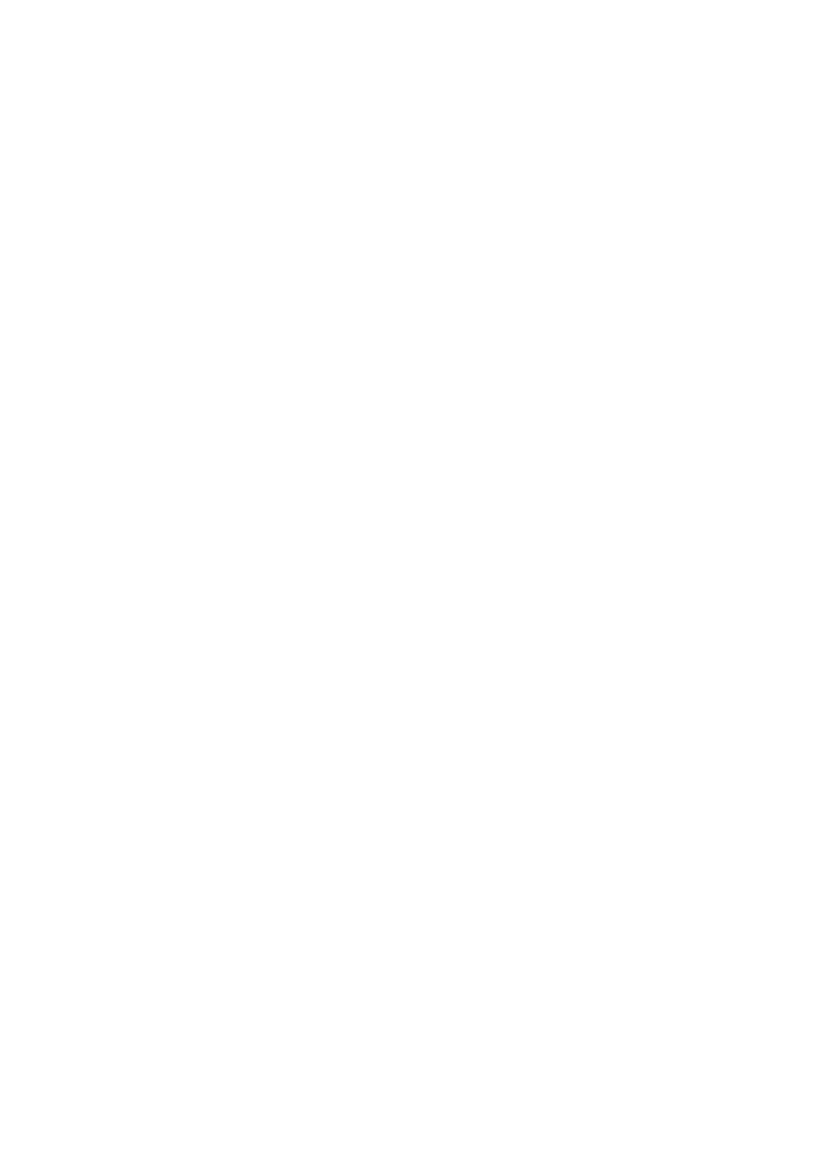
Maclaurin’s series ,L’Hospital’s rule ,Convergence and divergence , Extrtema of functions
of single variable , Functions of several variables , Partial Derivatives ,Chain rule , Euler’s
theorem .
Integral Calculus : Indefinite integrals, Different methods of integration (substitution,
Integration by parts, Partial fraction), Standard integrals , Integration by successive reduction,
Definite integrals and its properties, Walli’s formula, improper integrals, Gamma and Beta
functions , Arc length of plane curves , Area enclosed by plane curves, volume of solids of
revolution .
Linear Algebra : Matrix , Determinant, Inverse matrix, System of linear equations, Consistent
and inconsistent system, Elementary operations, Solution of a system of linear equations,
Gaussian elimination method, Cramer’s rule, Matrix inversion method, Triangular, Echelon
and canonical form of matrix, Rank of matrix, Test of consistency of a system of linear
equation using rank of matrix.
Coordinate Geometry: Two dimensional coordinate system, Transformation of coordinates,
General equation of second degree in two variables, Conic Section, Identification of conics.
Three dimensional coordinate system, Direction cosines and ratios, straight lines, Planes,
Conicoids (paraboloid, Ellipsoid, Hyperboloid).
FDAE 107: Business and Communicative English (Credit: 3.0)
Language: Its function as a primary means of communication to the technologist, writing,
speaking, listening and reading, difference between written and spoken language, Language
appropriate to task. Planning-format, paragraph heading, context, vocabulary etc. Listening,
understanding and speaking Skill: Effective Communication between speaker and listener,
Techniques of description, Uses of Visual aids. Reading skill: Technical literature, Books,
Magazines, and Scientific Journals etc. Definition of Communication:
Sender-Message, Encoding-Medium-Receiver + Decoding-Feedback Different types of
Communication: Intrapersonal communication, Interpersonal Communication Small group
Communication, Organizational Communication, and Intercultural Communication Mass
Communication etc. Significance of Communication: Special significance of Communication
in corporate and multi-national business organizations.
Use of Communication by Management: Written notice, Face-to-face conversation, Group
meeting, Seminar/conferences Organizational
Communication Network: Vertical Communications Down-ward Communication and up-
ward Communication, Horizontal Communication, Systems of Communication: Stimulus to
Communication, Communication components
Letter Writing: Drafting private letters, Applications, Letters of complaint, Letters to the
press, Apology and Explanation, Request letters, Business letters-Planning your letters,
Selecting formats, Using short-cuts, Evaluating letters.
Characteristics of Business letters: Kinds of letter, purpose of letters, Functions of a First,
Middle and Last Paragraph(s), Characteristics and drafting process of Positive letters,
Negative letters, Persuasive letters, Routine letters and Memos.
Report Writing: Types of report, Characteristics and importance of different types-Purpose-
Scope-different styles of writing reports. The process of preparing informal and formal
reports, Drafting reports, Progress reports, Technical reports, Industrial reports etc.
Proposals: For new equipment, increasing production, Description of visits, Experiments etc.
Explaining: Process explaining, Complaining, Reporting damage etc.
14
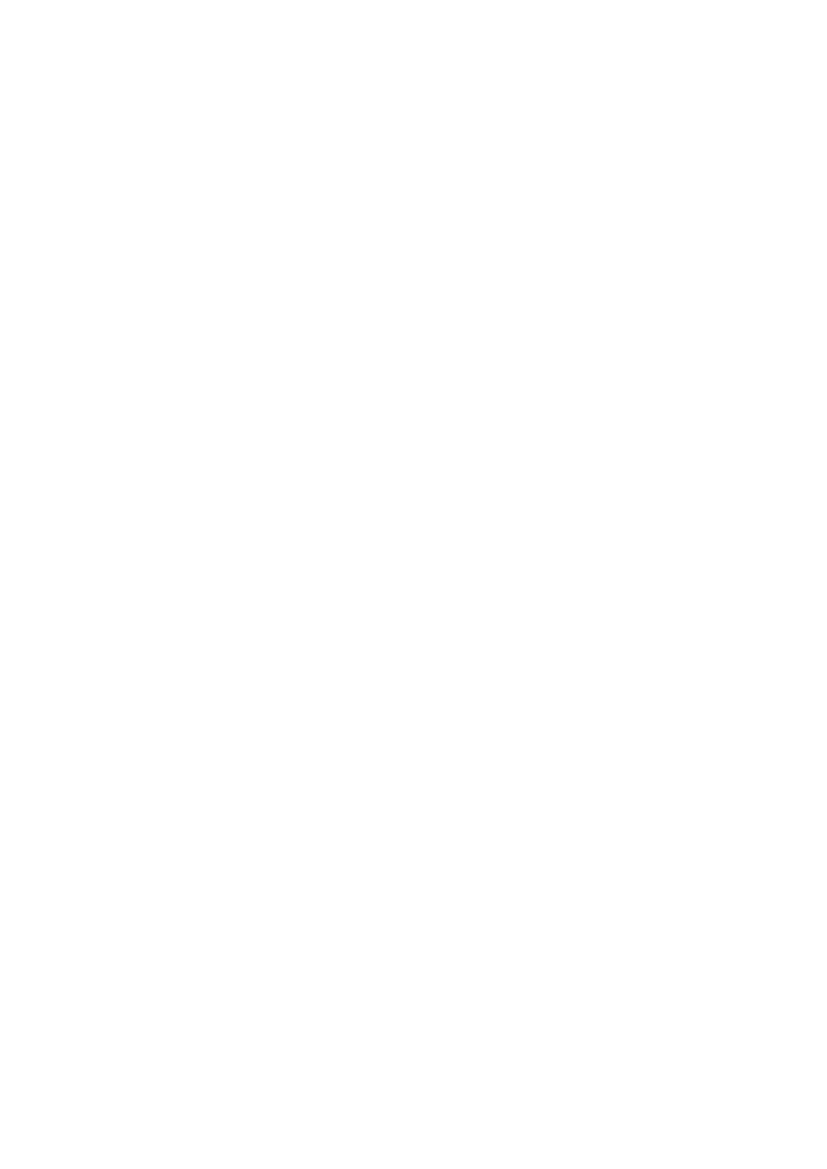
FDAE 108: Business and Communicative English Lab (Credit: 1.5)
Speaking Skills: Conversational skills (formal and informal contexts) - telephonic
communication, attending job interviews (responding to FAQs) - taking part in GDs - making
presentations.
Writing Skills: Job applications – cover letter – resume – applying online – writing proposals
recommendations and instructions – writing for publications.
Reading Skills: Vocabulary building – speed reading (skimming – scanning) – reading
different genres of texts from newspapers to philosophical treatises – critical reading –
effective reading strategies such as reading ‘beyond the lines’, summarizing, graphic
organizers and distinguishing facts from opinions.
Listening/Viewing Skills: Speeches of different nationalities with focus on American and
British accent (TED talks, podcasts) – listening to lyrics – lectures – instructions – dialogues
Soft Skills Motivation - persuasive skills – negotiations – time management – emotional
intelligence – stress management – creative and critical thinking. To be totally learner-
centric with minimum teacher intervention as the course revolves around practice.
Suitable audio/video samples from Podcast/YouTube to be used for illustrative purposes.
Portfolio approach for writing to be followed. Learners are to be encouraged to blog, tweet,
text and email employing appropriate language.
GD/Interview/Role Play/Debate could be conducted off the laboratory (in a regular
classroom) but learners are to be exposed to telephonic interview and video conferencing.
Learners are to be assigned to read/write/listen/view materials outside the classroom as well
for graining proficiency and better participation in the class.
15
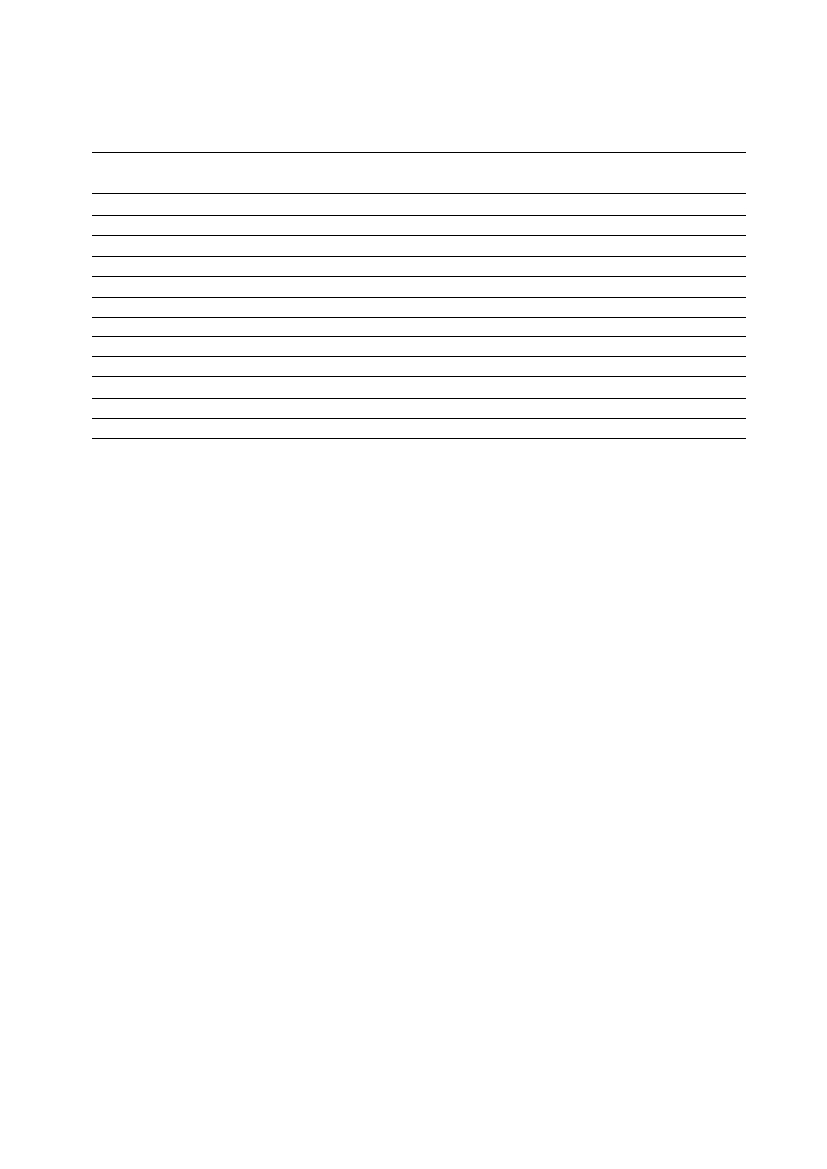
Level 1 Term 2
Course
Title
Type of Instruction Credit
Code
Course
h/week
FDAE 109 Engineering Physics Lab
Practical
3.0
1.5
FDAE 110 Engineering Chemistry Lab
Practical
3.0
1.5
FDAE 111 Introduction to Computer
Theory
2.0
2.0
FDAE 112 Introduction to Computer Lab
Practical
2.0
1.0
FDAE 113 Engineering Mathematics-II
Theory
2.0
2.0
FDAE 114 Pattern Making & Apparel Construction- I
Theory
2.0
2.0
FDAE 115 Pattern Drafting & Variation-I Lab
Practical
3.0
1.5
FDAE 116 Pattern Making & Apparel Construction-I Lab
Practical
3.0
1.5
FDAE 117 Basic Electrical and Electronics Engineering
Theory
3.0
3.0
FDAE 118 Electrical and Electronics Lab
Practical
3.0
1.0
FDAE 119 Fashion Drawing
Practical
3.0
1.5
Total
18.5
FDAE 109: Engineering Physics-Lab (Credits: 1.5)
Determination of ‘g’ by compound pendulum.
Determination of surface tension of water by capillary tube and density of water of various
temperatures by specific gravity-bottle.
Determination of the co-efficient of viscosity of a liquid by its flow through a capillary
tube.
Determination of the focal length of a convex lens by conjugate foci method with the help
of an optical bench.
Determination of the refractive index of a liquid by using plane mirror and convex lens.
Co-efficient of linear expansion of solid
Specific heat of solid and liquid by the method of mixture with radiation correction.
Specific heat of liquid by the method of cooling
Thermal conductivity of Metals
Measurement of high temperature by means the thermocouple and potentiometer
Determination of the boiling point of a liquid by platinum resistance thermometer
Resistance of a Galvanometer by half deflection method
Determination of the end-correction of a meter bridge
Specific resistance of a wire by Meter Bridge
Determination the resistance of a wire by P.O Box
Verification of Ohm's low using a tangent Galvanometer
Determination of the E.C.E of copper
Determination of the mechanical equivalent of heat by electrical calorimeter
FDAE 110: Engineering Chemistry Lab ( Credit: 1.5)
Standard substances, primary and secondary standard, standard solution
Preparation of 1M HCl and standardization
16
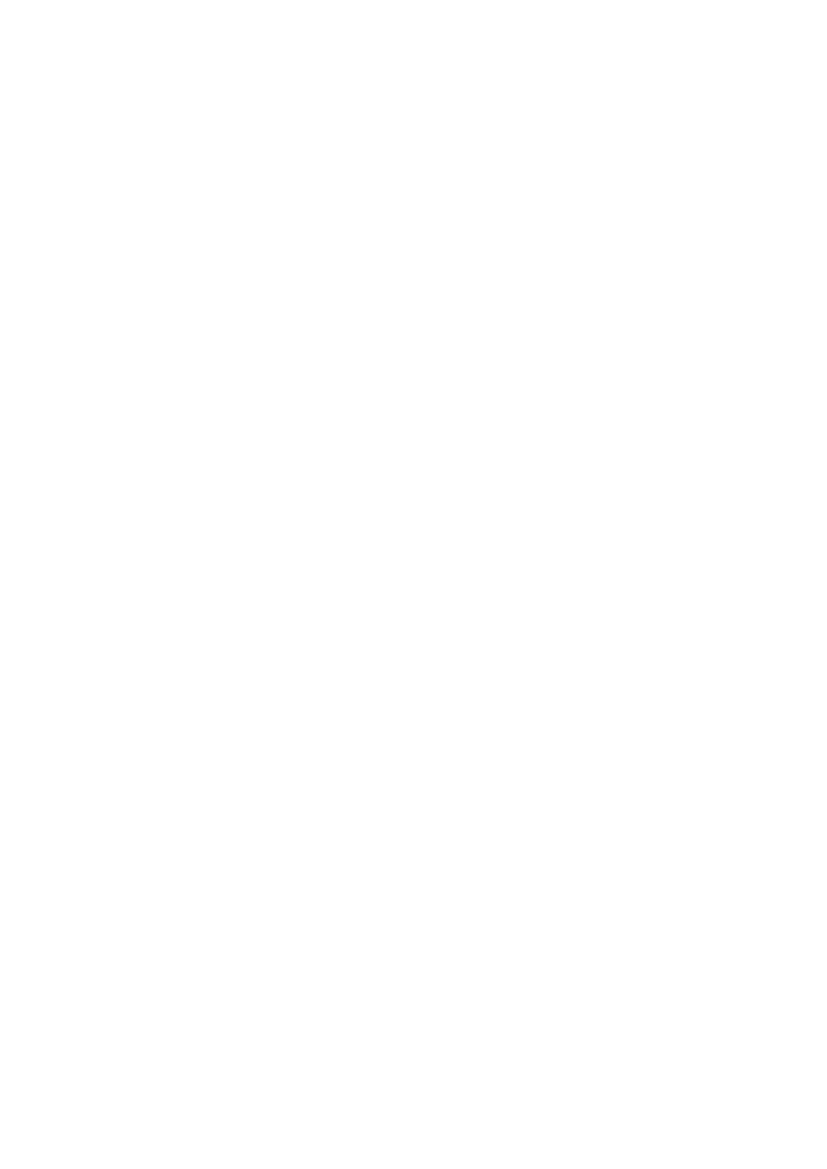
Preparation of 1M NaOH and standardization
Identification of organic compounds containing one functional group out of the following:
Alcohols:-Methyl Alcohol, Ethyl Alcohol, Isopropyl Alcohol & Tert-butyl Alcohol.
Carboxylic Acids:-Formic acid, Acetic Acid, Oxalic Acid, Benzoic Acid, Salicylic Acid,
Picric Acid etc. Carbonyl Compounds:-Formaldehyde, Acetaldehyde, Acetone,
Benzaldehyde, Acetophenone etc. Miscellaneous:-Phenols, Aniline, Nitro-benzene, Chloro-
benzene, Urea Benzamide, Acetanalide, Acetamide etc.
Various types of titration:
Standardization of KMnO 4 Solution with Standard Oxalic acid or Sodium oxalate. Estimation
of Iron with Standard KMnO 4 Solution.
Standardization of Sodium thiosulphate Solution with standard KMnO 4 .
Determination of available Chlorine in bleaching powder by Iodometric method.
Determination of Na 2 CO 3 content of Washing Soda.
Determination of total Acid and Alkali in Soap.
Determination of hardness of water.
Removal of hardness by different methods.
FDAE 111: Introduction to Computer ( Credit: 2.0)
Introduction: Generation and Classification of Computers- Basic Organization of a Computer
and thinking – Algorithm – Pseudo code – Flow Chart.
Programming Basics: Problem formulation – Problem Solving - Introduction to ‘ C’
programming –fundamentals – structure of a ‘C’ program – compilation and linking
processes – Constants, Variables – Data Types – Expressions using operators in ‘C’ –
Managing Input and Output operations – Decision Making and Branching – Looping
statements – solving simple scientific and statistical problems.
Array and Strings: Arrays – Initialization – Declaration – One dimensional and Two
dimensional arrays. String operations – String Arrays. Simple programs- sorting- searching –
matrix operations.
Functions and Pointers:
Function – definition of function – Declaration of function – Pass by value – Pass by
reference – Recursion – Pointers - Definition – Initialization – Pointers arithmetic – Pointers
and arrays Example Problems.
Structures and Unions: Introduction – need for structure data type – structure definition –
Structure declaration – Structure within a structure - Union - Programs using structures and
Unions – Storage classes, Pre-processor directives.
Operating System:
An overview, functions, classification of OS-CUI/GUI, various types of OS, Real Time OS,
Windows, Macintosh, Components and tools, demonstration of application level settings and
controls.
FDAE 112: Introduction to Computer Lab ( Credit: 1.0)
Search, generate, manipulate data using MS office/ Open Office
Presentation and Visualization – graphs, charts, 2D, 3D
Problem formulation, Problem Solving and Flowcharts
17
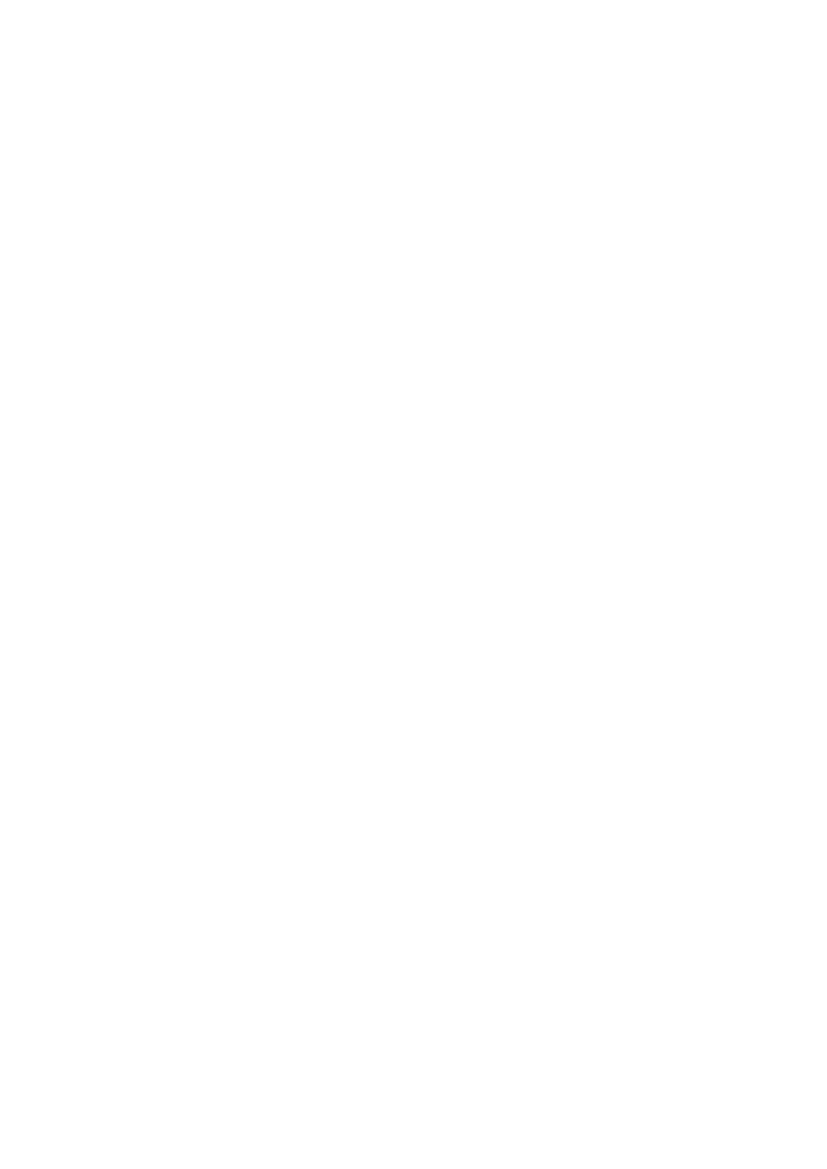
C Programming using Simple statements and expressions
Scientific problem solving using decision making and looping.
Simple programming for one dimensional and two dimensional arrays.
Solving problems using String functions
Programs with user defined functions
Program using Recursive Function and conversion from given program to flow chart.
Program using structures and unions.
FDAE 113: Engineering Mathematics II (Credit: 2.0)
Ordinary Differential Equations (ODE) : Origin of differential equations , Classification of
differential equations , Solution of various types of first order ODE , Different methods for
solution of second and higher order ODE ( UC , Inverse operator , Variation of parameter ),
solution of homogeneous linear differential equations .
Vector Analysis: Scalar and Vector quantity, Scalar and vector product of two vectors and
their geometrical interpretations ,vector triple product , Scalar and Vector function , gradient,
divergence and curl , Vector line integration , work done , Green’s theorem , Vector surface
and volume integration ,Gauss’s divergence theorem , Stoke’s theorem .
Complex Variables : Complex number system , Rectangular and polar form , Modulus and
argument , Principal argument , De Moiver’s theorem , Euler’s formula , Elementary
functions of complex Variables , Differentiation , Derivatives , Analytic function , Necessary
and sufficient condition for analyticity , Cauchy-Riemann equations , Harmonic function ,
Harmonic conjugate , Complex line integration , Contours , Cauchy- Goursat theorem ,
Cauchy’s integral formula , Singular point and Pole , Residue , Caquchy’s residue theorem,
Application of Cauchy’s residue theorem to evaluate some special type improper integrals.
Laplace transform (LT): Definition of Laplace Transform, Laplace transform of elementary
functions, Properties of Laplace transform and applications, Inverse Laplace Transform,
Convolution theorem, Solution of Ordinary and Partial differential equations using Laplace
Transform.
FDAE 114: Pattern Making & Apparel Construction- I (Credit: 2.0)
Introduction to sewing machine: Domestic sewing machine, Industrial sewing machine,
difference between Domestic & Industrial sewing machine, parts of a sewing machine,
Varieties of industrial sewing machines- Single needle machine, double needle machine-lock
stitch & chain stitch machines over-lock machine, sewing machine needles- types, parts &
functions, care and maintenance of sewing machine ,sewing threads- function, performance,
characteristics.
Introduction to Tools for pattern making and Garment construction- Measuring tools,
marking tools, Cutting tools, sewing tools, Pressing tools, different GSM paper & its uses.
Introduction to Basic hand Stitches : Application of Temporary and permanent stitches,
Methods, importance and applications of basting, running, tacking, hand overcast, button
hole, hemming stitches- plain & blind hemming, Stitches & Seams: Definition,
terminologies, Specification ASTM standards, stitch properties, stitch classes, stitch types
Seams: Definition, terminologies, seam Dimensions, seam classes, super imposed, Lapped,
bound, Flat .
Pattern making terminologies & symbols (notches, punch/circles,) Pattern information (grain,
part, piece, cut symbols) seam allowance, fabric terms (grain, Bowing)
18
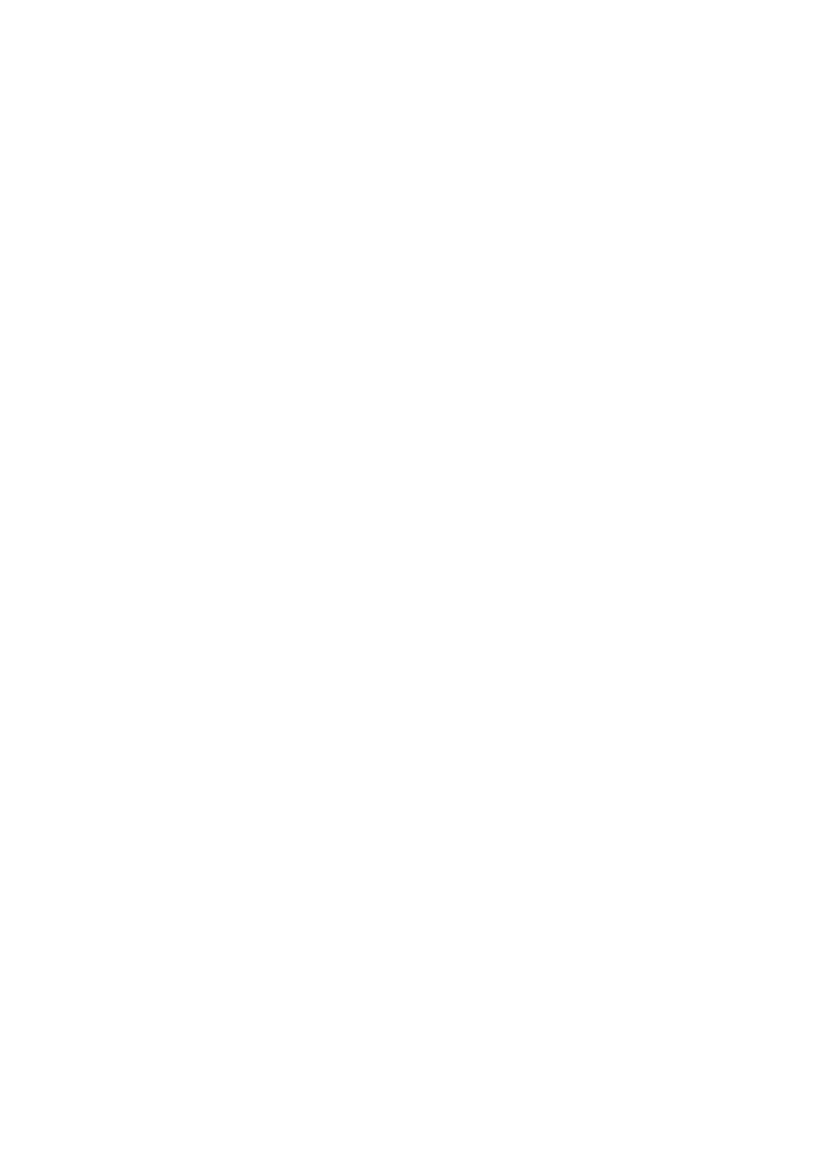
Figure types & figure analysis (leg types, arm types, shoulders, abdomen, bust back
relationship, waist hip relationship and stance). Body & garment relationship,
Standardization, importance of body measurements, Introduction to basic pattern-
commercial and custom made patterns.
FDAE 115: Pattern Drafting & Variation-I Lab (Credit: 1.5)
Human Figure analysis and Measurement technique.
Introduction of different pattern tools and their uses. Measure unit calculation.
Basic Bodice drafting – Front part, Back Part & Sleeve.
Development of Block pattern and Production pattern.
Introduction of different Garment components and pattern base variation.
Neck line Variation (round neckline, square neckline, V-neckline) & Neckline Facing
pattern development.
Introduction about Dart (Single dart, double dart and asymmetric dart).
Dart Manipulation (Neck dart, Side seam dart, Shoulder dart, Center front dart, French
dart)
Sleeve Variation (Puff sleeve, Lantern Sleeve, Bell Sleeve, Leg of Mutton sleeve)
Yoke line execution and its variation (Straight line, Curve line, Pointed line)
Style line and Princess Line (Shoulder princess-line, armhole princess-line) execution
& its variation.
Different Collar pattern development (Mandarin collar, Peter Pan collar etc……)
Student will make a mini pattern base portfolio by using of pattern block, where all the
contents that have been mentioned previously and taught at this course.
FDAE 116:
Pattern Making & Apparel Construction-I Lab (Credit: 1.5)
Introduction about Domestic sewing machine and industrial sewing machine.
Different Parts name and their uses of a sewing machine and sewing machine
maintenance.
Sewing machine practicing & balancing (straight line, curve line, oval shape, pointed line
etc.)
Basic hand stitches practice and execution (Basting stitch, Running stitch, hem/blind
stitch, tuck stitch)
Different seam development (superimposed, lapped, bound etc …..)
Fabric Cutting terms and cutting instruction.
Front and Back bodice fabric cutting and assemble. Sleeve part cutting and assemble with
basic bodice.
Neckline finishing with adding neckline facing.
Toile making and fit test based on dress form.
Different dart design tops bodice development (single dart, double dart, asymmetric dart
etc….)
Basic Yoke line, style line and Princess line garment development
19
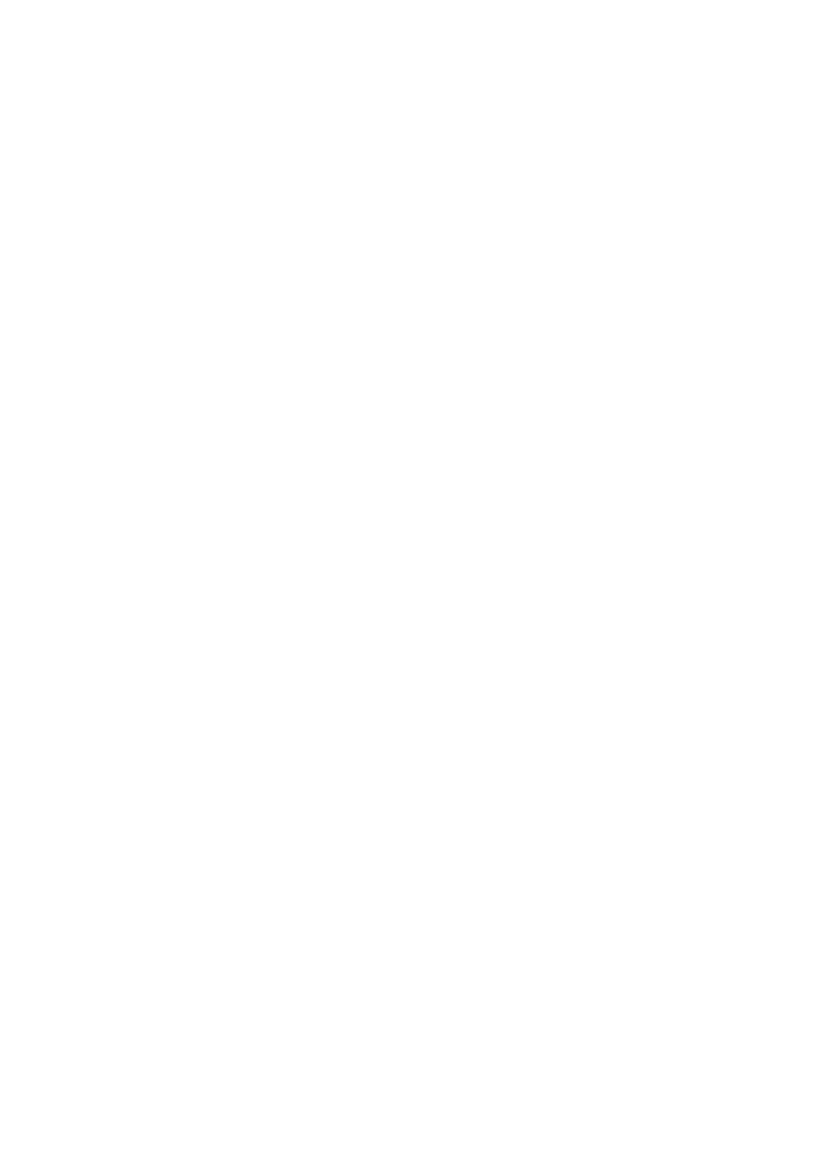
Collar attachment at the neck line.
Student will submit 2/4 pcs fully finish garments (top’s) as an assignment execution of
different pattern elements.
FDAE 117:
Basic Electrical and Electronics Engineering (Credit: 3.0)
Fundamental laws of electric circuits, Steady State Solution of DC Circuits, Introduction to
AC Circuits, Sinusoidal steady state analysis, Power and Power factor, Single Phase and
Three Phase Balanced Circuits. Classification of instruments, Operating Principles of
indicating Instruments
Construction, Principle of Operation, Basic Equations and Applications of DC Generators,
DC
Motors, Single Phase Transformer, single phase induction Motor.
Introduction, Characteristics of PN Junction Diode, Zener Effect, Zener Diode and its
Characteristics, Half wave and Full wave Rectifiers, Voltage Regulation. Bipolar Junction
Transistor, CB, CE, CC Configurations and Characteristics, Elementary Treatment of Small
Signal Amplifier.
Binary Number System, Boolean algebra theorems, Digital circuits, Introduction to
sequential Circuits, Flip-Flops, Registers and Counters, A/D and D/A Conversion, digital
processing architecture.
Introduction, Elements of Communication Systems, Modulation and Demodulation:
Principles of Amplitude and Frequency Modulations. Digital Communication,
Communication Systems: Radio, Antenna, TV, Fax, ISDN, Microwave, Satellite and Optical
Fiber (Block Diagram Approach only).
FDAE 118:
Electrical and Electronics Engineering Lab (Credit: 1.0)
Verification of Ohm’s law and Kirchhoff’s laws.
Measurement of three phase power
Load test on DC shunt motor.
Load test on single -phase Transformer
Load test on separately excited DC generator
Study of half wave and full wave rectifiers.
RC coupled transistor amplifier.
Study of logic gates and implementation of Boolean functions.
Implementation of binary adder/Subtractor.
Study of modulation and demodulation principles
Study of communication systems
Study of ADC and DAC circuits
FDAE 119:
Fashion Drawing (Credit: 1.5)
Drawing equipment and the use of instruments, Basic drafting techniques, planning of
drawing sheet. Dimensioning, Types of line, Stick figure drawing, Figure analysis, Fashion
figure comparison, Figure map (10 and 12), Quick figure sketching of different Poses,
Drawing heads and hairstyles, Modeled drawing gesture component, Drawing arms and leg,
20
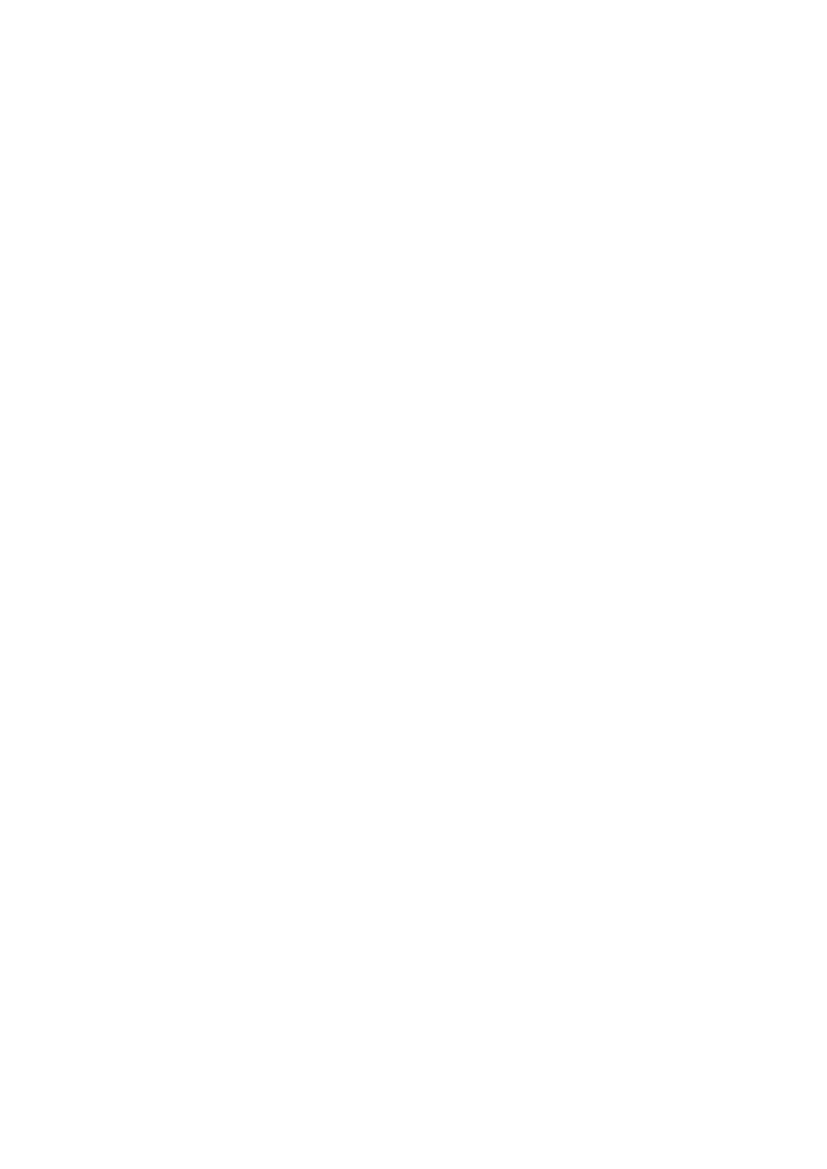
Color theory, Model drawing with proper rendering (color properties), Fashion figure
rendering with different types of printed fabrics, Fashion figure with proper rendering,
Fashion figure with different types of texture. Stylized fashion figure with proper rendering
(Color properties)
Observation, Sense of proportion, Control on drawing or execution
Introduction to fashion drawing, Proportion, Idea generating, Design and layout making.
21
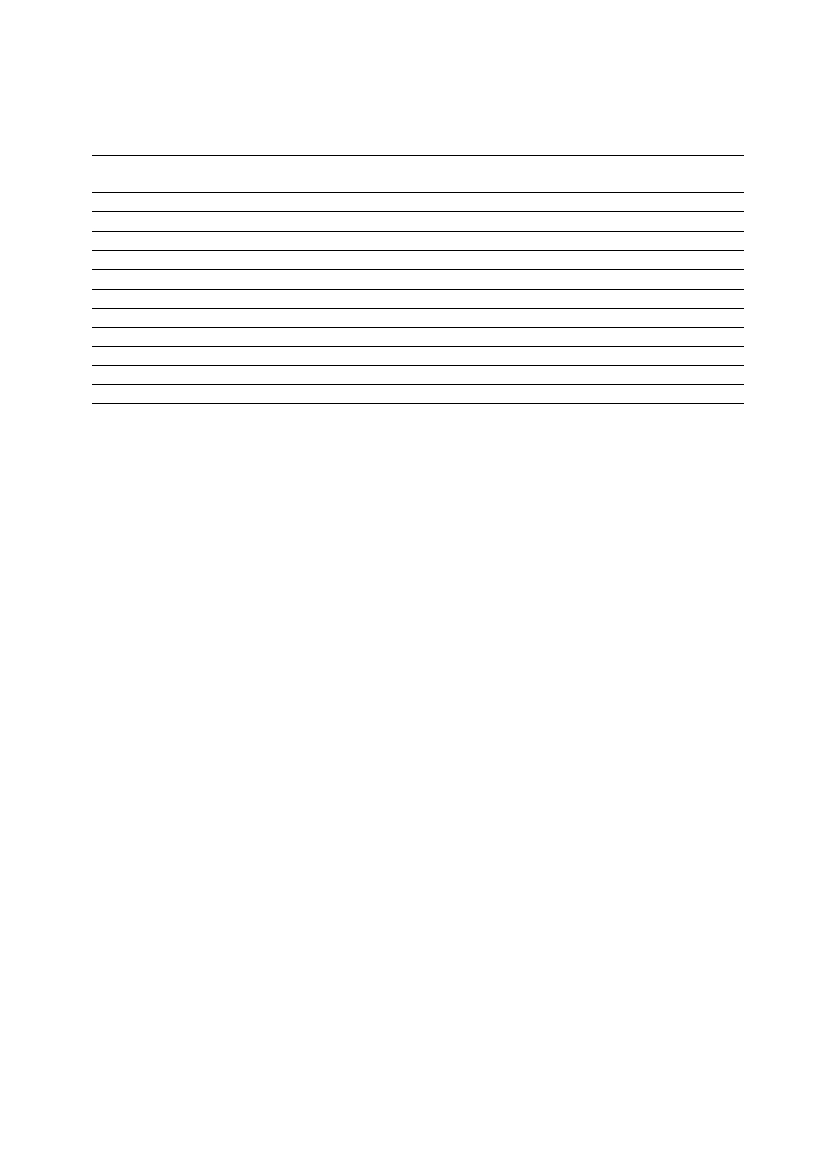
Level 2 Term 1
Course
Title
Type of
Instruction Credit
Code
Course
h/week
FDAE 201 Pattern Making & Apparel Construction- II
Theory
2.0
2.0
FDAE 202 Pattern Drafting & Variation-II Lab
Practical
3.0
1.5
FDAE 203 Pattern Making & Apparel Construction-II Lab
Practical
3.0
1.5
FDAE 204 Fiber & Yarn Studies
Theory
3.0
3.0
FDAE 205 Fiber & Yarn Studies Lab
Practical
3.0
1.5
FDAE 206 Fabric Manufacturing
Theory
3.0
3.0
FDAE 207 Fabric Manufacturing Lab
Practical
3.0
1.5
FDAE 208 Apparel Manufacturing Technology
Theory
3.0
3.0
FDAE 209 Sociology and Human Ecology
Theory
2.0
2.0
FDAE 210 Fashion Illustration & Design Lab
Practical
3.0
1.5
Total
20.5
FDAE 201: Pattern Making & Apparel Construction-II (Credit: 2.0)
Fullness- Darts, pleats, tucks, gathers, Sleeves- Definition, terms, classification, types-basic
sleeve, gathered, bell, kimono, raglan, leg of mutton & construction
Dart Manipulation- conversion of darts to tucks, pleats, gathers, seam lines etc.
Collars - Definition, terms, classification, and types -Peter pan, sailor, Turtle collar, shawl,
formal shirt collar, Mandarin, collar with stand & its variations& construction
Yokes-Definitions, purpose, types-with fullness & without fullness, Shapes &construction
Pockets- Definitions, purpose, Patch pockets, Patch pockets with flap, Seam pockets, welt
pockets& variations
Neck line Finishes- piping, facing (bias facing, shaped facing).
Plackets- definition, types Self, front placket, continues bound placket, two piece sleeve
placket and shirt placket
Skirts - Basic-flared, circular, gathered, pleated, basic waist band application
Dress categories: with waistline without waist line, silhouettes, torso dress, princes, panel &
drafting
Sleeves - definition, terminologies, types- Sleeves along with bodice and set in sleeves.
Fasteners- press buttons, hook & eye, shirt button, button holes, concealed zippers & zips.
FDAE 202:
Pattern Drafting and Variation-II Lab (Credit: 1.5)
Introducing of Bottom’s wear (Ladies wear and Gents wear)
Basic Skirt pattern (front part and back part) development
Block pattern and Production pattern of Skirt development
Basic Pencil-cut, A-line and circular skirt pattern development.
Develop waist-band pattern development
Execution of basic Yoke line and Style line and their variation (straight line, curve line,
asymmetric)
Development of Basic Gore and Godet skirt.
22
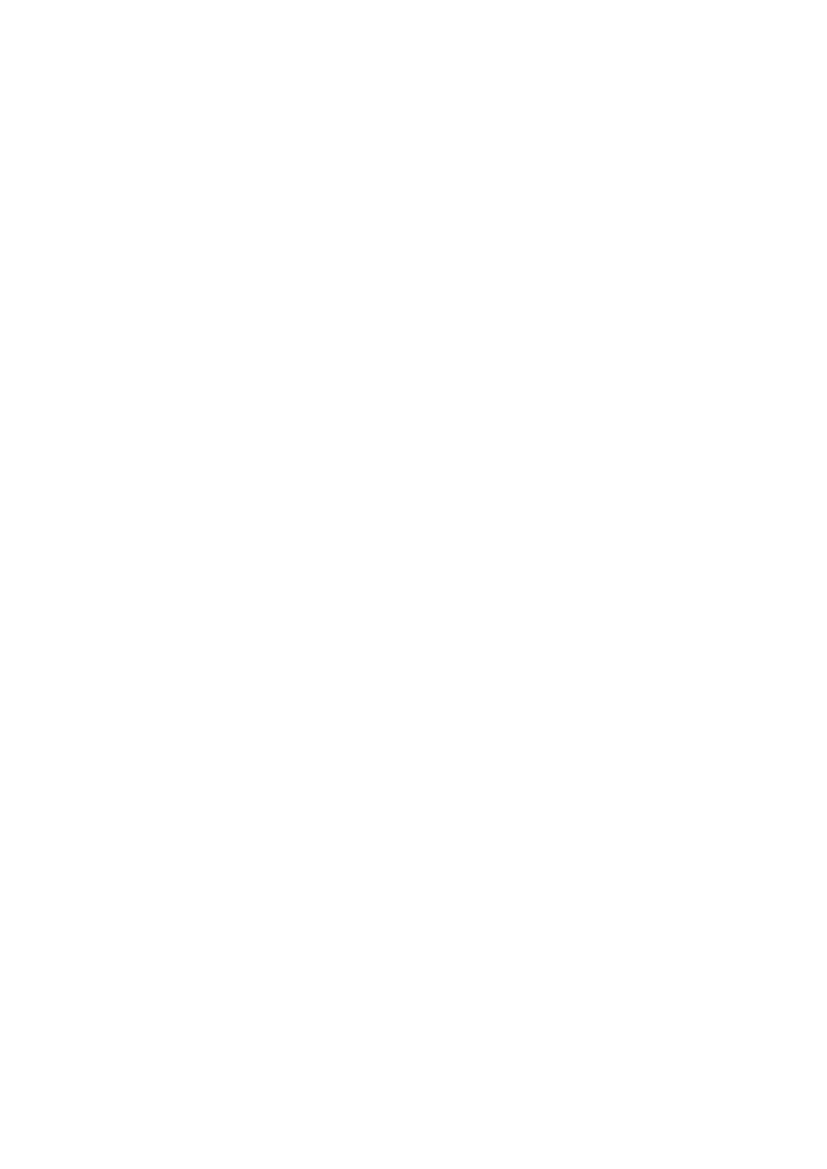
Execution of Pleat (single pleat, knife pleat, according pleat and sun ray pleat)
Development of basic Box pleat and Inverted Box pleat
Execution of Gather or developing fullness concept at Skirt item.
Develop Torso/Shift/Dress block considering single/double dart as well as Production
pattern
Develop dart less (box shape and flare cutting) dress block.
Execution of Princess line, Style line and Yoke line in any Torso/dress/Shift block.
Basic One piece/Jeans/Formal cutting trouser block development
Student will make a mini pattern base portfolio by using of pattern block, where all the
contents that have been mentioned previously and taught at this course .
FDAE 203:
Pattern Making & Apparel Construction-II Lab (Credit: 1.5)
Construct Skirt by joining Front and Back part including left side zipper opening.
Construct Pencil-cut/A-line (slash & spread technique) skit with waist band attachment.
Develop Gore/Godet skirt with/without waistband.
Develop a skirt with execution of Pleat (single/knife/according/sunray) and Box
pleat/Inverted Box pleat
Execution of Asymmetric style line and asymmetric yoke line into a Skirt.
Implementation of gathering concept in skirt (frill and flounce)
Side Seam/Center back slit execution in a Skirt and Lining adding method
Construct Torso/Shift/Dress with sleeve attachment.
Conducting fit test with dress form, sorting fittings issues and pattern rectification.
Development of Panel dress (style line execution) and Princess cutting dress
(armhole/shoulder/neckline)
Construct one piece trouser /Jeans/Formal cutting pant.
Student will submit 2/4 pcs fully finish garments (Bottom’s wear and Dress) as an assignment
execution of different pattern elements.
FDAE 204: Fiber and Yarn Studies (Credit: 3.0)
Introduction to textile fibers-Definition, Sources, Classification and properties of textile
fibers
Cellulose fibers-Cotton, flax, kapok, hemp, ramie, Jute-Properties and end uses, Protein
fibers-Silk, Wool – Properties and end uses
Regenerated cellulose fibers- Viscose Rayon, Acetate Rayon, Tencel, Modal, Bamboo,
Lyocel – production source, properties and end uses
Synthetic fibers-Nylon, polyester, acrylic and modacrylic- properties and end uses,
Polyethylene, polypropylene, olefin, Elastomeric fibers (spandex and lycra)- End uses.
Yarn manufacturing process for short staple fibers, Spinning Process: - Ring and open end
yarn spinning. Flowchart for manufacturing carded, combed yarn and folded yarn, Difference
between Rotor, Ring spinning and Air jet spinning, Spinning Process of Wet, and Melt &
Dry.
23
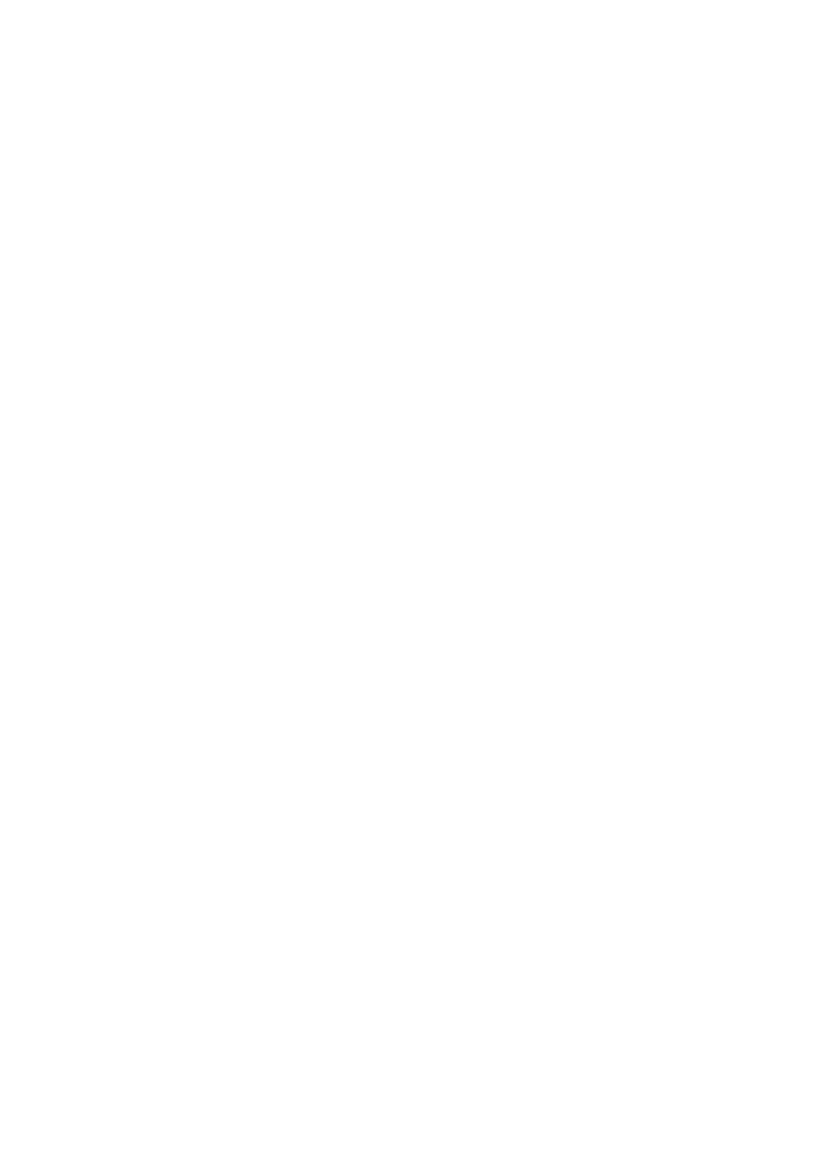
Polymers - Polymerization, degree of Polymerization, different types of polymers- addition
and condensation, orientation and crystallinity, characteristics of fiber forming polymers,
general physical and chemical properties of fibers.
Texturisation - types (simplex and complex yarns) and uses, Blends- types, uses of blended
yarns.
Sewing threads- types and properties, fancy yarns-types and uses.
FDAE 205: Fiber and Yarn Studies Lab (Credit: 1.5)
Identification of different types of fibres by physical & chemical methods, cotton, Viscose,
Silk, Wool, polyester, Nylon fibres
Geometrical properties of yarn, Twist, Count of the yarns using different yarn numbering
system
Identification of yarns by physical method– spun & filament yarns, ply & novelty yarns
Identification of varieties in Sewing threads &study of their properties like count, structure
and twist.
FDAE 206: Fabric Manufacturing (Credit: 3.0)
Introduction on different methods of fabric formation- woven, knitted and nonwoven fabrics,
Properties and end uses
Woven Fabric formation, weaving preparatory, objectives and brief study of process-
winding, warping, sizing, Drawing and denting, Weft winding, Introduction to Khadi, Hand
loom and power loom Fabrics. Classification of looms, Passage of material through loom,
study of primary and secondary motions, Principle of Shuttle less loom Viz Multiple gripper,
Rapier, Air jet, and Waterjet looms. Advantages of unconventional looms over conventional
looms
General Characteristics of woven fabrics and their importance, count of yarn, fabric grain,
Thread density, Fabric width, Fabric weight and selvedges.
Elementary weaves, Classification of woven fabrics. Glossary and characteristics,
construction, salient features- of Plain weave, variation (rib and Basket), Twill weave,
variation (RHT, LHT, Pointed and Herringbone) and Satin / Sateen weave, variation. Fabric
Design and graphical representation of the above weaves. Introduction and salient features of
Crepe fabrics like georgette, chiffons, Extra threads, Warp and weft pile and Brocade and
damask, Terry pile structures.
Introduction to Knitting, Classification, difference between warp and weft knitting, Basics of
weft knitting, Loop diagram and properties of basic weft knitted structures, Modification of
weft knitted structures.
Brief discussions of important fabric manufacturing clusters in Bangladesh and their salient
features.
FDAE 207: Fabric Manufacturing Lab (Credit: 1.5)
Analysis of different fabrics for clothing construction and weaves like Plain, twill, Sateen,
satin honeycomb, herringbone and mock leno etc. and finding the particulars like fabric
geometrical parameters and cover factor.
24
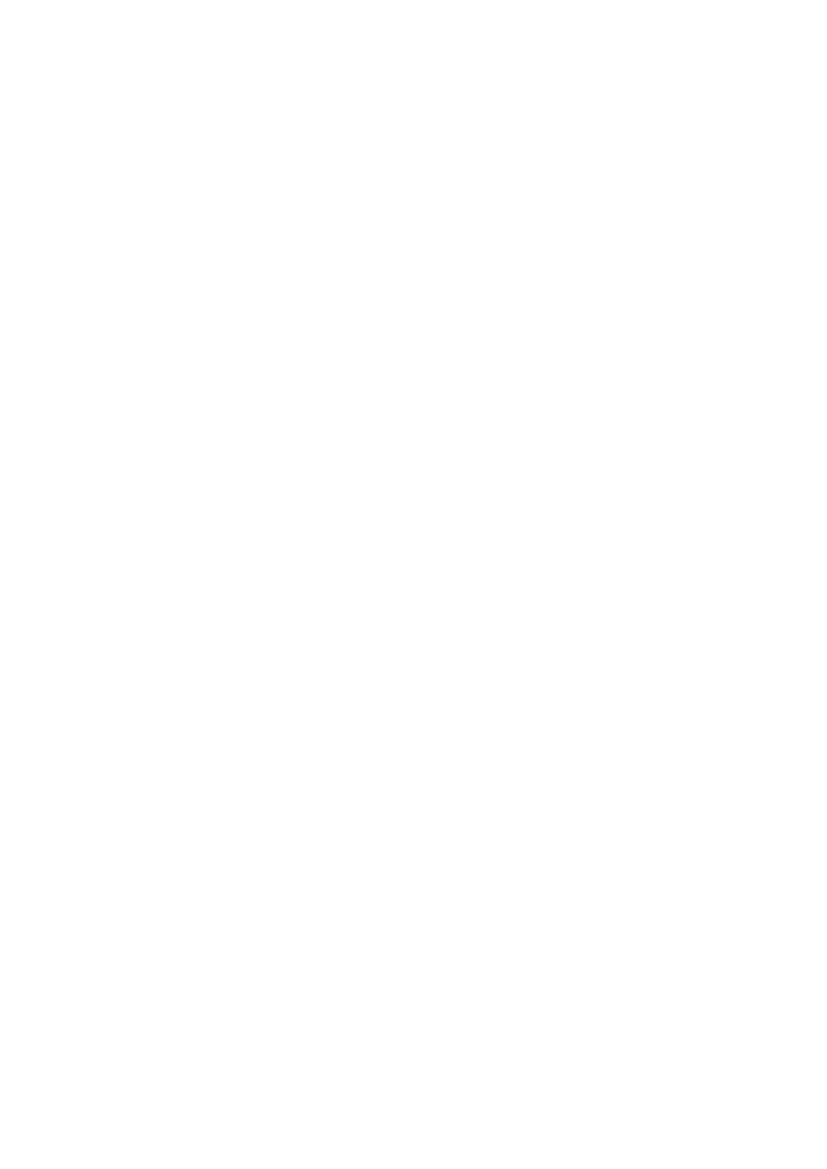
Collection and portfolio preparation of 25 different commercial samples with different
weaves and weight for apparels, furnishing, House hold application, support material for
garments and trims.
FDAE 208: Apparel Manufacturing Technology (Credit: 3.0)
Historical development of apparel industry in Bangladesh and other country of world.
Apparel terms and definitions, Apparel manufacturing sequences,
General discussion on human Body measurement, Pattern, Pattern types, making methods,
Pattern Grading, Basic Components of Shirt, T-shirt and pant.
General discussion on Marker, Constrains of marker, Methods of marker making, Maker
efficiency.
Fabric Spreading, Types & objectives of Spreading, Requirements of fabric spreading,
Splicing.
Fabric Cutting, Requirements of cutting, Methods of cutting machine, Straight knife, Band
knife, Round knife, Drill, Notcher, Computer control cutting knife.
Sewing: Seam & Stitch, Types of Seam & Stitch, Sewing Machine feed mechanism, Needle,
Needle types, Sewing thread & types, Industrial sewing machines & their functions, Work
aids & their functions.
Alternative methods of Joining, uses of Fusing, Welding & Molding.
Trimmings: Discussion on label and Motif, Lining, Interlining & its types, Zipper, Button,
and Shoulder pad, Lace & Braids, Care label & its types.
Pressing & Finishing, types & objectives of pressing & finishing.
Quality control, AQL, & Inspections.
FDAE 209: Sociology and Human Ecology (Credit: 2.0)
Introduction to Sociology: Definition, nature, scope, importance, Social Interactions, Social
Groups, Social Institutions
Culture and Related Concepts: Definition of Culture, Types, Elements, Role of Culture in
Organization, Socialization and Personality
Interpersonal Relations: Interpersonal Behavior, Formation of Personal Attitudes, Language
and Communication, Motivations and Emotions, Public Opinion
Social Stratification: Factors of Social Stratification, Caste and class, Power, Prestige, and
Authority, Social Mobility, Migration
Human Ecology: Ecological Processes, Ecosystem and energy, Ecosystem and Physical
Environment, Solid Waste Disposal, Pollution
Population Dynamics: World Population Growth and Distribution, Population Dynamics in
Bangladesh, Causes and Consequences of Urbanization, Population Policy in Bangladesh,
Population and Development
Community Development: Meaning, Scope, and Subject Matter of Community Development,
Processes of Community Development, Community Development Programs in Bangladesh,
Community Organization and Related Services, Cooperation and Conflict in Community
Development
Deviance and Crime: Crime as a Social and Cultural Phenomenon, Crime and Social
Organization, Organized Crime, Culture Based Crime, Economics of Crime,
25
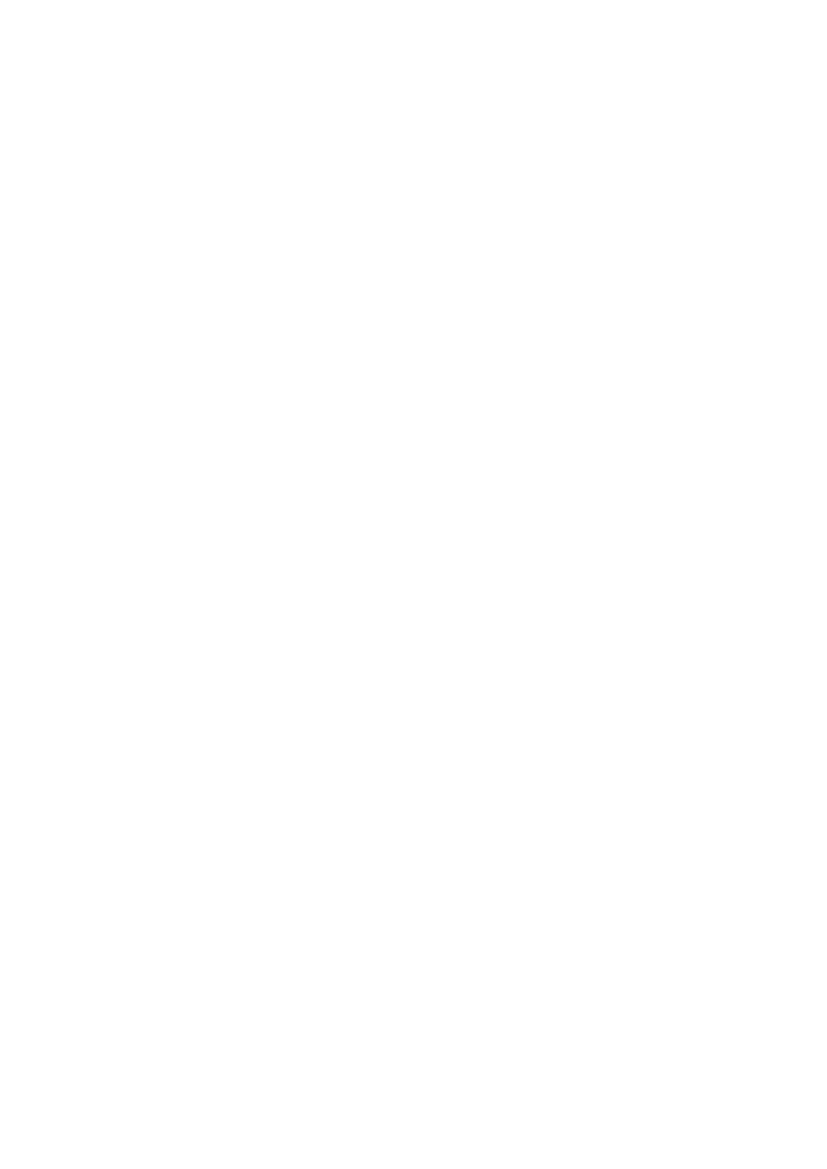
Sociology of Change and Development: Social Change and Development, Dynamics of
Social Change, Role of NGOs in Development, World System and Development, Gender and
Development
Economics: Economics: Definition, principles, micro and macro economy.
FDAE 210: Fashion Illustration & Design Lab (Credit: 1.5)
Fashion illustrations
Men’s figure proportion
8 head, 10 head, 12 head figures standing and moving.
Comparison between male and female figure
Men’s legs and arms
Drawing male face and hairstyles
Sketching suit (Men’s)
Men’s fashion in different poses
Classic Sketching for menswear
Casual wear’s design
Drawing children- Infant and Toddler
Children’s face with hairstyles
Drawing styling kids with different media- collage, color rendering, fabric rendering.
Basic flats
Body painting
Fashion figure details and stylization of various parts, including the fashion face, torso,
limbs and features using various media
Garment Features –types of collars, cuts, yokes, pockets, cuffs, sleeves (5 each)
Drawing of fashion silhouettes - Types of silhouettes, blouses, shirts. Skirts, trousers,
dress Foreshortening of figures, grouping of figures. – Thematic figure composition
Preparation of portfolio of five designs each inspired by one Bangladeshi and one
international designer.
26
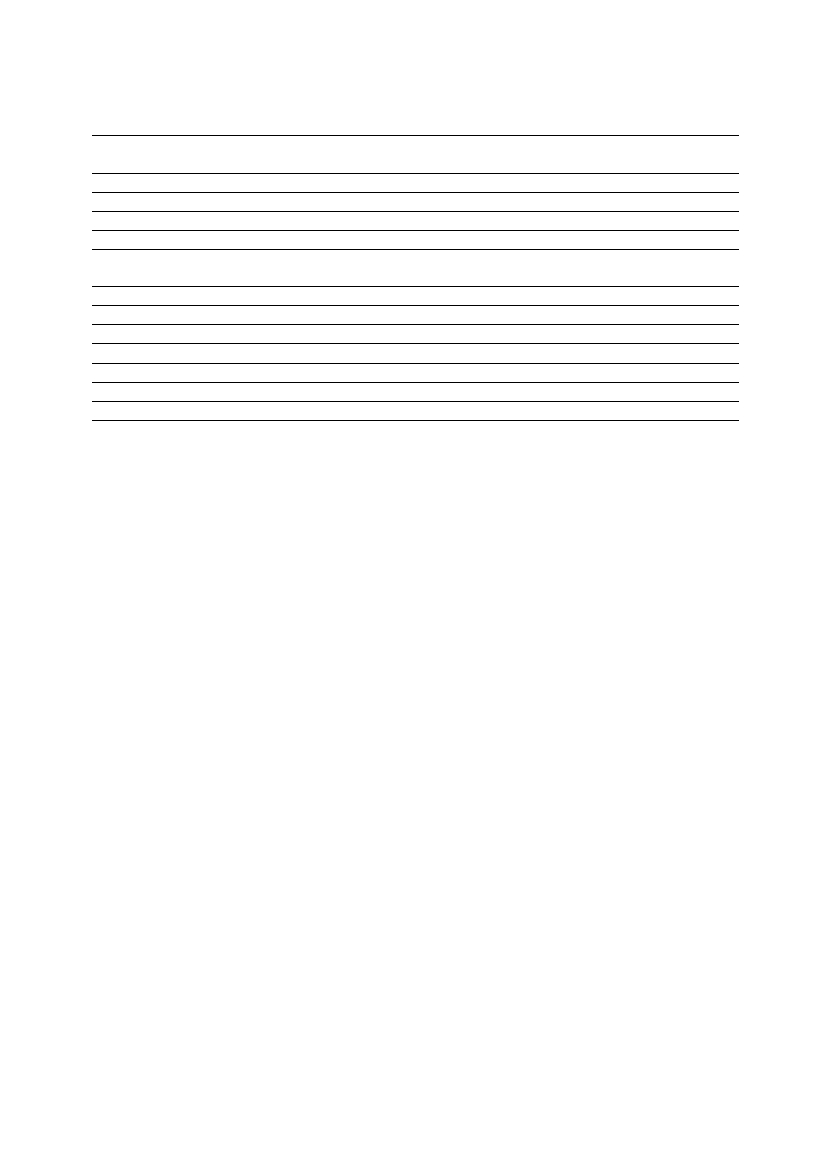
Level 2 Term 2
Course
Title
Type of
Instruction Credit
Code
Course
h/week
FDAE 211 Fashion Art and Design
Theory
2.0
2.0
FDAE 212 Fashion Art and Design Lab
Practical
3.0
1.5
FDAE 213 Pattern Making & Apparel Construction- III
Theory
2.0
2.0
FDAE 214 Pattern Drafting & Variation-III Lab
Practical
3.0
1.5
FDAE 215 Pattern Making & Apparel Construction-III
Practical
3.0
1.5
Lab
FDAE 216 Textile Chemical Processing
Theory
3.0
3.0
FDAE 217 Textile Chemical Processing Lab
Practical
3.0
1.5
FDAE 218 Textile & Apparel Testing
Theory
3.0
3.0
FDAE 219 Textile & Apparel Testing Lab
Practical
3.0
1.5
FDAE 220 Digital Communication
Practical
3.0
1.5
FDAE 221 Industrial Visit (Apparel/Fashion Industry)
Practical
3.0
1.0
Total
20.0
FDAE 211: Fashion Art and Design (Credit: 3.0)
Design-Types, design development, motif, pattern and layout, design manipulation,
inspiration from nature and history. Types of motifs from Bangladesh, China, Japan, Persia-
traditional, stylized, geometric, abstract.
Fashion design – Definition, Fashion categories based on age and activity – Types- casual,
formal, sports and ethnic.
Flat sketch and spec- Its importance and application, design sketching, ways of layout, flats
for men, women and children‘s wear.
Designing of dress based on figure types- colour combination, various garment to create
optical illusion.
Clothing and personality, Clothing and attitude, Clothing and motivation, Grooming.
A detail study on one Bangladeshi and International designer – concept, design, creation and
collection of Gianni Versace, coco chanel, Balenciaga, Stella McCartney, Anita Dongre,
RituKumar, RituBeri , Wendell Rodricks, Raghavendra Rathod, Sabyasachi Mukherjee.
Study of advanced illustrative Techniques and three dimensional views.
FDAE 212: Fashion Art and Design Lab (Credit: 1.5)
Design development – motif, design, pattern and repeats, full, 1/4 th , ½, 3/4 th drop, brick,
mirror, and ogee, geometrical forms- concentric, corner, circular, and cylindrical.
Neckline design with Motif, diamond design, Boarder Design.
Body figures and features- Face- eyes, nose, lips, ears, arms and legs , Hair styling-
women‘s, men, different hair coloring, retro, punk, hip hop, hippe, traditional and bridal.
Figure drawing – Fashion figure, stylized figure of 10 and 12 head for different figure
postures.
Fabric rendering – Fashion rendering on croquis- woven-cotton, denim, lace, net,
corduroy, printed- natural, abstract, stylized, knits- pearl, rib and cable.
27
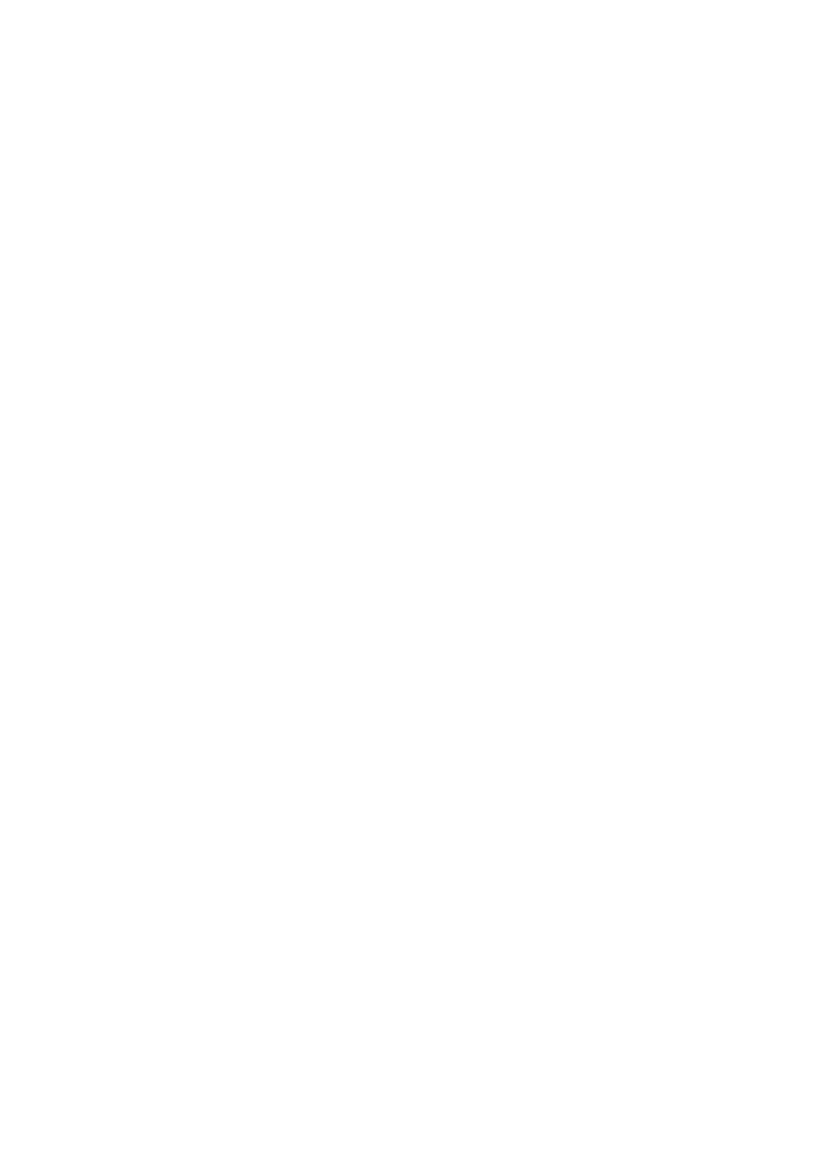
Fashion sketching of advanced illustration techniques and 3 dimensional views. (only
hand) Development of Research Boards on inspiration, mood, colour and texture.
FDAE 213: Pattern Making & Apparel Construction-III (Credit: 2.0)
Definition layout, importance, principles, types of layout, importance of fabric estimation,
advantages, methods of estimating material requirement for garment- easy method & formula
method of estimation.
Introduction to manual and computerized pattern development, mini marker. Software used
for pattern development. Introduction to Digitizer plotter and scanner.
Handling special fabric-factors for consideration while making patterns & garment
construction using special fabrics-stretch fabrics, knit, checks, plaids, velvet, leather, fur
&lace.
Interlining- interfacing- materials, types, properties, applications& machinery
Bifurcated garments: Introduction of culottes, trouser & its variations
Foundation garments- Introduction, materials used & types of fitting for men‘s innerwear
briefs& trunk., swimwear Women‘s innerwear brassier, panties and swim wear.
Fitting- principles of fitting, standards for a good fit, e-fitting, body scanner, 3D simulators.
Pattern alteration techniques- pivot, slash & seam method-length- width- front-back-sleeve
shirt-Skirt-trousers
Grading- definition, sizes, principles, types, grading points, & importance of manual and
computerized grading and software‘s used for grading.
FDAE 214:
Pattern Drafting & Variation-III Lab (Credit: 1.5)
Introduction about Menswear, Kids wear, Night wear and Lingerie.
Pattern development of Classical Shirt and Casual Shirt Block drafting.
Development of Classic Casual Jacket and Easy Fittings Classic Casual Jacket block.
Classic Suit jacket block pattern development.
Over Garment Block pattern drafting.
Basic One-piece & Two-piece sleeve block drafting.
Easy fitting T- shirt, Close fitting T- shirt block drafting and Raglan Adaptation.
Track suit block drafting and Hood adaptation.
One Piece trouser Block and Two piece trouser block development.
Jeans Block and Dungarees Block drafting.
Bra, Waist Brief, swimming trunk, Swimsuit pattern development.
Corset, Camisole top, Night Dress, Bra-top,Pull-on Petticoat.
Kids Boy’s basic Shirt, T-shirt and Fatua pattern development.
Kid’s Girls Basic Bodice, Top’s, Frock pattern development.
Student will make a mini pattern base portfolio by using of pattern block, where all the
contents that have been mentioned previously and taught at this course.
28
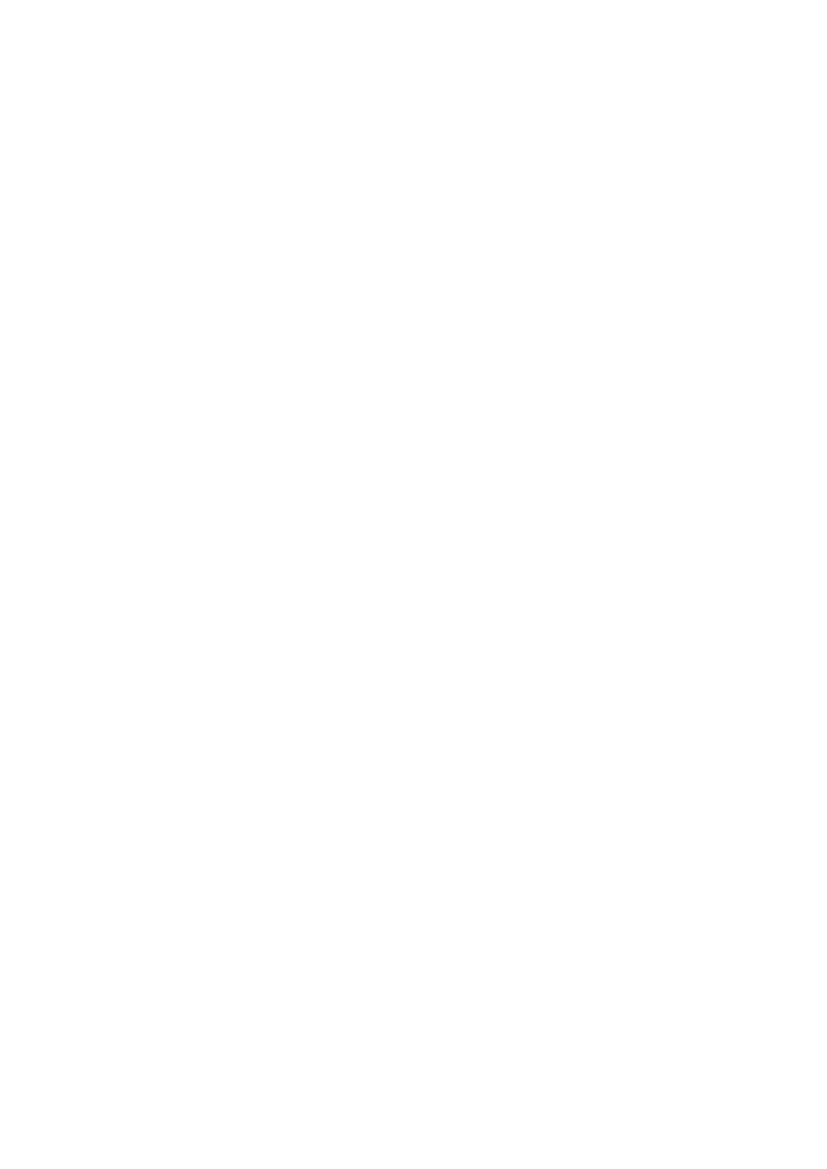
FDAE 215:
Pattern Making & Apparel Construction-III Lab (Credit: 1.5)
Construct classical shirt or casual shirt or easy fitting shirt including collar, cuff, placket
with actual finishing
Construct casual Jacket including lining.
Basic T-shirt or Raglan T-shirt development
Implementation of Hood in Jacket or Shirt item.
One piece trouser and Jeans or formal pant construction.
Nightwear ( nightdress/camisole tops/bra top dress) construction
Basic Bra or Waist brief construction.
Kids wear any boys (shirt/fatua/trouser etc.) item construction
Kids wear any girls (tops/frock etc.) item construction
Pattern base design analysis and create new design at any specific apparel category.
Student will submit Design Development Sheet (DD sheet) at any specific apparel category.
Among of those all new design they will submit any 2 design with specification sheet.
FDAE 216: Textile Chemical Processing (Credit: 3.0)
Operation sequence in chemical processing of cotton, silk, wool, rayon, polyester, polyamide,
polyester and cellulosic blend materials with emphasis on the objectives of each operation
Scouring; bleaching and mercerization of cotton; preparatory process for wool and silk
Stages involved in dyeing process, principle of application of direct, reactive, vat, acid,
disperse and natural dyes; principles of working of loose fibre, yarn and fabric processing
machines.
Garment dyeing and washing; Garments washing: Definition and classification of garments
washing.
Dry Process-Hand scrapping, whisker, PP Spray, Tagging, Grinding, Destroy, 3D-Crinkle,
Laser fading.
Wet process-Normal wash, Caustic wash, pigment wash, Enzyme wash, acid wash, super
white wash.
Finishing - Calendaring, shrink proofing, antistatic finish, softening, water and flame
proofing, UV protection antimicrobial finish, resin finishing – crease recovery, wash and
wear and durable press finishes; Standard methods of assessment of all the above finishes.
Fundamentals of colour science, assessment of colour of dyed and printed goods; basics of
colour matching technique; assessment of whiteness and yellowness indices and colour
difference; pass/fail decision making; Eco friendly chemical processes, banned dyes and
chemicals.
FDAE 217: Textile Chemical Processing Lab (Credit: 1.5)
Desizing and scouring of cotton fabric.
Peroxide Bleaching of Cotton Yarn/Fabric.
Degumming of silk.
Identification of dyes
Dyeing of Cotton using Reactive dyes.
Dyeing of Cotton using Vat dye.
29
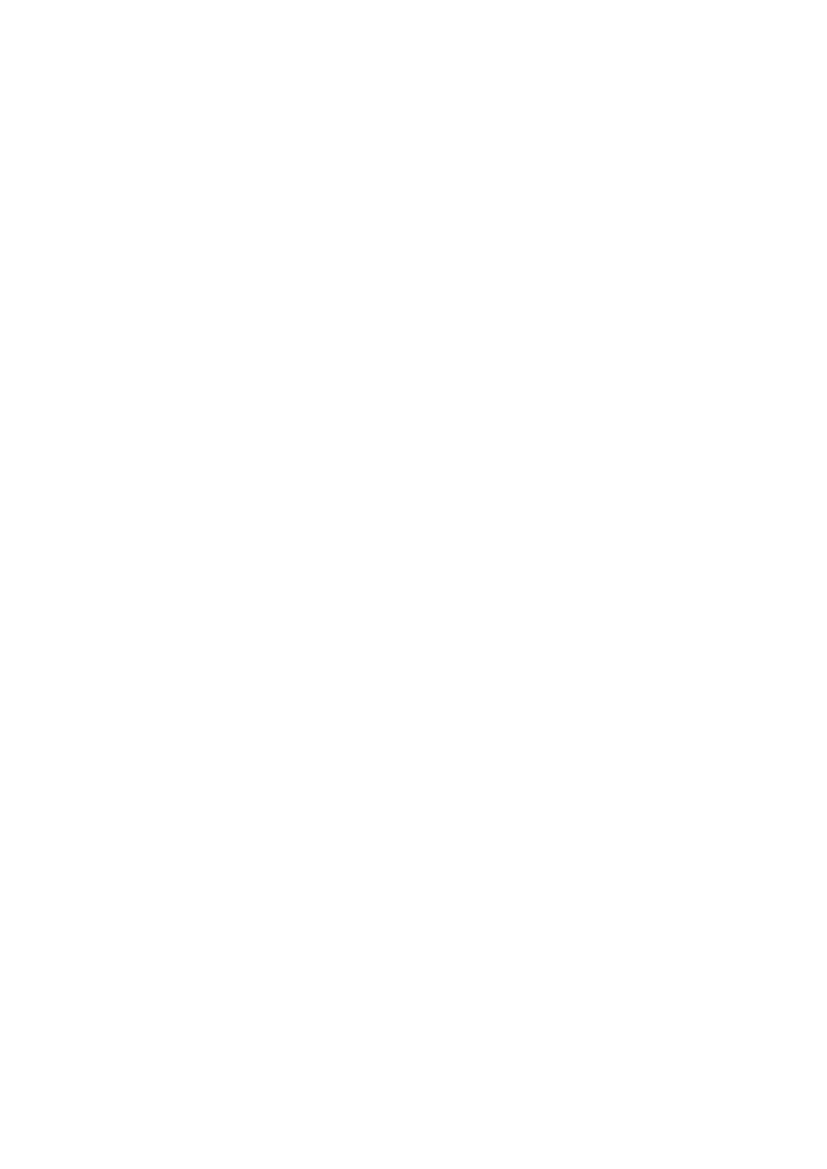
Dyeing of silk using Acid dye.
Dyeing of polyester using disperse dyes.
Dyeing of polyester and cotton blend
Determination of wash, light, perspiration and rubbing fastness of dyed fabrics.
Determination of Whiteness and Yellowness index
Determination of K/S of dyed fabrics using Spectrophotometer
Water proof and Flame retardant finishing of cotton.
Resin and softener finishes.
Antimicrobial Finish Evaluation
Garments washing: Development of different dry washing effect-Hand scrapping,
whisker, PP Spray, Tagging, Grinding, Destroy, 3D-Crinkle, Laser Fadeing etc. on denim
garments.
Development of different washing effect-Normal wash, Caustic wash, pigment wash,
Enzyme wash, acid wash, super white wash on denim garments.
FDAE 218: Textile & Apparel Testing (Credit: 3.0)
Introduction to textile testing, objectives of testing, Selection of samples for testing
Yarn testing - yarn count, Yarn twist, twist direction, amount of twist, and effects of twist on
fabric properties, measurement of twist.
Fabric testing- fabric dimensions- length, width, thickness, determination of fabric weight -
GSM measurement and its application to different fabrics, cover factor, air permeability,
stiffness, drape, crease resistance, abrasion resistance, pilling, bow & skew.
Determination of colour fastness to laundering, rubbing, light and perspiration, Fabric
shrinkage
Tensile testing of textiles- Terminology and definition- load, elongation, stress, strain test
methods, bursting strength test, Tear strength.
Garment and garment accessories testing - testing of fusible interlinings, zippers, elastic
waistband, sewing threads, buttons, snap fasteners, wear testing. Tensile properties of seams
and stitches, zipper strength test, dimensional stability of fabrics. Colour fastness of garments
to washing and light.
FDAE 219: Textile & Apparel Testing Lab (Credit: 1.5)
Fabric construction particulars: aerial weight, thickness, thread count, cover factor
equipments to be used are GSM cutter & Weighting balance, Beasley Balance, Pick
Glass, Dissection Needle, Calculator and Fabric thickness tester.
Determining shrinkage of fabric using shrinkage tester.
Determining fabric bending properties using stiffness tester
Determines of fabric drape using drape meter.
Determining fabric tensile strength using tensile tester.
Determining Fabric Abrasion using abrasion tester.
Determining fabric crease recovery using crease recovery tester.
Determining fabric Pilling using pilling tester.
Determine of colour fastness to rubbing using crock meter.
Determine of colorfastness to washing using washing fastness tester.
Determine of colorfastness to light
30
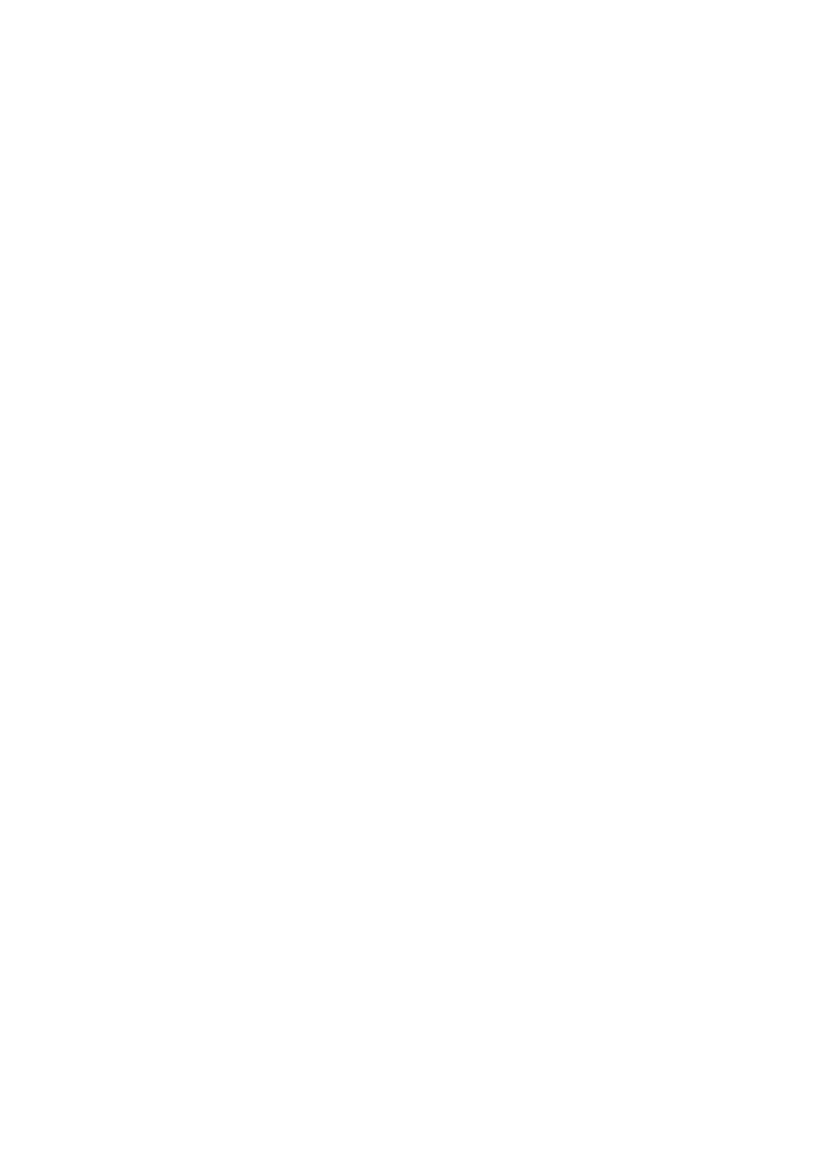
Determine of garment accessories testing - Button, Snap pull test, zipper test, seam
strength test, seam slippage test.
FDAE 220:
Digital Communication Lab (Credit: 1.5)
Students will acquire the knowledge of computer software’s like Adobe Photoshop, Adobe
Illustrator and Corel Draw. Students will explore the tools and technology used to create
digital art in today’s fashion. Students will acquire knowledge and get familiar with key
concepts of Computers to develop creative approaches for the Fashion Industry.
PHOTOSHOP: Photoshop Basics will help to quickly make sense of the software and start
improving student’s photos and preparing images for design projects. Adobe Photoshop is the
premiere image manipulation tool for print design, Web design, and photography. It's a must-
know if students are planning to work with photos or design projects at any Year.
ILLUSTRATOR: Students will learn professional illustration techniques for creating great-
looking artwork using deceptively simple elements.
Students will learn how an illustrator approaches challenges like proportion, perspective,
lighting, storytelling, and expression. Students will also learn how basic shapes, symbols,
gradients, fill colors, symbols, Bezier curves, and text can be combined to create artwork in
Illustrator.
COREL DRAW: Students will acquire the knowledge of Corel Draw basics, for quickly
make sense of the software and start improving student’s vector images for design projects.
After completion of basic Corel Draw students will able to develop their own print design,
Web design.
Students will acquire the knowledge about digital and offset printing process.
Adobe Photoshop – CS 5
Draw and manipulate custom raster/vector shapes using the Pen tool and shape tools.
Create precise selections in low-contrast images using vector masks and paths.
Use smart Objects in Photoshop to non-destructively edit, link, update images.
Sharpen, blur, and vignette images using customizable and editable Smart Filters.
Apply professional-quality typography in Photoshop, considering leading, kerning,
tracking, baseline shift, and ligatures.
Handle type creatively by applying textures to text, pushing photographs through text
and other shapes, and hiding portions of text.
Combine multiple photographs using gradient masks, blending sliders, and
displacement maps.
Utilize blend modes, gradients, and the Refine Edge dialog to combine images
seamlessly.
Retouch and alter photographs non-destructively, using dodging and burning,
adjustment layers.
Create attractive grayscale, partial grayscale, and duotone images.
Use Swatches panel, and Color Libraries to effectively select and manage color
schemes.
Create custom brushes, use the Mixer Brush for freehand painting in Photoshop, and
turn images into paintings.
Adobe Illustrator – CS 5
Create still life, editorial art/brand logos, and character portraits in Illustrator. Create
artwork from basic shapes, symbols, gradients, fill colors, symbols. Create depth and
shadow effects to give artwork a three-dimensional quality.
31
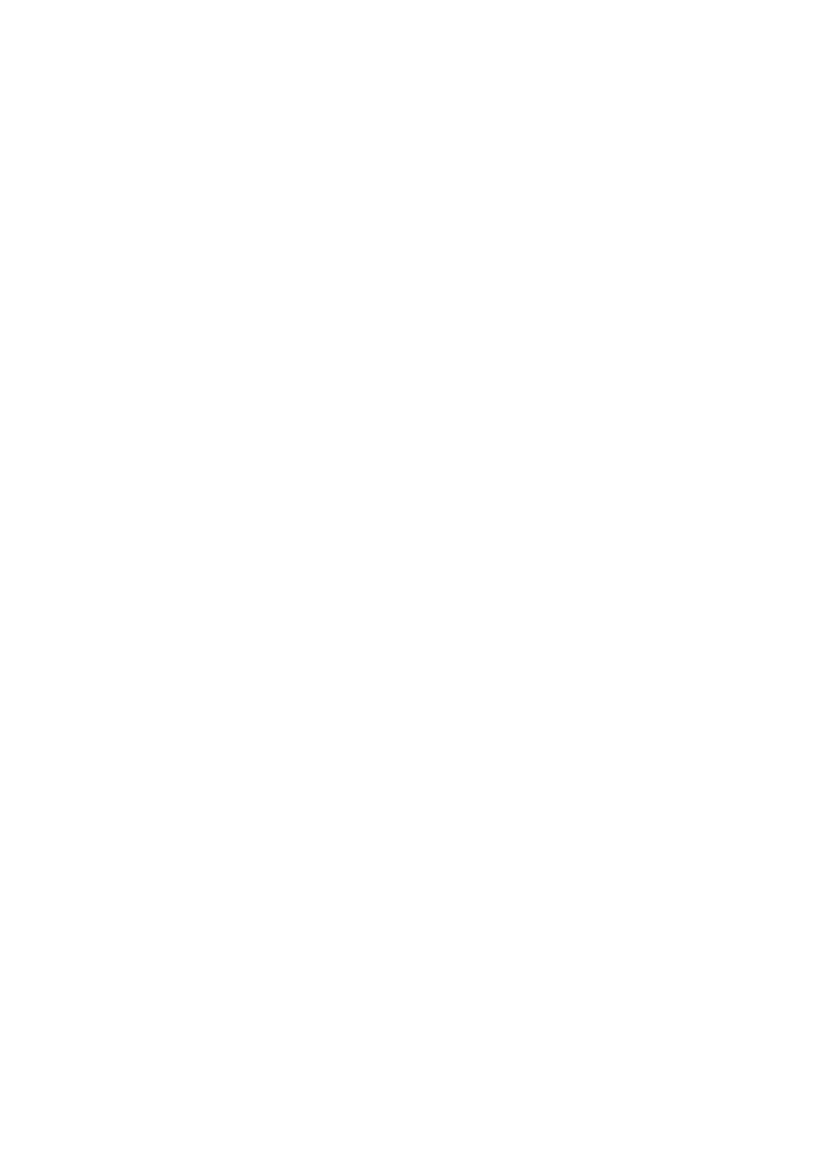
Spray, size, and rotate symbols to create repeated elements. Integrate pencil sketches
into the digital illustration process. Add curves to shapes using the Pen tool and
Bezier curves.
Use clipping masks to frame a composition. Work with text as a graphic element.
Draw character art following the basic proportions of the human face.
Apply simple techniques for drawing each part of the human face.
Corel Draw – X3
Develop knowledge of fundamental concepts in bitmap and vector art.
Identify and discuss digital art applications for Adobe Photoshop and Corel Draw.
Develop and sketch illustration concepts to prepare them for digital creation.
Use shape and freehand drawing tools to create complex shapes and patterns.
Follow basic routines for correcting bitmap images, applying effects, adding text, and
saving files for the design layout in Corel Draw.
Follow basic routines for making selections, and adding fills, strokes, and color, and
saving files for the design layout in Corel Draw.
Create a set of digital art pieces through exploration and experimentation.
Use gradients to create lighting and shadow effects. Import bitmap and vector art into
Illustrator and create guides for illustration. Create simple iconographic illustrations
and shapes. Develop proficiency in drawing or tracing using the Bezier, freehand
tool. Combining, breaking apart, grouping, ungrouping, separating and converting to
curves.
Create a sequential illustration that repeats certain features and colors over a series of
frames to maintain a consistent look.
Design a symmetrical title or identity that integrates repeated graphic elements and
typography. Drawing rectangle, ellipses, polygons, stars, spirals and graph paper with
shape tools.
ASSIGNMENTS: (Print – Digital High Quality, Size – A3)
Adobe Photoshop – CS 6:-
Drawing of different Natural forms and converting them to different Design form with
proper features.
Photo Manipulation, Fashion Image editing with proper tools.
Drawing of Manmade and Natural object. Texture creation and mapping using
application of Special effects and filters.
Adobe Illustrator – CS 6:-
Fashion objects drawing and placement.
Flat Sketching, Typography and Text layout for various magazine, newspaper advt. etc.
Corel Draw – X3:-
Fashion elements design (Geometrical & Abstract Shapes), Fashion Image editing with
proper tools. Drawing of Manmade and Natural Object. Texture creation and
application on fabric or garment. Application of Special effects and filters.
FDAE 221:
Industrial Visit (Apparel/Fashion) (Credit: 1.0)
Marks Distribution:
Report (40%), Written Examination (30%) and Presentation (30%)
32
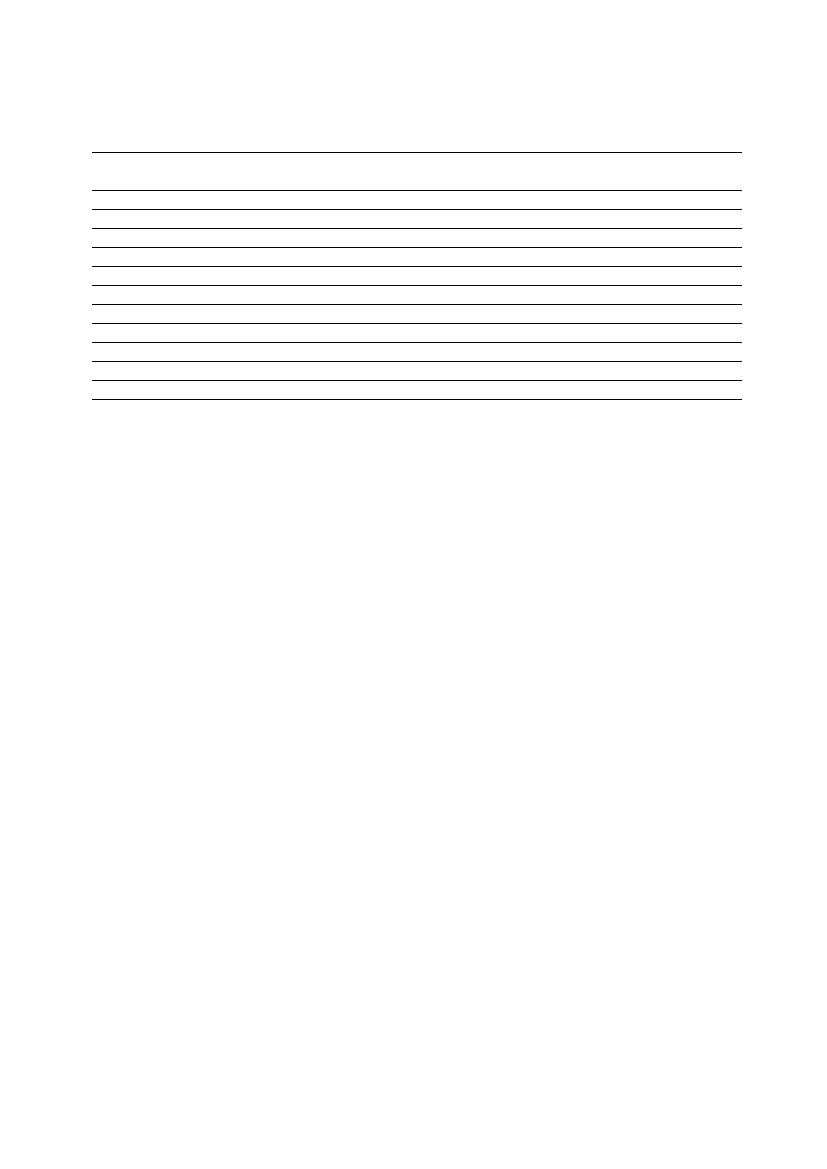
Level 3 Term 1
Course
Title
Type
of Instruction Credit
Code
Course
h/week
FDAE 301
Environmental Studies
Theory
2.0
2.0
FDAE 302
Needle Craft
Theory
2.0
2.0
FDAE 303
Needle Craft Lab
Practical
3.0
1.5
FDAE 304
Computer Aided Fashion Design
Theory
3.0
3.0
FDAE 305
Computer Aided Fashion Design Lab
Practical
3.0
1.5
FDAE 306
Fashion Design Studio
Practical
3.0
1.5
FDAE 307
Draping
Theory
2.0
2.0
FDAE 308
Draping-I Lab
Practical
3.0
1.5
FDAE 309
Special Clothing & Materials
Theory
3.0
3.0
FDAE 310
Digital Fashion
Practical
3.0
1.5
Total
19.5
FDAE 301:
Environmental Studies (Credit: 2.0)
Definition, scope and importance, of environmental studies, Need for public awareness.
Renewable and non-renewable resources: Natural resources and associated problems.
Role of an individual in conservation of natural resources. Equitable use of resources for
sustainable lifestyles.
Structure and function of an ecosystem, Concept of an ecosystem, Producers, consumers and
decomposers, Energy flow in the ecosystem, Ecological succession, Food chains, food webs
and ecological pyramids, Introduction, types, characteristic features, structure and function of
the following ecosystem:- Forest ecosystem, Grassland ecosystem, Desert ecosystem,
Aquatic ecosystems (ponds, streams, lakes, rivers, oceans, estuaries)
Introduction – Definition: genetic, species and ecosystem diversity. Bio-geographical
classification of Bangladesh, Value of biodiversity: consumptive use, productive use, social,
ethical, aesthetic and option values, Biodiversity at global, National and local levels. India as
a mega-diversity nation,
Hot-sports of biodiversity. Threats to biodiversity: habitat loss, poaching of wildlife, man
wild life conflicts.
Definition, Cause, effects and control measures of:- Air pollution, Water pollution, Soil
pollution, Marine pollution, Noise pollution, Thermal pollution, Nuclear hazards, Solid waste
Management : Causes, effects and control measures of urban and industrial wastes. Role of
an individual in prevention of pollution. Pollution case studies. Disaster management: floods,
earthquake, cyclone and landslides.
From Unsustainable to Sustainable development, urban problems related to energy, Water
conservation, rain water harvesting, watershed management, Resettlement and rehabilitation
of people; its problems and concerns. Case Studies, Environmental ethics: Issues and possible
solutions. Climate change, global warming, acid rain, ozone layer depletion, nuclear
accidents and holocaust. Case Studies. Wasteland reclamation. Consumerism and waste
products.
Environment Protection Act. Air (Prevention and Control of Pollution) Act. Water
(Prevention and control of Pollution) Act, Wildlife Protection Act, Forest Conservation Act,
Issues involved in enforcement of environmental legislation. Public awareness.
33
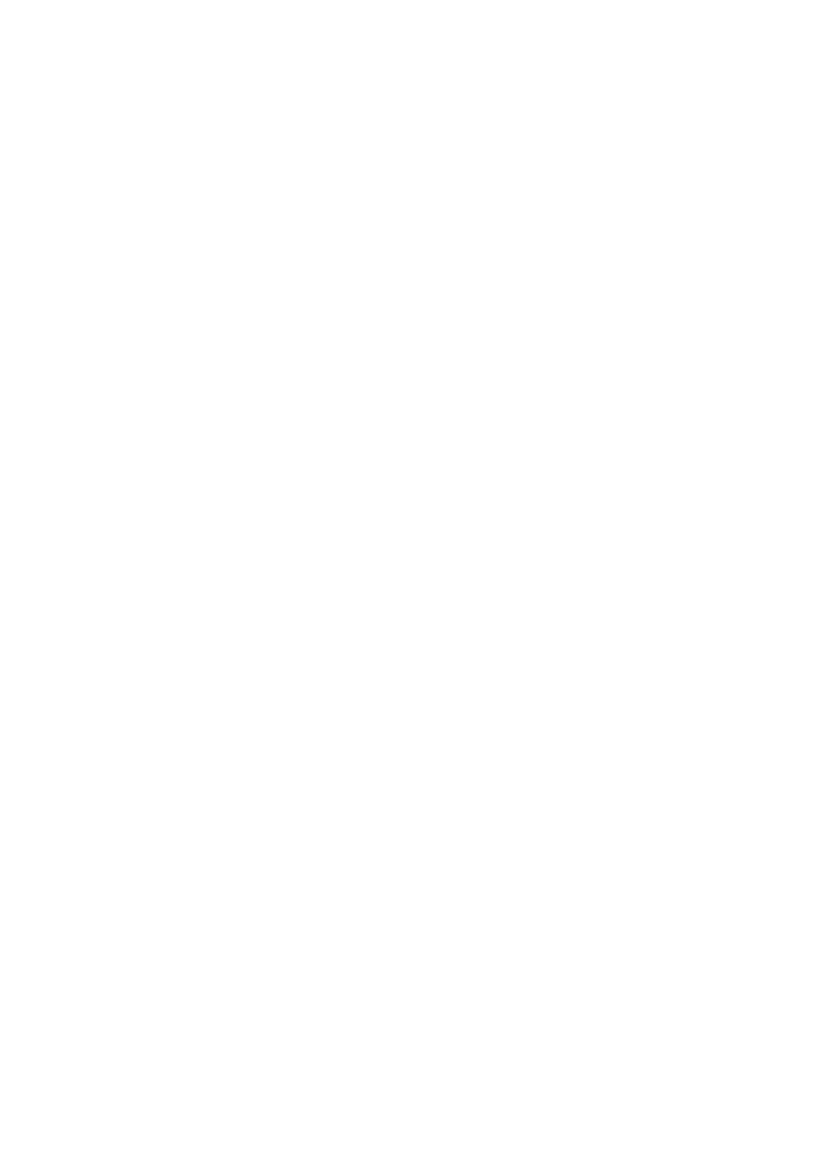
FDAE 302: Needle Craft (Credit: 2.0)
Introduction to Needle Craft, tools and materials used in needle craft
Embroidery – Definition, Classification, Methods & Implementation of basic embroidery
stitch – Straight stitch-Stem, Back, fly stitch; Flat stitch-Satin, Cross; Loop stitch – Herring
Bone, Feather stitch; Knotted stitch-French knot, Bullion Knot.
Basic hand stitches- Techniques used, Application of basting, running, tacking, hand
overcast, buttonhole, hemming stitches.
Crochet – Introduction, Definition, tools, material, techniques, types of Single crochet,
double crochet, treble pattern
Knitting – Definition, Tools & materials used for Knitting, Techniques employed in knitting,
-, Features & Applications of Elementary stitches (Garter, Stocking, Rib, and Moss), Texture,
Rib, Diagonal, Lace pattern, Cable pattern, Cross, Knotted.
Definition, types, Implementation of Patch work, Appliqué, Quilting- tools, material &
techniques
Special techniques-Introduction, Methods, Types & Application of Braiding, Hooking,
Smocking, Macrame Knotting, Bead & Sequins. Present trend embroideries Aari work,
Zardhosi, cutwork etc.
FDAE 303: Needle Craft Lab (Credit: 1.5)
Introduction to Needle craft, tools and equipment used in needle craft
Embroidery – Basic embroidery stitch – Straight stitch-Stem, Back, fly stitch; Flat stitch
Satin, Cross; Loop stitch – Herring Bone, Feather stitch; Knotted stitch-French knot, Bullion
Knot, pearl stitch, weaving – spider web, any one basic machine embroidery.
Crochet – Single, Double & Treble, Knitting – Basic- purl, Knit, Garter, Stocking, Rib
Applique-Hand & machine, Quilting - Hand & machine, Patch work - Hand & machine,
Smocking-Basic & Honey Comb , Macrame-any two, Braiding, Hooking, Lace and Ribbon
work, Bargello. Present trend embroideries – Aari work, Zardhosi, cutwork etc.
FDAE 304: Computer Aided Fashion Design (Credit: 3.0)
CAD definition, Fundamentals of CAD – Introduction, types, general process of design,
application of computers for design, Benefits of CAD, Computers & the Fashion Industry,
Quick response technology, CAD in Today‘s Fashion Industry
Hardware in CAD, Introduction, the design workstation, the graphics terminals, operator,
input devices, plotters and other output devices, the central processing unit, secondary
storage.
Computer Graphics Software and Data in Apparel Industry – Introduction, the software
configuration of a graphics systems, functions of a graphics package, Database structure &
content, Geometric modeling – 3D modeling, other CAD software feature.
Basic maintenance of operations – preference, setting up a document, what is resolution,
saving files, file formats, zooming in & out, view options, CAD approach to design, vector
graphics object VsRaster design.
Introduction to DBMS features of a DBMS, Advantages of using DBMS.
Photoshop & Corel Draw – Introduction, features and its applications.
Fashion trend forecasting websites – Introduction, leading online trend-analysis and research
service on creative and business intelligence for the apparel, style, design and retail
34
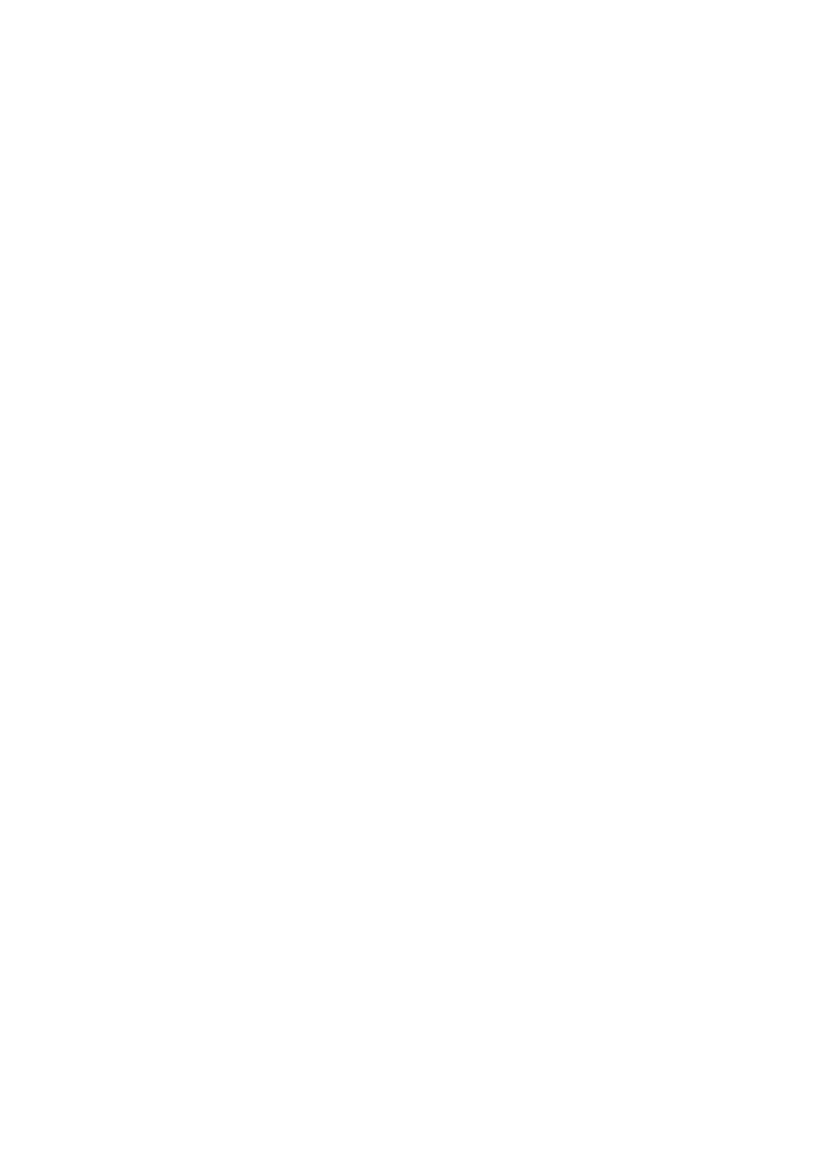
industries, insight and creative inspiration, real-time retail coverage, seasonal trend analysis,
consumer research and business information.
CAD applications in fashion field – garment designing, weaving, knitting and embroidery
and textile dyeing and printing
Presentation & Graphics – External & Internal presentation of apparel industry, planning a
presentation, Computer – generated presentation, Computer – generated catalogues,
Presentation boards (Preparing portfolio presentation), Multimedia and 3D presentation.
Textile design systems (Knitted fabrics, printed fabrics, yarn-dyed fabric),
Illustration/sketchpad systems (Texture mapping: 2 ½ and 3D draping software), Embroidery
Systems, Specification and Costing Systems, Digitizing Systems, Grading Systems, Marker
Making Systems (Plotting, cutting operations, PDS –Pattern Design Software, Body
measurement software), Commercial Software Systems.
CAM – Introduction, Categories – Computer monitoring & Control and Manufacturing
support, Computer generated work standards – Time standards & work Measurements.
Computer aided process planning (CAPP) – Retrieval type & Generative type of CAPP
systems and benefits of CAPP.
CIM – Introduction, its types – Traditional and Computer Integrated Production Management
systems. Inventory Management & Production scheduling -MRP-Material Requirement
Planning, CRP – Capacity Requirement Planning, SFC (Shop floor control). Material
handling systems, Human labour in the Manufacturing systems and its benefits. Product Data
management system (PDM).
CAQ (Computer Aided Quality Control) – Introduction, -, Inspection methods – Contact and
Non – Contact inspection methods with examples and its uses.
Applications – Fabric lay Planning, computerized cutting, sorting and Labelling, Bundling,
Fabric pattern designing, modification for size & fit, Pattern Making (PDS), grading and
Marker making, marker efficiency using pattern making software. Future of CAD/CAM.
FDAE 305: Computer Aided Fashion Design-I Lab (Credit: 1.5)
Introduction to fashion trend forecasting websites, how to navigate the website, sourcing
the computer about fashion trend forecasting
Introduction to Photoshop - Photoshop tools in detail, enhancing images, Masking,
transforms, working with layers. Merging & blending layers, text effects.
Creating an advertising brochure. Painting & rendering in Photoshop, creating &
manipulating Fashion Model drawings, gradient‘s use for rendering & 3D effects, making
collage in Photoshop, Applying filters
Create Mood / Inspiration, client / customer, colour and Texture board using Photoshop.
Introduction to Coral Draw. Learning basic tools of Coral Draw. Using Basic Shapes,
Transformations, Duplicate, Cloning. Applying fill, outlines, special effects, shaping objects,
creating custom Shapes using basic shapes and other drawing tool, working with the text,
Effects, Shaping object with envelope tool, Power Clip objects, splitting and erasing portion
of objects.
Creating fashion accessories like necklace, bracelet, anklets, ear ring, and head gear .Etc
Using Coral Draw.
Motifs development – Symmetrical/Asymmetrical, Balanced/Unbalanced, Repeat – ½
drop, ¼ drop, ¾ drop – H/V. Drop reverse, Design placements on boarders, pallu & allover
Logo Designing, Creating Tags & Labels – Main label, Size label, Wash Care label,
Content label using Corel Draw.
35
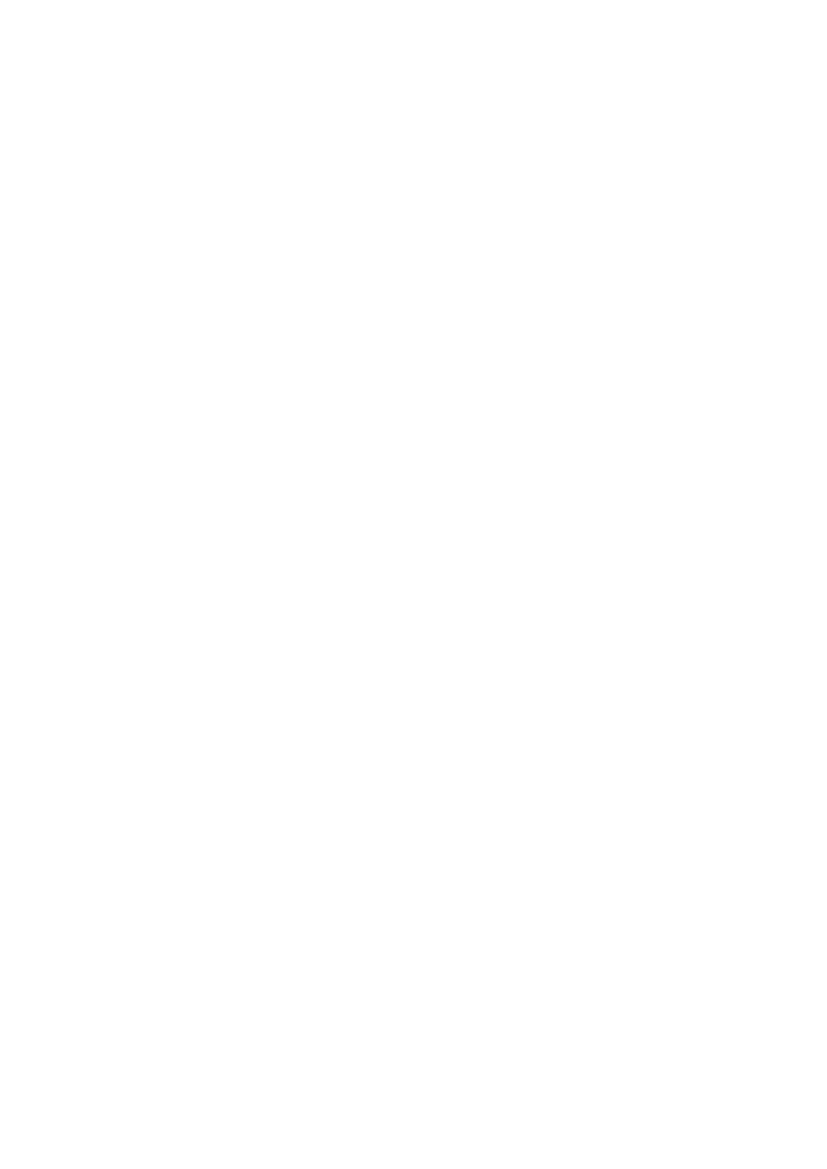
FDAE 306: Fashion Design Studio (Credit: 1.5)
Main objectives of this course are to give an idea how to make a link up or how to
translate the concept of Inspiration/Theme, which will be executed in a new creative
design.
Student will start work by selecting an Inspiration topics and make an inspiration board.
After completing inspiration board, now have to generate a theme or collection name and
make a theme board/mood board.
Considering the theme student will extract the inner meaning and link up with different
elements of design. Brain storming or mind mapping is the main factor in the design
segment.
Develop a Design Development sheet (DD sheet) by flat sketch or free hand sketch
based on previously justified theme and mind mapping.
Among of previously developed design, will finally select any 4/5 design and make an
illustration.
. In a design illustration all the concern factors like fabric texture, figure proportion,
elements of design and principles of design should be implemented in an actual manner.
Make a proto sample of selected design with using available fabric and fastener.
Fit checking and fit comments as well as correction indication for final product.
Make final garments by using actual trims and accessories.
Conduct a photo shoot of newly created design and make a professional look board.
FDAE 307: Draping (Credit: 2.0)
Introduction to draping, Tools &equipments used in draping
Draping terminology – Apex, Balance, Plumb line, Trueing, Blocking, Blending, Princess
line, Clipping and marking. Draping- Principles of Draping, Fitting methods
Basic Draping Techniques- Bodice Front, Bodice Back, basic skirt, Dart Manipulation
Techniques
Draping Techniques- Dresses-Bias, Princess line, neckline -Cowl, collar- mandarin, peterpan,
Sleeves, Yokes –shoulder, midriff, hip line.
FDAE 308:
Draping-I Lab (Credit: 1.5)
Introduction to Draping
Basic Draping methods – Bodice Front & Back, Skirt Front & Back
Dart variation by draping technique (shoulder dart, side seam dart, Neck line dart, double
dart etc…)
Asymmetric dart manipulation by draping technique.
Converting Dart into Tuck dart and different types of decorative pleat.
Basic one shoulder bodice draping technique.
Draping-Collars, Yokes.
Draping Dresses-The Straight Shift, Princess Dress.
Implementation of different style line and yoke line into bodice or dress by draping
technique
Basic Skirt draping method and execution of different yoke line (straight, curve line …..)
36
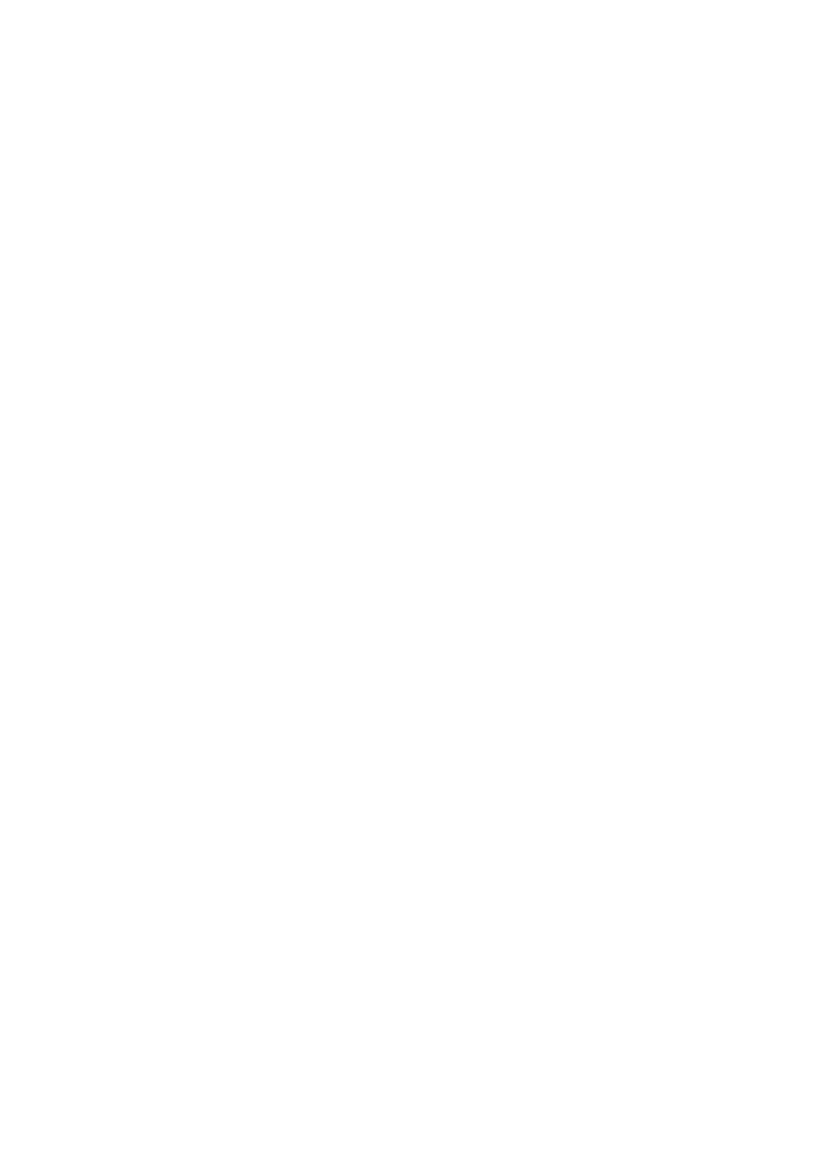
High Yoke Skirt development by draping technique.
Student will make 1 or 2 fully finish apparel based on item/topic taught in the classroom.
After making that one should make a fit test and make a comments sheet which will be
submitted respective course teacher. End of the course each student will create a design and
make a fully finish garment. They have to conduct a photo shoot session for final creative
dress and make a file including draping work, pattern set, trims and accessories details etc.
FDAE 309:
Special Clothing & Materials (Credit: 3.0)
Introduction to modern and traditional techniques in clothing and fashion sector; Use of
Special Materials: Narrow Fabrics, Leather, PVC, Fur & Functional Textile Components.
Special effects by using different types/ specialized fiber, yarn, fabric and wet processing.
Special clothing production: Haute Couture, Draped clothing, Strapless clothing, Fire-
fighting suit, Space suit, Medical textiles, Smart textiles, Ballistic / Military clothing,
Chemical resistant PC, Antimicrobial PC, Rain proof wear, winter wear, Survival Clothing
etc.
FDAE 310: Digital Fashion (Credit: 1.5)
Digital drawing and rendering of a human figure, Development of an apparel sketch
Technical drawing of an apparel design, Rendered technical sketch of an imposed design
Selection of inspirational source and exploration of collage as a design development medium
Translation of a collaged prototype into a detailed technical sketch
Developing individual illustration techniques and creation of a fully rendered garment sketch
in reference to the technical drawing
Coordination of a garment with necessary styling components to visualize it as part of a
complete fashion look. Layout planning and preparations for the final submission.
Development of concept board in response to the given brief by using advance digital tools
Design development process based on previously built mood board, Design Presentation /
Realization of technical aspects of chosen design, Exploring garment styling & accessories
Introduction to CAD and its application.
37
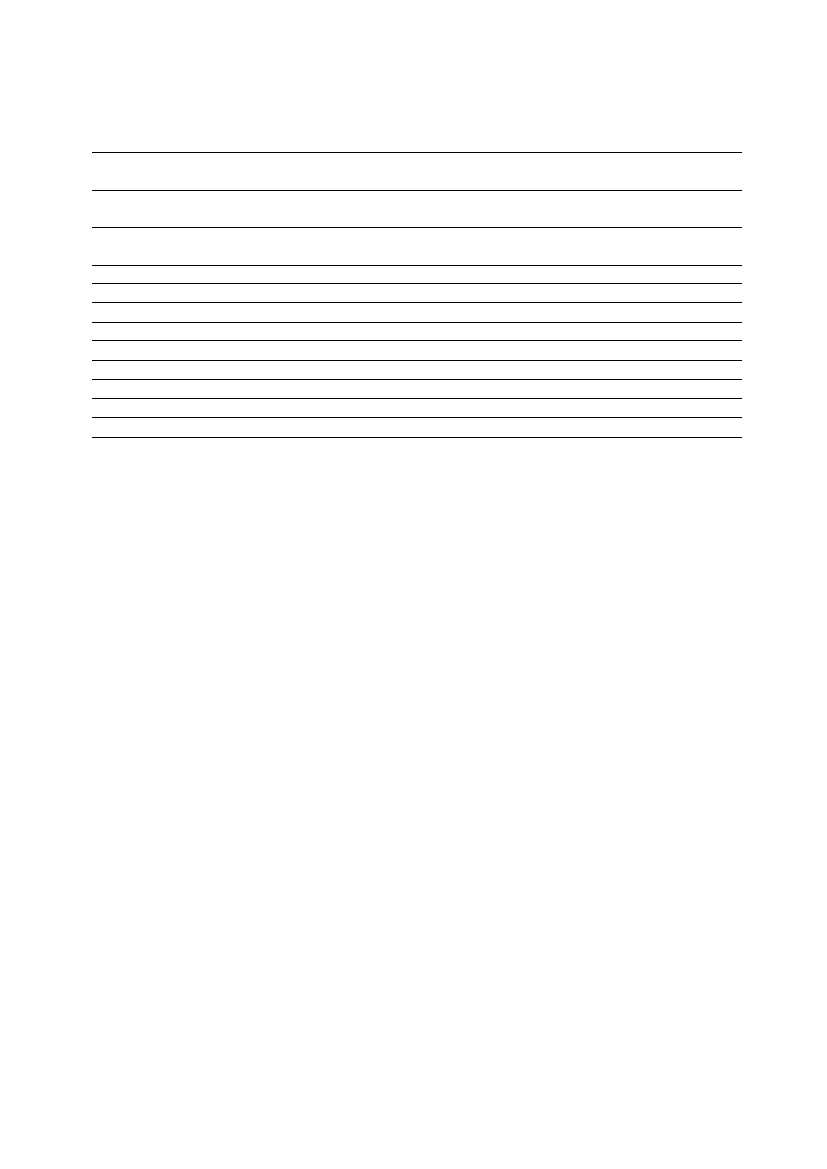
Level 3 Term 2
Course
Title
Type of
Instruction Credit
Code
Course
h/week
FDAE 311
Apparel Production Planning and Process
Theory
3.0
2.5
Control
FDAE 312
Fashion Retailing, Marketing &
Theory
3.0
3.0
Merchandising
FDAE 313
Industrial Engineering in Apparel Industry
Theory
3.0
3.0
FDAE 314
Accounting and Cost Management
Theory
3.0
3.0
FDAE 315
Draping-II Lab
Practical
3.0
1.5
FDAE 316
Fashion Accessories Creation
Practical
3.0
1.5
FDAE 317
Brand Design and Management
Theory
3.0
3.0
FDAE 318
Brand Design and Management Practical
Practical
3.0
1.5
FDAE 319
Creative Design Analysis & Collection Lab
Practical
3.0
1.5
FDAE 320
Industrial Visit (Apparel/Fashion Industry)
Practical
3.0
1.0
Total
21.5
FDAE 311: Apparel Production Planning and Processes Control (Credit: 2.5)
Control parameters and basic data of styles and generalized garment types, new program
analysis, style wise design wise analysis on production parameters, product development and
duplication. Concepts of concurrent engineering, reverse engineering, production planning
and time and action calendar, steps between prototypes to approved sample-production
sample, product data management and understanding specification sheets and effective
communication.
Operation break down and production sequence, identification of bottle necks and critical
area, operation wise machinery allocation, usage of special attachments and tools for
operation simplifications, production grid and flow chart.
Cutting techniques, cutting room controls, lay lot planning, bundle distributions, modern
methods in cut piece distribution and tracking different manufacturing systems, mass
customization and made to order manufacturing systems advantages disadvantages and
control measures in sewing.
Production planning -Production floor balancing, line balancing, allocation of man power,
production set up planning for a shirt factory, production set up planning for a bottoms and
jacket factory, production set up planning for a fully integrated apparel manufacturing plant,
conveyor system and control parameters.
Quality control in product development, quality control in printing, embroidery, washing and
other accessories, quality planning, preproduction meetings and quality procedures,
production meetings, in line inspection, final inspection, rescreening conditions and final
inspections. Packing- Ratio packing, solid packing, short shipment, excess shipment,
calculation of volumetric weight, carton dimension other requirements.
38
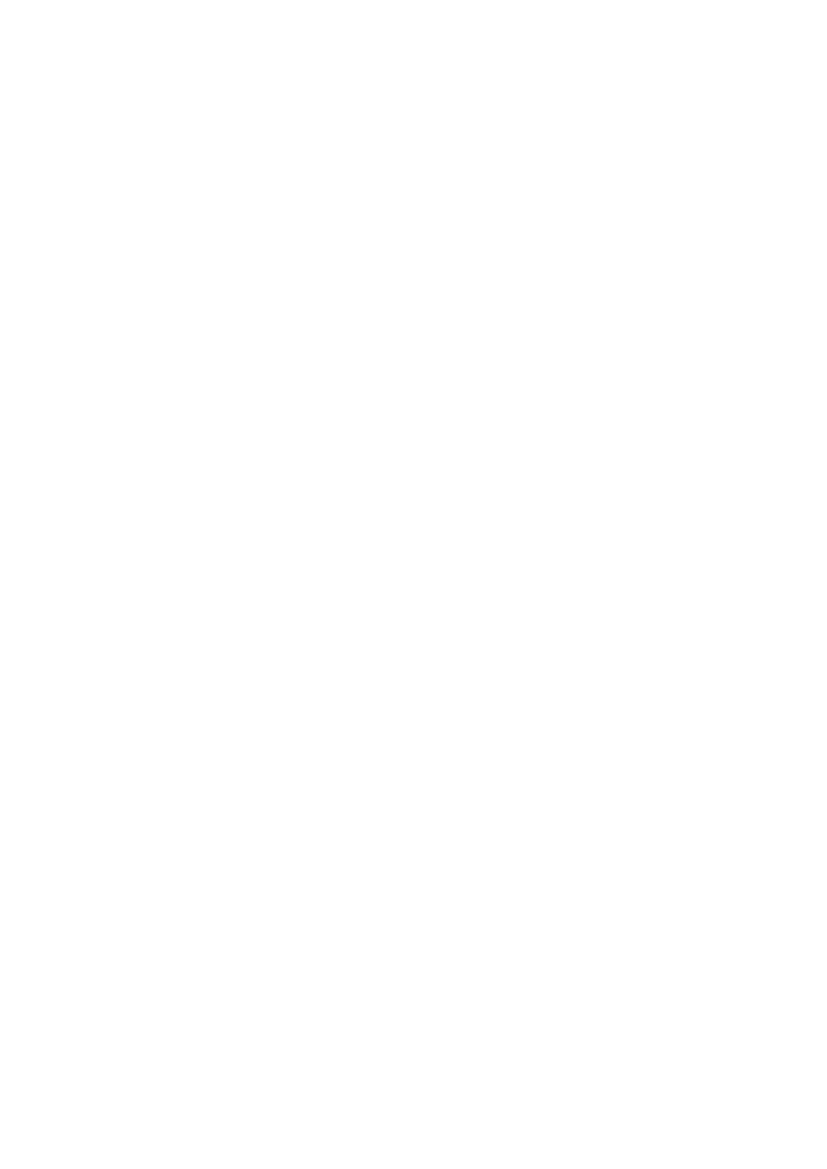
FDAE 312: Fashion Retailing, Marketing & Merchandising (Credit: 3.0)
Introduction to Retail, Marketing, Management and Merchandising, terminologies
Fashion retailing-History, Scope, Importance, Types (Domestic and International),
techniques, and channel of distribution
Marketing – types, four P‘s, fashion promotion advantages, trade shows, Market weeks,
exhibitions, fashion shows, market survey and research
Types of merchandising, concepts, merchandise planning, sampling- Importance, counter
sample.
Brand building-Introduction, strategies, image building, brand expansion, global trends
Visual Merchandising-Interior, exterior window display, store planning and layout-fixtures,
location, lighting, dressing, props and promotions, masking and proscenia, mannequins and
three dimensional dressing
Introduction to customer relationship management, measuring customer relationship
management, customer response, satisfaction, loyalty, customer relation and complaint
management.
Retail merchandiser, concept, quick response, Just –in-Time, merchandiser calendar, trend
analysis, forecast analysis, concepts of apparel product line, planning, directing, coordinating
and controlling.
FDAE 313: Industrial Engineering in Apparel Industry (Credit: 3.0)
Industrial Engineering: evolution, functions, role of industrial engineer
Methods study: introduction, techniques of recording; method analysis techniques; principles
of motion economy; method study in garment manufacture; ergonomics- importance,
workplace design, fatigue
Work measurement: introduction; time study – equipment and procedure; standard data;
predetermined time standards; work sampling techniques; incentive wage system; work
measurement applied to garment industry
Site selection for textile industry; plant layout - types of layouts suitable for textile industry,
methods to construct layout; line balancing
Statistical Process Control: data collection; concept of AQL, control charts in quality control;
process capability.
FDAE 314:
Accounting & Cost Management (credit: 3.0)
Definition of Accounting, Users of Accounting Data, The Accounting Profession, Financial,
Cost & Management accounting, Accrual vs. Cash Basis of Accounting, Generally Accepted
Accounting Principles, Accounting Assumptions.
Accounting for Merchandising Operations-Recording Purchases of Merchandise;
Determining Cost of Goods Purchased; Determining Cost of Goods on Hand; Computing
Cost of Goods Sold; Gross Profit; Trading Account, Profit & Loss Account
Accounting for Manufacturing Operations specially differences arising from Cost of Goods
Sold/manufactured Calculation and its sub components
39
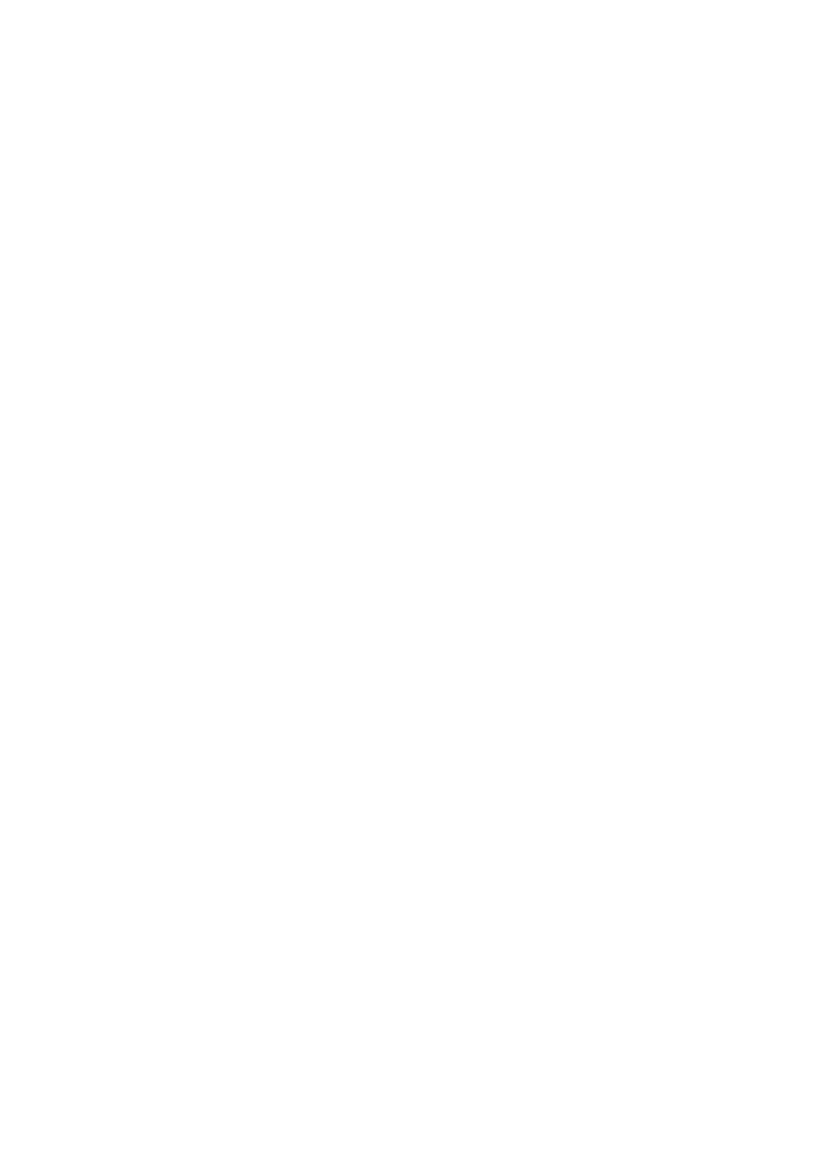
Preparing Financial Statements-Income Statement, balance sheet, cash-flow statement,
statement in changes in owner’s equity, financial disclosures, Reading the financial
statements including Ratio analysis
Meaning, scope, objective, advantages Financial Accounting vs. Cost Accounting, Factors
influencing the design of a cost limitation of costing system- steps, difficulties, Measures to
overcome the difficulties, Cost unit, Methods of costing types, Development of Cost
Accounting.
Cost Behavior: Basic cost behavior patterns, Economic, Accounting and other cost pattern,
product Costing concept Need for Knowledge of cost behavior, Methods of estimating cost
relationship.
Cost Elements- Costing for materials, Costing for labor, and costing for Overheads
Cost Accounting system- Job order costing, Contract Costing and Process costing
Costing Techniques: Standard Costing, Costing of by products and joint products, Direct
Costing
Analysis of Cost Behavior– variable, Fixed and mixed, Cost – Volume – Profit Analysis
Analyzing cost for Pricing and short run decision- BEP Analysis, Cost for decision making,
Differential cost analysis.
FDAE 315:
Draping-II Lab (Credit: 1.5)
Basic halter neck dress development by draping technique.
Off shoulder dress draping and lining execution.
Different neckline variation by draping technique.
Cowl neckline dress draping and make final garment.
Execution of different decorative Style line and yoke line at bodice
Assembling of basic off shoulder dress with lining.
Execution of bra pad and lining into a corset and fully finish that
Implementation of asymmetric cut and sew line at bodice, skirt and dress
Fix up an Inspiration topic, and create Inspiration board, Theme/Mood board
According to the theme student will create at least 10 designs. Among of those, have to
make 1 or 2 fully finished GOWN or Couture type apparel.
Student will make 1 or 2 fully finish apparel based on item/topic taught in the classroom.
After making that one should make a fit test and make a comments sheet which will be
submitted respective course teacher. End of this course student will make a Inspiration board,
Mood/Theme board and Final design board on a specific Inspiration/Theme. Each student
will make a fully finish creative/couture wear based on his theme. After completing the
garment will conduct a photo session of that product and create a look board or look book. A
final file consisting of final design illustration, flat sketch, fit comments, trims and
accessories details have to submit.
FDAE 316: Fashion Accessories Creation Lab (Credit: 1.5)
Drawing of fashion accessories (head gear, footwear, hand bag, belt and Jewelry)
Fashion Figure rendering with different types of accessories.
40
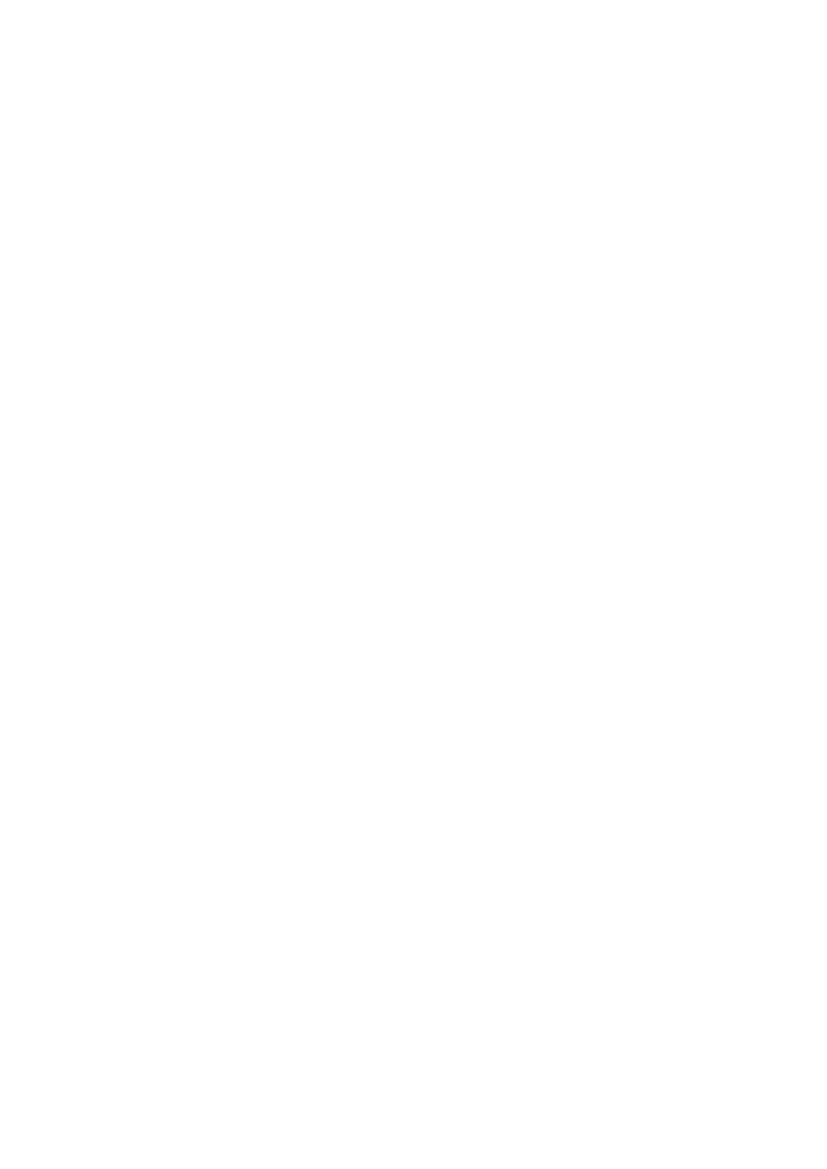
Concept of Making accessories like Hand bag, head gear, side bag etc.
Making of Fashion accessories and sourcing different materials.
Cost calculation of different accessories.
Sourcing of footwear manufacturing unit and making process of fashionable creative
footwear.
Student will create own design at any category of Accessories. Then will make with the help
of professional person. Need to make a product photo shoot and submit with look board with
detail specification as well as cost breakdown.
FDAE:317
Brand Design and Management (Credit: 3.0)
Nature of the Fashion Industry, Structure of Fashion company, Merchandise process and the
inter relationship of Players and their roles - Fashion Marketing and buying at Industry Trade
shows.
Fashion marketing Strategies
Fundamentals in Brand - What is a Brand, Brand vs. Product, Why brands matter, Can
anything be branded, Brands and added values. Factors shaping a brand over its life cycle,
Designer as Brand.
Developing Brand image, Advertising and Promotion in the Fashion industry.
Brand Equity: Customer-based Brand Equity; Concept of brand equity, Sources of brand
equity ,Benefits of brand equity, Brand Knowledge Structures, Choosing Brand Elements to
Build Equity, Brand element choice criteria, Brand element options, Brand element tactics .
Brand Equity Valuation: Measuring Sources of Brand Equity; Qualitative research
techniques, Quantitative research techniques, Measuring Outcomes of Brand Equity;
Comparative methods, Holistic methods, Brand Equity Measurement System; Conducting
brand audits, Designing brand tracking studies, Establishing a brand equity management
system.
Brand management- Focus on Public Relation, Event and Media planning.
The Fashion System and its most important Brands - Designs, Consumers and Quality.
ASSIGNMENTS-
Presentation and Research on 3 different Brands as Case studied for Target, Customers, Style
and Quality.
Collection &Presentation of a design collection for a Brand. (Group Project) - A Practical
exam will be taken and marked out of 120.
FDAE 318: Brand Design and Management Practical (Credit: 1.5)
Assessment of various Apparel Brand having similar Categories and Costs for Men or
Women.
Study of Brand Identity for the selected Brands.
Develop your own Brand having similar qualities.
Discuss the strengths and weaknesses of your newly developed Brand.
Give the Promotional Policies for the same.
ASSIGNMENTS-
Presentation and Research on 3 different Brands as Case studies for Target, Customers, Style
and Quality.
Collection &Presentation of a design collection for a Brand. (Group Project)
41
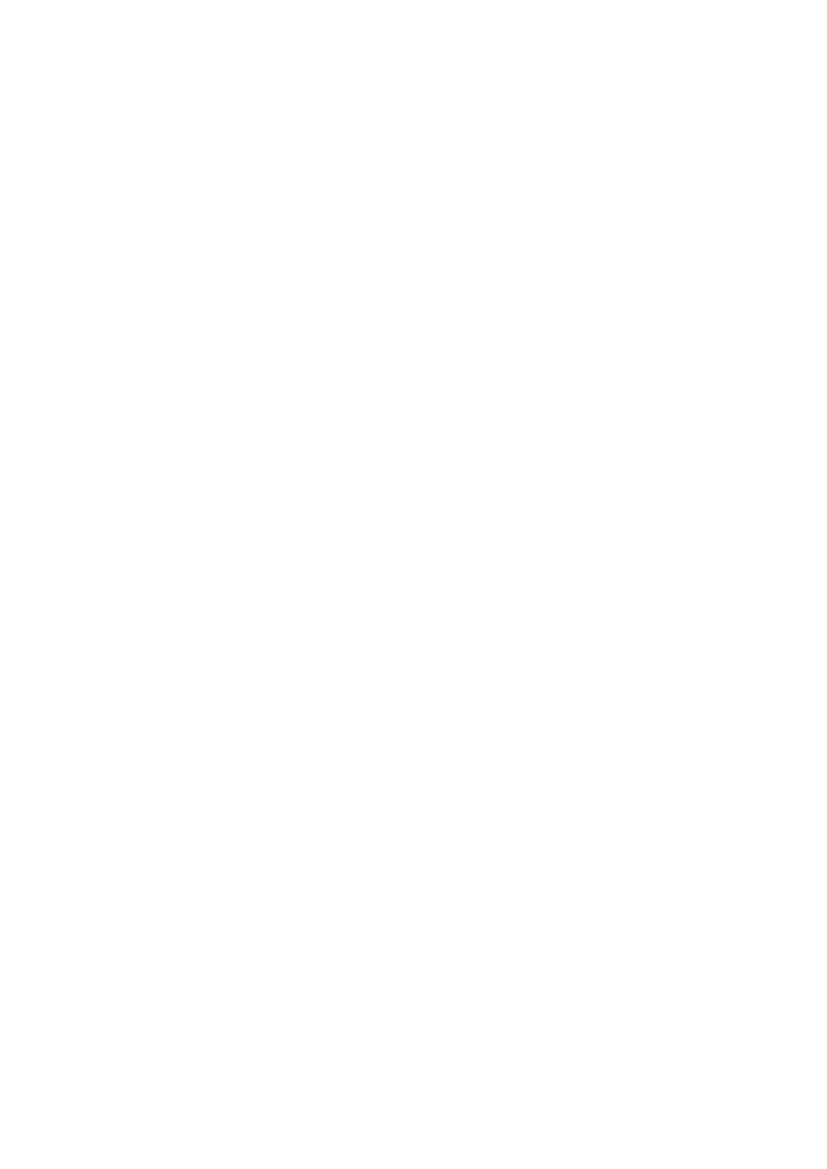
Give the SWOT Analysis, Presentation on Promotional Policies.
FDAE 319: Creative Design Analysis & Collection Lab (Credit: 1.5)
Design research process analysis.
Design Sources : Historic and Ethnic Costume, Historic Inspiration, Folk Influences,
Libraries and Bookstores the Art- Films, Music, Television, Fabrics, Travel, Seasons,
Animals, Insects, Birds, Nature, Flower & Trees, sea under water life, Architecture,
Historical periods, Materials, Art and the work of painters, Sculptors, Technology etc.
Design Development: Concept Boards, Research work (Color research, Texture, Details)
Color chart & Fabric Swatch, Flat Sketch of garments.
Design Element:
Colour: Colour Dimensions, Hue, Value, Intensity, Warm Color, Cool Color, Neutrals,
Color Relationship, Color Naming, Basic Color Schemes.
Fabric: Fabric Selection, Fabric Characteristics, Texture, Performance, Weight and Hand.
Silhouette: Natural Silhouette, Slim Silhouette, Rectangle Silhouette Wedge Silhouette, A-
line Tent Silhouette, Hourglass Silhouette.
Line: The internal structure symmetrical line, asymmetrical line, vertical line, horizontal
line, diagonal direction, repetition of elements, graduate development.
Design Principles: Proportion & Balance, Symmetrical Balance, Asymmetrical Balance,
Repetition, Emphasis, Sequence, Alternation/ Variation, Gradation, Rhythm.
Successful Design: Sketching ideas.
FDAE 320: Industrial Visit (Apparel/Fashion) (Credit: 1.0)
Marks Distribution:
Report (40%), Written Examination (30%) and Presentation (30%)
42
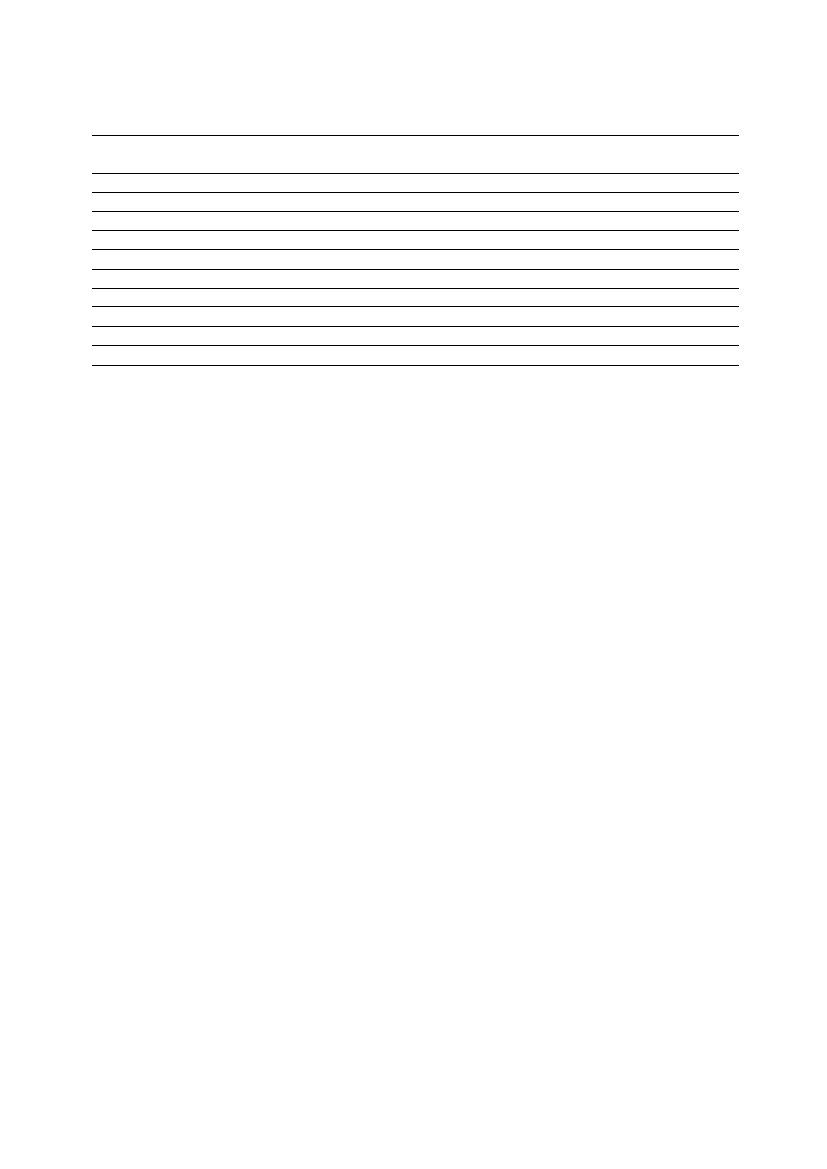
Level 4 Term 1
Course
Title
Type of Instruction Credit
Code
Course
h/week
FDAE 401
Entrepreneurship Development
Theory
3.0
3.0
FDAE 402
Computer Aided Fashion Design- II Lab
Practical
3.0
1.5
FDAE 403
Garment Surface Ornamentation
Theory
3.0
2.0
FDAE 404
Garment Surface Ornamentation Lab
Practical
3.0
1.5
FDAE 405
Apparel Total Quality Management
Theory
3.0
3.0
FDAE 406
Apparel Total Quality Management Lab
Practical
3.0
1.5
FDAE 407
Clothing Culture & Communication
Theory
2.0
2.0
FDAE 408
Product Development & Re-engineering
Theory
2.0
2.0
FDAE 409
Consumer Behavior in Fashion
Theory
3.0
3.0
Total
19.5
FDAE 401: Entrepreneurship Development (Credit: 3.0)
Introduction to entrepreneurship, development of entrepreneurship in international &
domestic business, role of entrepreneurs in development of apparel and fashion industry,
entrepreneurship with reference to fashion and apparel industry in Bangladesh.
Motivation and theories for entrepreneurship development: McClelland’s Achievement
motivation, Schumpeter’s views on entrepreneurship, impact of work motivation theories of
Maslow, McGregor and Hertzberg-a proposed model of entrepreneurial motivation, The
emerging essential behavioral patterns of the entrepreneurs, factors and influence on
entrepreneurship, factors behind entrepreneur growth in fashion and apparel industry.
Entrepreneurial support by state, central financial institutions, organizations. Government
policies and Entrepreneurship Development Program with reference to textile and apparel
industry.
Start-up strategies: Scratch-buying and franchising strategies
Business planning- Starting a new venture related to apparel industry, essentials of a
successful center. Formalities of opening a firm, the status of firm, individual
proprietor/partnership/ Pvt. limited company & public Ltd Company, bank formalities, term
loan, working capital, project financing.
Location & plant layout-factors influencing plant location, building, structure, lighting,
Ventilation, material handling, availability of labor, material management and transportation.
Plant layout, ergonomics safety & security to be considered while planning the layout.
Industrial sickness and remedies, tax planning, VAT, Patent Rules, Factory Act, Labor law
Minimum wages, knowledge of exemptions & deductions.
Environmental considerations and corporate social responsibilities (CSR).
FDAE 402:
Computer Aided Fashion Design–II Lab (Credit: 1.5)
Developing Croqui figures for men, women and children using Photoshop/ Corel Draw.
Draping of garments on men‘s, women‘s & children casual, party, night, sports, office/formal
wears using Fashion Studio software / Photoshop / Corel Draw.
Design flat sketches along with stitch specification for the following: Children – Girls (A-
line & yoke frock), Boys (shirt & shorts) Adults – Women‘s (Top, Skirt, gown), Men‘s
(Shirt, Kurtha, Trouser).
43
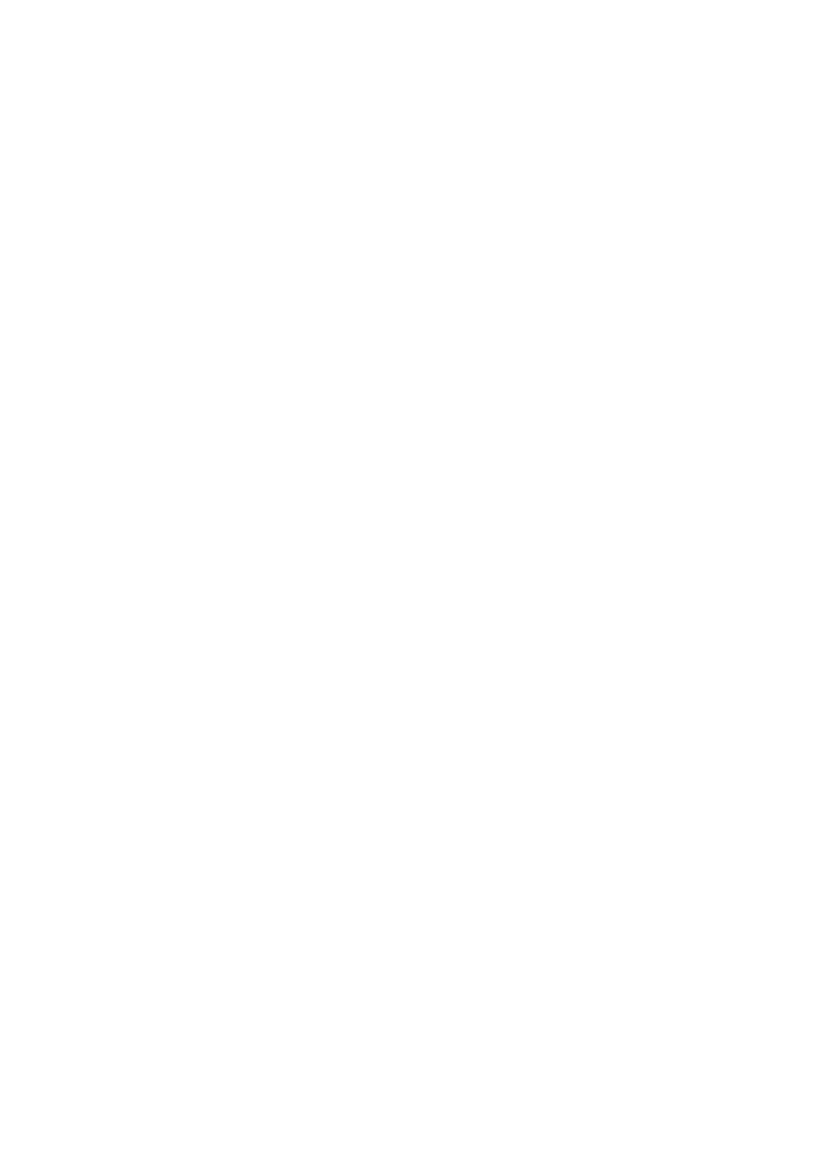
For the above create spec sheets, cost sheets for each garment using Fashion Studio software /
Photoshop / Corel Draw.
PDS – Introduction, pattern for digitizing, Getting started in Pattern Design – Introduction to
PDS (pattern design screen), File menu, Opening and saving, Managing Pieces on the screen,
measure, Edit and View functions. Point & Notch Functions, line functions, Piece functions.
Prepare Patterns - A-Line Frock, Skirt, Shirt, Dress / Top, Shorts and Trousers
Introduction to grading. Grade the above patterns. Marker Making. Make marker plan for
women‘s Top/Skirt/ Men‘s Shirt/Trouser/Kurtha.
Window display products / commodities for a retail shop using VM software.
FDAE 403:
Garment Surface Ornamentation (Credit: 3.0)
Enhancements and Decorative Techniques by Embroidery, Stitch, Cutwork, Patchwork: 3D
Embroidery & CAD Embroidery, Embroidery techniques and themes, Classifications: Chain
Stitch, Lazy-daisy, Rose-button stitch, Zardousi, Nakshi, Patiala Phulkari, Ari, Cross Stitch
Counted Thread Embroidery, Croatian Embroidery, Turkish Embroidery etc. Selecting
material, techniques & machine.
-
Different types of lace: Needle lace/White work, Hardanger a contemporary white work
technique, St. Gallen Embroidery.
-
Appliqué, Patchwork, Embellishment (beads, buttons, metal & mirror work), Quilting &
Felting, Pin tucks.
-
Mechanical & Chemical Finishes: Techniques of finishing depends on the factors,
Aesthetic & Functional finishes, According to quality: Temporary, Semi Permanent,
Permanent finishes, Chemical & Mechanical finishes.
-
Mechanical finishes: Calendaring, Texturizing.
-
Different types of calendaring effects: Surface Glazing, Cire Effect, Moire Effect,
Schreiner Effect, Embossing Effect.
-
Texturizing: Shearing, Brushing, 3D or Raised embossing, Pleating, Flocking,
Embroidery, Expanded Foam, Napping.
-
Felting & Tufting, Beetled, Burn out
-
Finishes used to change the drape: Parchmentizing, Acid designs, Burnout, Sizing and
Weighting.
-
Functional Finishes: Water Proof, Water Repellant, Crease Resistant, Flame Retardant,
Soil Resistant, Antimicrobial finishes, Moth Proof & Antistatic finishes.
Introduction to Traditional embroideries
Traditional Bangladeshi/Bangladeshi embroidery- History, types, Symbolism of embroidery
of different states of Bangladesh –Kutch, Kathiawar, Sindh, Phulkari, Kantha, Kashida -
Material, motifs, symbolism, color, stitches, technique, relevance.
Traditional Bangladeshi embroidery- History, types, Kasuthi, Chambarumal, Zardozi,
Chikankari, - Material, motifs, symbolism, color, stitches, technique, relevance
Tribal Embroidery- Introduction, Types –Nagaland, Manipuri, Lambadi, Thoda with their
traditional influence, symbolism, techniques, fabric, stitches &color.
Western Embroidery – Introduction, types – Bargello and Persian embroidery.
-
Printing methods and styles of printing; general constitution of printing paste, Printing
processes for fabrics of different fibers with Direct, Acid, Basic, Vat, Reactive & Disperse
dyes and their after-treatments printing with pigments, principles of transfer and ink-jet
printing, dyeing and printing faults, assessment of fastness properties of dyed and printed
goods.
44
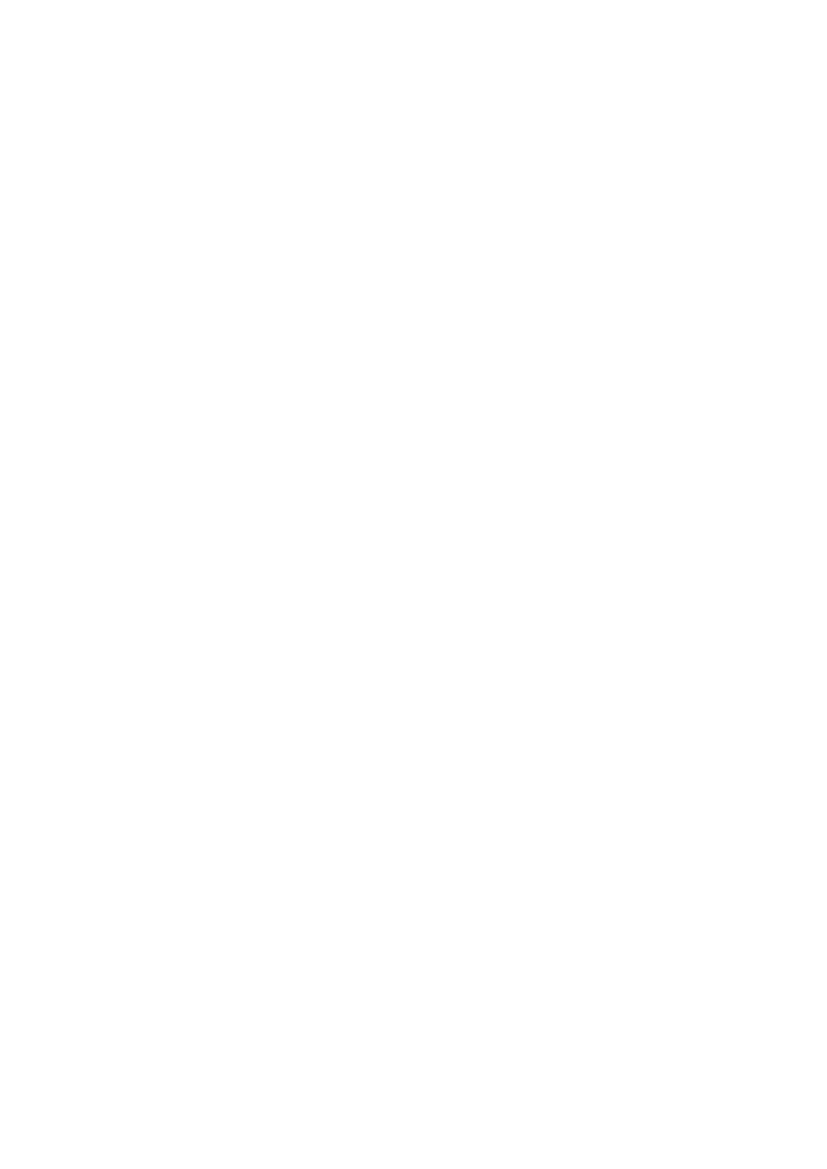
FDAE 404:
Garment Surface Ornamentation Lab (Credit: 1.5)
Embroidery Techniques: Bangladesh craft Industries- design and manufacturing parameters
and constrains professional practices.
Embroidery and surface decoration Hand and machine, metallic, Mirrored work, appliqué and
surface Decoration- Hand and Machine, metallic, Mirrored work, Appliqué, Decouple, cut-
work, Bead-work. Bangladesh cultural scene, Embroidery for Fashion, Theatrical costume,
Liturgical and conservation. Introduction to traditional Embroideries
Tribal Embroidery, Western Embroidery – Bargello work
Printing: Preparation of printing paste; Printing on different textile materials (Cotton, Jute,
Wool, Silk, nylon, polyester etc.) with direct, Acid, Basic, Vat, Reactive, Disperse dyes &
Pigments with block, transfer, screen printing, batik printing of cotton and silk fabric, Tie
dye, use of vegetable dye.
Mechanical Finishing: Brushing, 3D or Raised Embossing.
FDAE 405: Apparel Total Quality Management (Credit: 3.0)
Definition of Quality, Dimensions of quality, quality planning, and importance of quality.
TQM principles: Customer satisfaction, customer perception of quality, Intrinsic & Extrinsic
quality, service quality, customer retention, continuous process improvement, JuranTriology,
PDSA cycle, 5S, Kaizen, 6 sigma.
Managing quality: Traditional vs Modern quality management, Quality control (QC),
objectives of QC and inspection, Quality Assurance (QA), QA system,
Importance of Quality control in Garment industry, Fabric inspection, identification of
woven and processing defects, 4 point & 10 point system, IPQC, AQL standards
Major inspection points to be verified in a final inspection for Men‘s Shirt & Trouser, Ladies
Top, Trouser, Skirt and Kids Garment.
Care labels, International care labeling system, Japan/ Canada/ British care labeling system,
Eco labels. Quality system;
Need for ISO 9000, Major elements in ISO 9001-2000, internal auditing, Environmental
Management system, ISO 14000 series standards, Environmental Management programme,
and other quality management standards of Apparel industry, AATCC, ASTM--standards,
significance & importance of the same.
Zero defects, JIT, Poka-yoke, and quality circle.
FDAE 406: Apparel Total Quality Management Lab (Credit: 1.5)
-
Fabric inspection (4 & 10 points systems)
-
Designing and Inspection of Apparel care labels, contents, Dimensions and positioning
of the labels.
-
Final Inspection of Garments. Checking points and methods of checking of Men‘s Shirt,
Trouser, Ladies Top, Trouser and Kids garment
-
Preparation of specification sheets for Men‘s, Women and Kids wear.
Note: The Final Inspection checking points as listed below for Men‘s shirt, similarly the
check list to be prepared for women wear and kids wear for practicing by the students. Shirt
Inspection Check list:
45
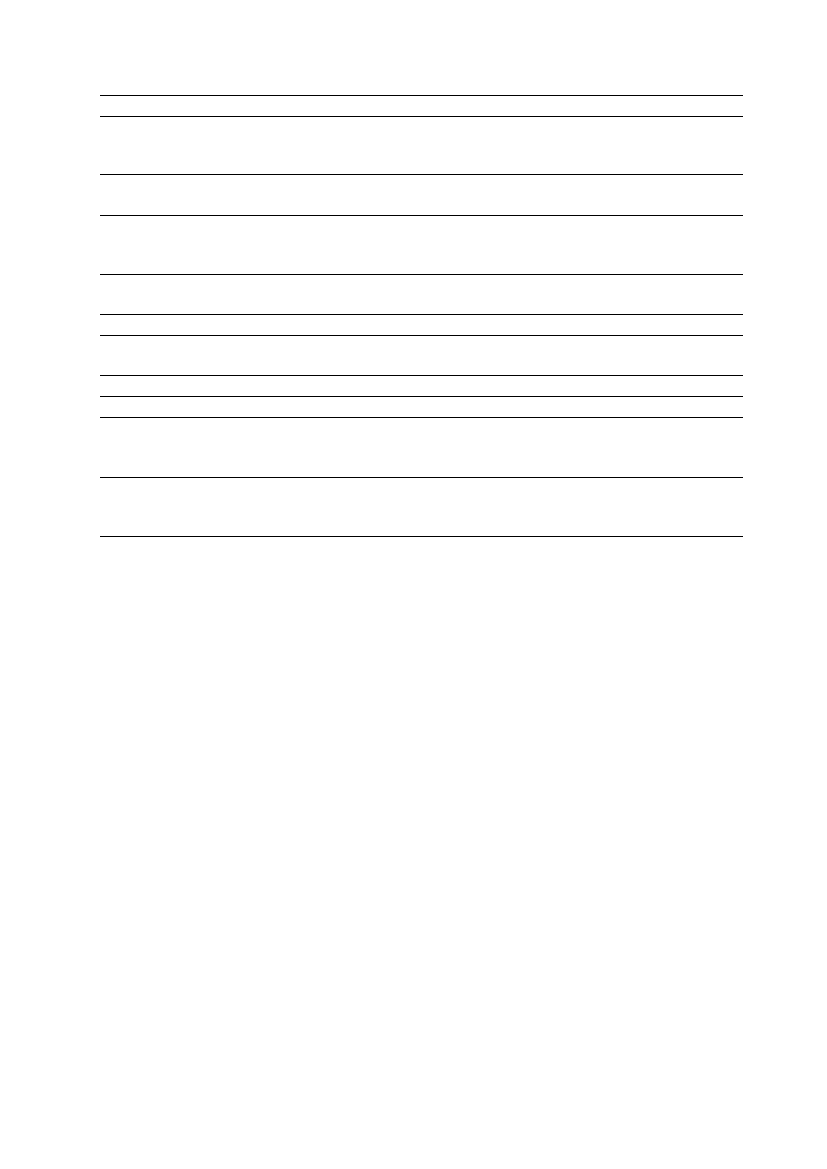
No
Location
Inspect For
1
Collar
Both points are same or not, stripe or checks is matched accurately,
stitch, collar flat or not, interlining, bubble presence, collar stick
placement.
2
Size
Size label is in correct place, and every part size is correct or not. Size
as per the measurement chart, allowances etc.
3
Button
& Placed in right place or not, evenness of the gap between the buttons,
Button hole
Button stitches, finishing, matching, & to make sure button is not
broken. Placement of spare button as per specification.
4
Pocket
Pocket upper edge is horizontal or not, pocket position, size, stitch,
stripe or check match, flat or not.
5
Hem
Stitch, puckering, edge free from stitch.
6
Yoke
& Stitch, puckering, DNLS, matching of stripe or checks.
shoulder
7
Side seam
Pattern matching, stitch, free from raw edge, puckering, straight stitch,
8
Cuffs
Stripes or checks matching, top stitch, flat or not., size of the cuff
9
Finished
Trimming of edges and threads, oil marks, dirt, finger marks broken
appearance
needle, stitch missing, fabric fault, colour matching, balancing of
different components.
10
Buyers
If the Buyer or the importer has given a separate checklist for the
specifications inspection, the inspection to be carried out to verify the sample from
the bulk selected is matching to the requirement or not.
FDAE 407:
Clothing Culture and Communication (Credit: 3.0)
Understanding clothing and Clothing culture.
Individual & dress, personal communication, personal expression, image building,
psychological and sociological influence on clothing.
Clothing culture and communication, men and women clothing groups, role and status of
clothing.
Clothing culture and communication based on conservative, labor, liberal, social, democrat,
customs and marital status.
Individual and dress, personal communication, personal expression, image building.
Psychological and sociological influence on clothing.
Fashion, fashion concepts, differences of fashion and non- fashion, recurring cycles of
fashion, styles and fashion.
Corset culture, fashion in 20 th century. Women at war, between war and post war. Equality
between men and women, sexual revolution, marriage and family, education and
employment. Evolution of different types of costumes.
Minis, maxis, unisex, fit woman, glamorous woman, casual and formal clothing. Fashion for
all ready to wear fashion, mass marketing of fashion.
Youth style and fashion, Teddy boy, skins, mods, hippies, punks, taste of youth and their life
style.
46
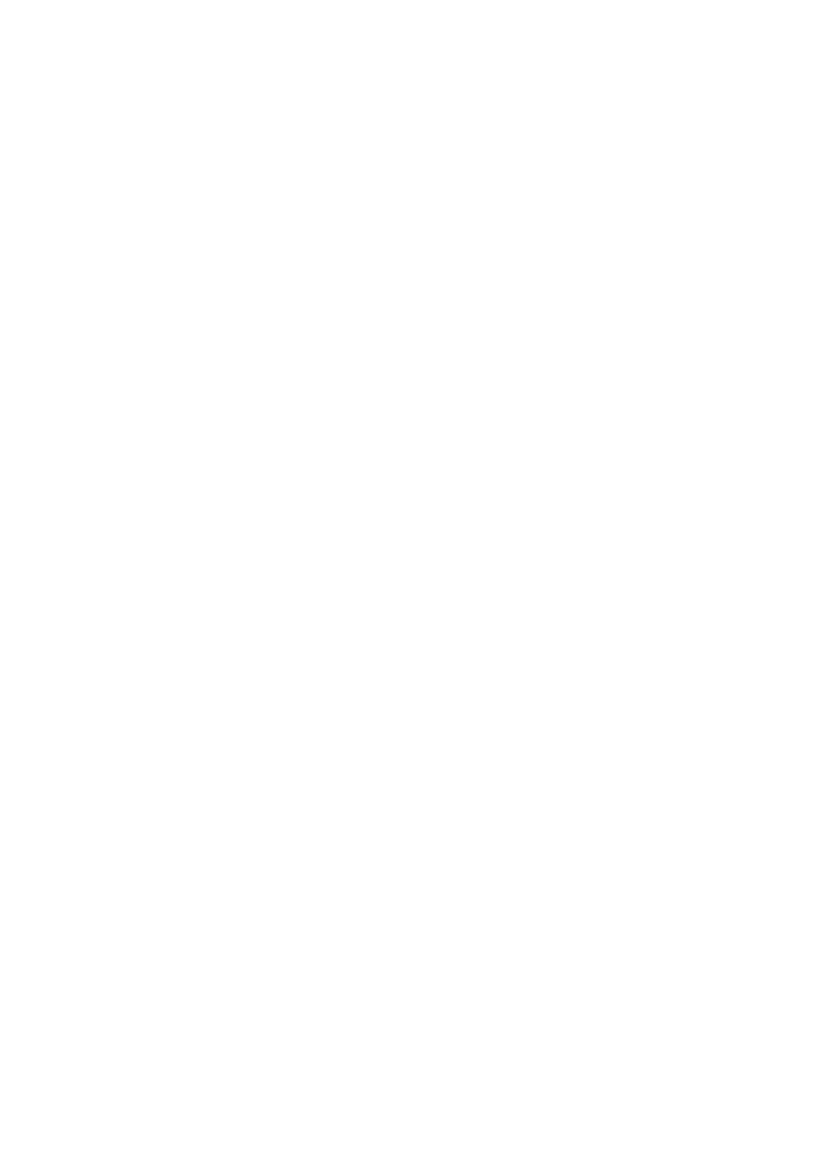
FDAE 405: Product Development and Re-Engineering (Credit: 2.0)
Drawing segment:
Technical Drawing & Industrial Technical Design Drawing.
Design development according to specific parts of garments (collar, cuff, pocket,
sleeve, neck line, yoke, waistband, belt loop, etc.)
Different kinds of Seam Construction .
Silhouette Development and Drawing.
Create Design Development Sheet.
Pattern segment:
Review from 1 st pattern to production pattern.
Sort out Fitting Problem and accordingly solve that problem technically
Pattern base design development and design solution.
Clothing Materials and Accessories segment:
Introducing different kinds of Trims and Accessories which are using in Apparel
Industry.
Develop different kinds of trims and accessories.
Garment Construction segment:
Construction of a Fully Finish Garments ( Top’s & Bottom )
Different kinds of Seam application and construction.
Technical Specification Sheet/ Tech pack development:
Develop a design and make a specification sheet as per design.
Make a trims file for a specific design mentioning their application.
Sort out technical problem from a dress and make a technical comments sheet with
perfect solution.
Student will choose 2 different types of garment/product then sort out all the components and
will create at least 10 variations (using adobe illustrator) for each component. Combining all
of these students will develop Design Development sheet (flat sketch 20 design of each
garment/product). Among of newly developed design students will make 2 final products and
their Specification sheet. Please note that it is mandatory to use all actual trims and
accessories in the final product. Student will make a file including all art work or design
development as well as final design.
47
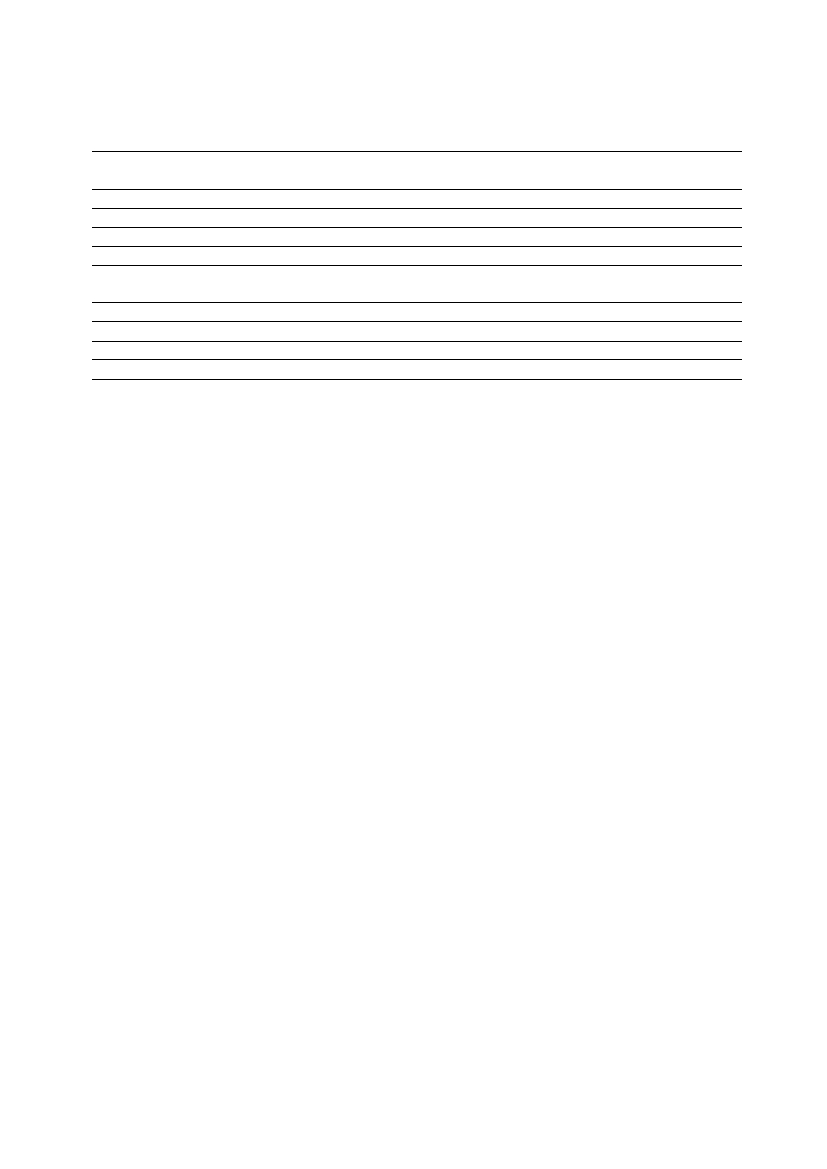
Level 4 Term 2
Course
Title
Type of Instruction Credit
Code
Course
h/week
FDAE 410 Fashion Portfolio & Design Collection
Theory
2.0
2.0
FDAE 411 Fashion Portfolio & Design Collection Lab
Practical 6.0
2.0
FDAE 412 Fashion Forecasting & Trend Analysis
Theory
3.0
3.0
FDAE 413 Fashion Styling and Promotion Practical
Practical 3.0
1.5
FDAE 414 Final
Dress
Submission
&
Presentation Practical 6.0
3.0
(Practical)
FDAE 415 Internship Training/ Craft Documentation
-
3.0
FDAE 416 Project/Thesis
-
3.0
FDAE 417 Comprehensive viva voce
-
3.0
Total
20.5
FDAE 410: Fashion Portfolio & Design Collection( Credit: 2.0)
Portfolio preparation, Definition, types and importance,
Contents of portfolio, Different portfolio presentation skills and Material management
Fashion Forecasting and color Forecasting, Use of online service for forecasting
Clothing categories, styling, price and size ranges for men‘s wear, styling, price and size
ranges for women‘s and styling, price and size ranges for kids wear
Technical Details, Working Drawings, development of spec, flat sketch and costing
Choosing forecast, Mood Board, client board and Colour board, Swatch Board,
Illustrations and Flat sketches Production of Spec sheet and costing, Development of
Logo, Hang tags, concept board.
Fashion Photography. Knowledge of different lighting – indoor and outdoor, aperture, speed
and locations used in fashion photography. Study the work of well-known fashion
photographers
Fashion dressing – makeup- indoor, outdoor, hairstyle, Self-grooming- Introduction,
importance and application.
FDAE 411: Fashion Portfolio & Design Collection Lab (Credit: 2.0)
An individual Portfolio presentation based on a theme
It should have min 2 collections of 5 ensembles each (4 wearable, 1 non wearable)
Portfolio should include development of Story board, Mood board, Colour board, Texture
board, Swatch Board, Logo, Working drawing- costing, spec sheet, development of garments
by drafting, draping and Flat Pattern
Produce one collection from the portfolio and to be presented as fashion show.
Preparation of Concept boards for four seasons of three ensembles each.
FDAE 412: Fashion Forecasting & Trend Analysis (Credit: 3.0)
Defining Fashion, Defining Fashion Trends: Evolution of a Trend, Trend Movement, Trend
Contagion, and Trend Management.
Defining Fashion Forecasting: Visualization & Forecasting, Steps in Developing a Forecast.
48
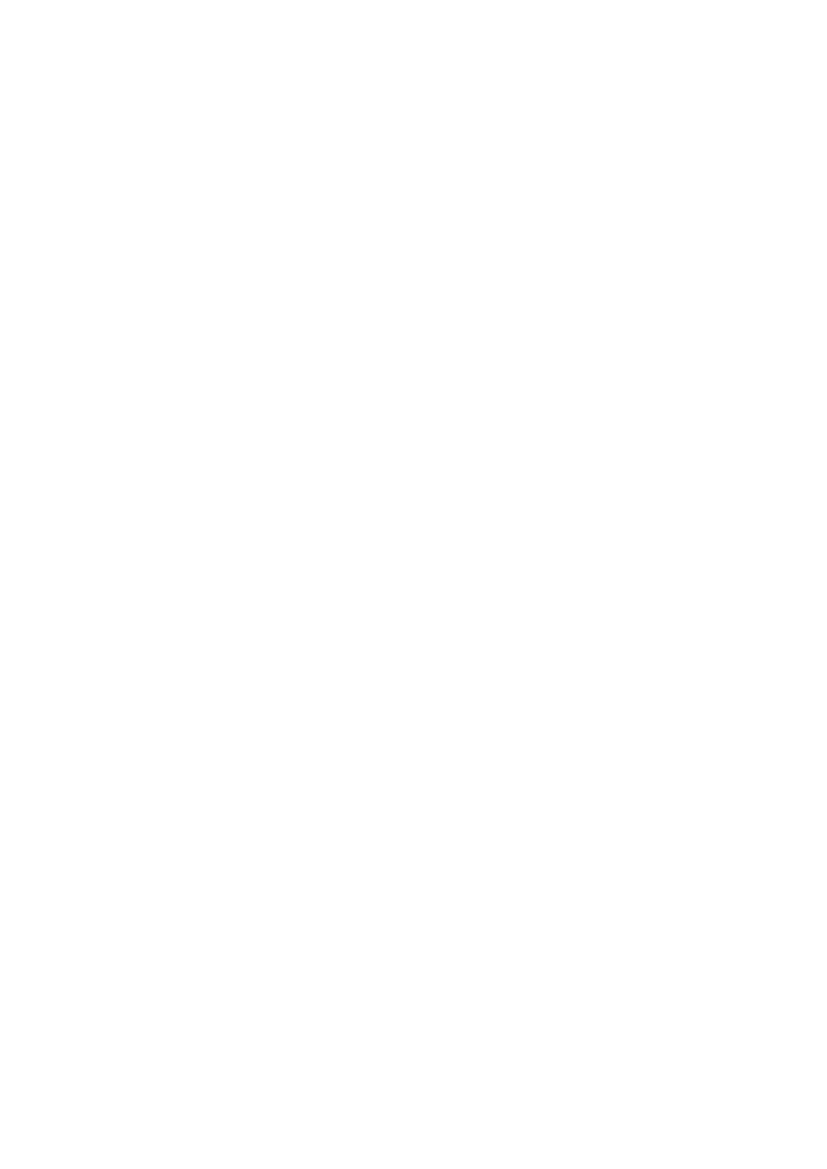
Fashion Forecasting: Forecasting Specialties, Fashion Watchers, Consumer Research & Sales
Forecasting, Cultural Indicators, Competitive Analysis.
Forecasting in the Textile & Apparel Industries: Short term Forecasting, Long Term
Forecasting
Forecasting in Apparel Planning & Scheduling, Manufacturing Cycle, Scouting for Fashion
trends.
Innovation: Diffusion of Innovation, Diffusion process, Diffusion Curve, Characteristics of
Innovation.
The consumer Adoption Process.
Fashion change Agents: Innovators, Fashion leaders, Celebrities and Influential, Fashion
Followers, Media influences.
Forecaster’s Toolbox: Monitoring change Agents, Targeting Innovators, Targeting Leaders,
Determining Marketing Strategies, The Forecasters observation Post, Mapping Celebrity-
Consumer Interaction, Visualizing the diffusion Process, Visualizing the target market.
The direction of fashion Change: Trickle Down theory, Trickle up Theory, Trickle across
Theory.
Color Forecasting: Color of Season, Color in Marketing, Consumers and the Psychology of
color, Color cycles and cultural shifts, Forecasting with color cycles, Color Relationships
across product categories, Sources for color Ideas, Techniques of color Trend Analysis.
FDAE 413:
Fashion Styling and Promotion Practical (Credit: 1.5)
Catalogue Design
Designing of Professional Catalogue for different Brand Categories. The process includes
selection of Apparel Brand, Study of various features of that Brand, keeping in mind the style
of Promotion of that Brand, Designing a Catalogue of minimum 15 pages.
Corporate Stationary Design
Designing of Letter Head, Visiting Card, Envelope (3 options each)
Fashion Styling
Selection of any one Category for Women. Assembling the Collection and Accessories.
Developing Look/ Mood for the Category. Shooting the Photographs for the same.
Visual Merchandising
Developing a Display solution for any reputed Brand.
ASSIGNMENTS-
Students are expected to work on the given Practical based on all the above contents and are
also expected to compile them in the form of specialized Portfolio.
FDAE 414:
Final Dress Submission & Presentation (Practical)- Credit: 3.0
Student will be given to prepare a dress with appropriate design.
FDAE 415:
Internship Training / Craft documentation (Credit: 3.0)
Internship in a Fashion or apparel industry
FDAE 416:
Project / Thesis (Credit: 3.0)
Student will perform research activities to develop fashion and will submit a thesis to the
department.
FDAE 417: Comprehensive viva voce (Credit: 3.0)
Viva voce examination from the full syllabus
49